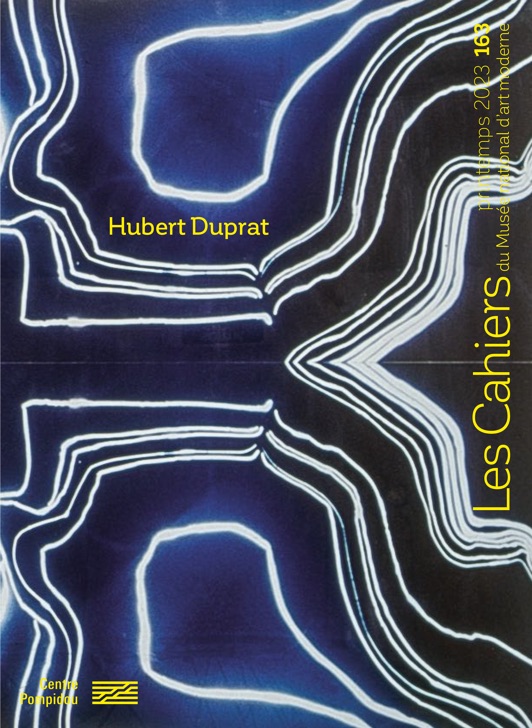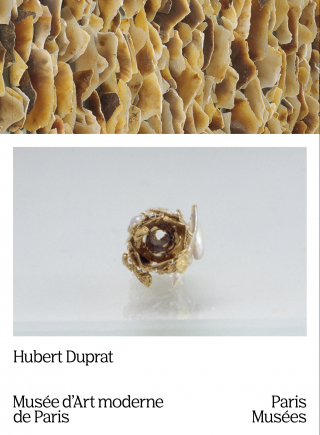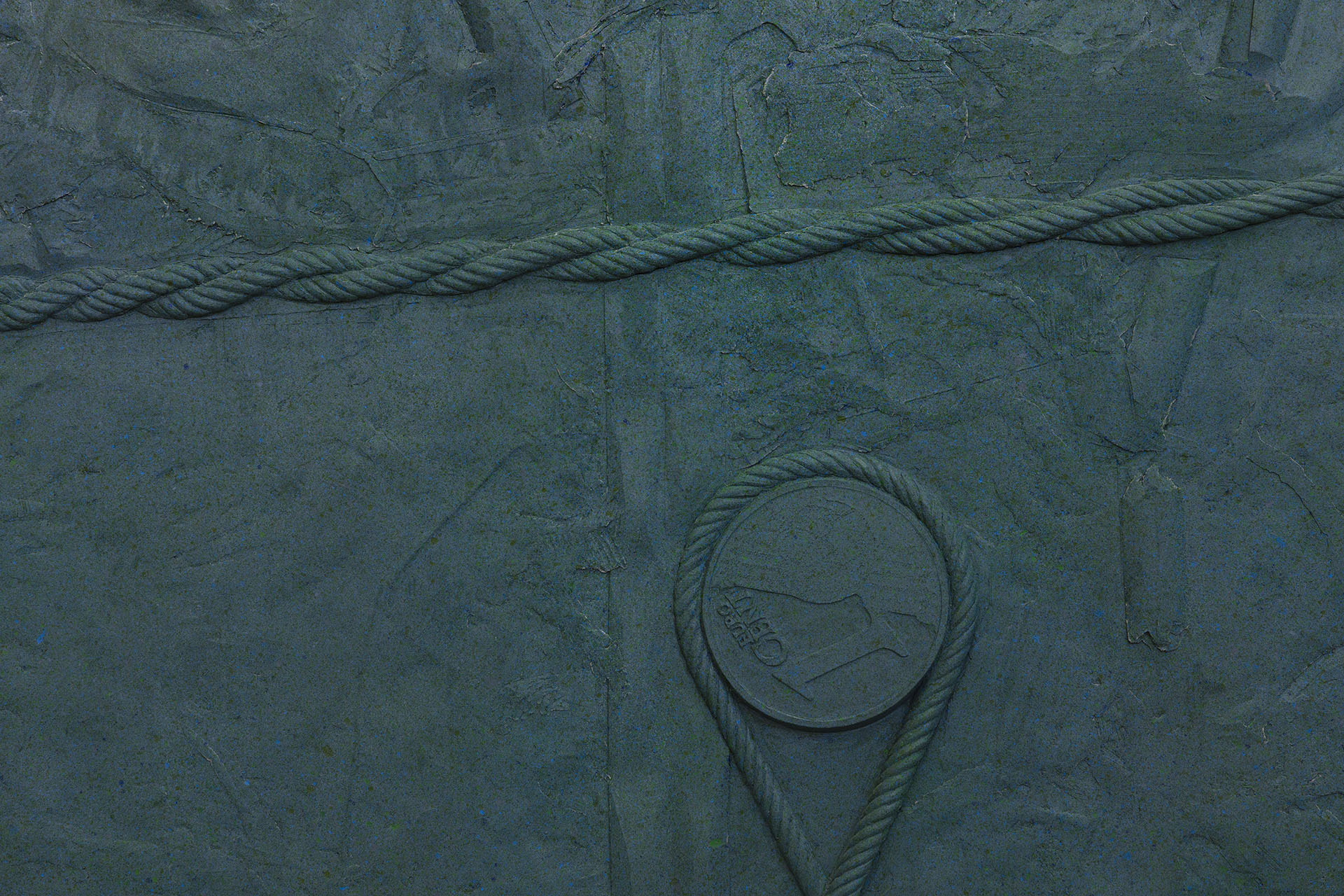Month: February 2023
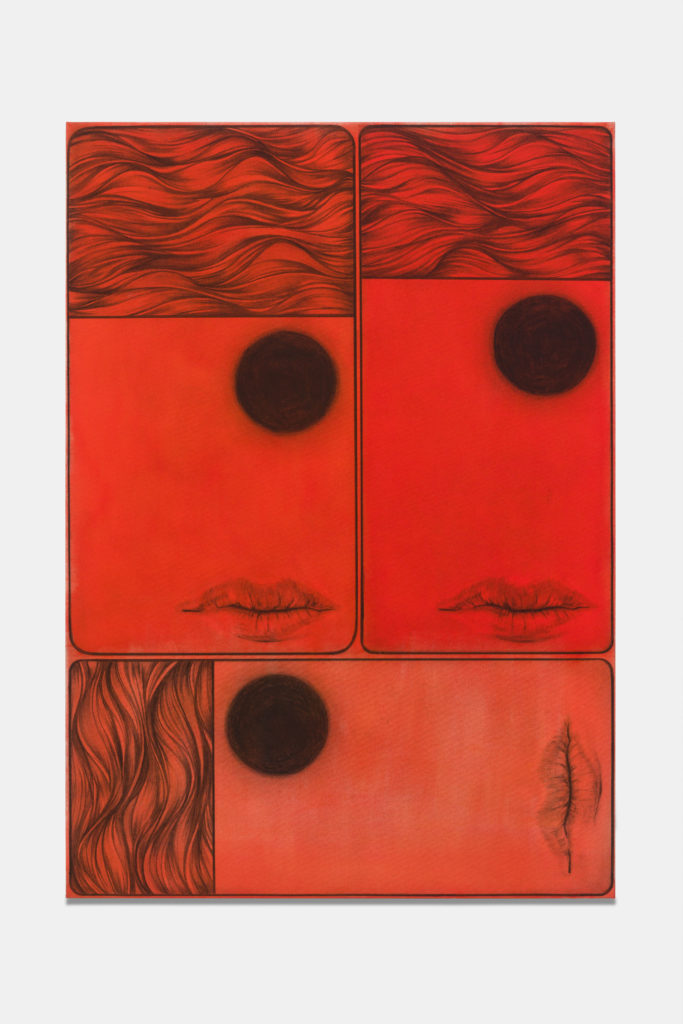
Anthony D Green, Absolute Redundancy, 2023. Peinture acrylique et encre sur toile
141,1 × 100 × 3 cm (55 ½ × 39 ⅜ × 1 ⅛ inches)/ Acrylic paint and ink on canvas, 141,1 × 100 × 3 cm (55 ½ × 39 ⅜ × 1 ⅛ inches). Courtesy the Artist and Art : Concept, Paris. Photo Romain Darnaud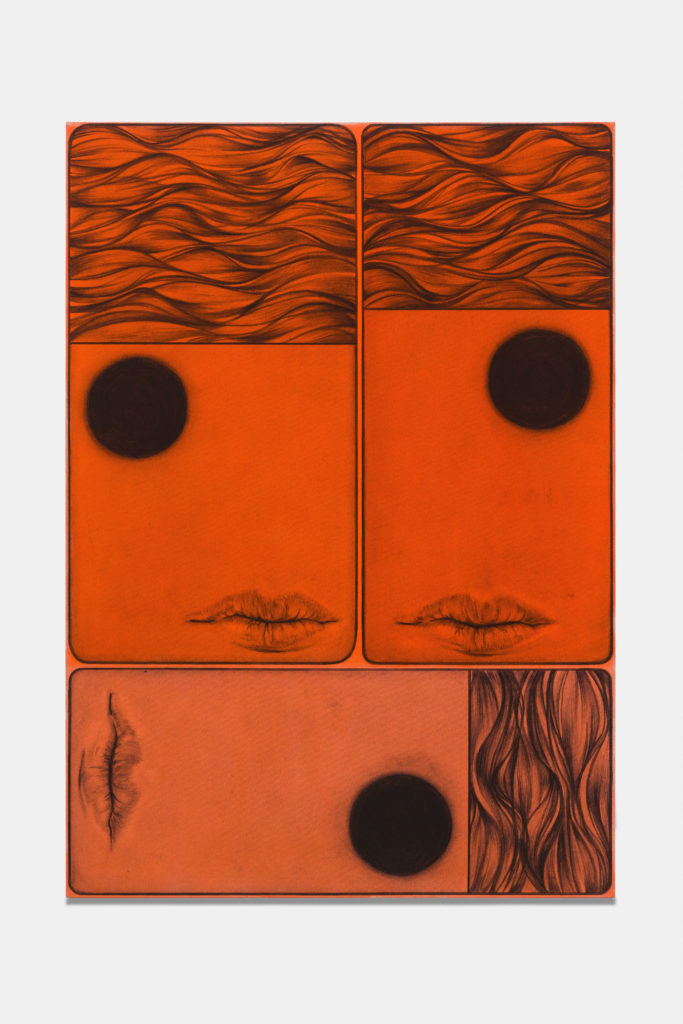
Anthony D Green, Absolute Redundancy, 2023. Peinture acrylique et encre sur toile / Acrylic paint and ink on canvas, 141,1 × 100 × 3 cm (55 ½ × 39 ⅜ × 1 ⅛ inches). Courtesy the Artist and Art : Concept, Paris. Photo Romain Darnaud 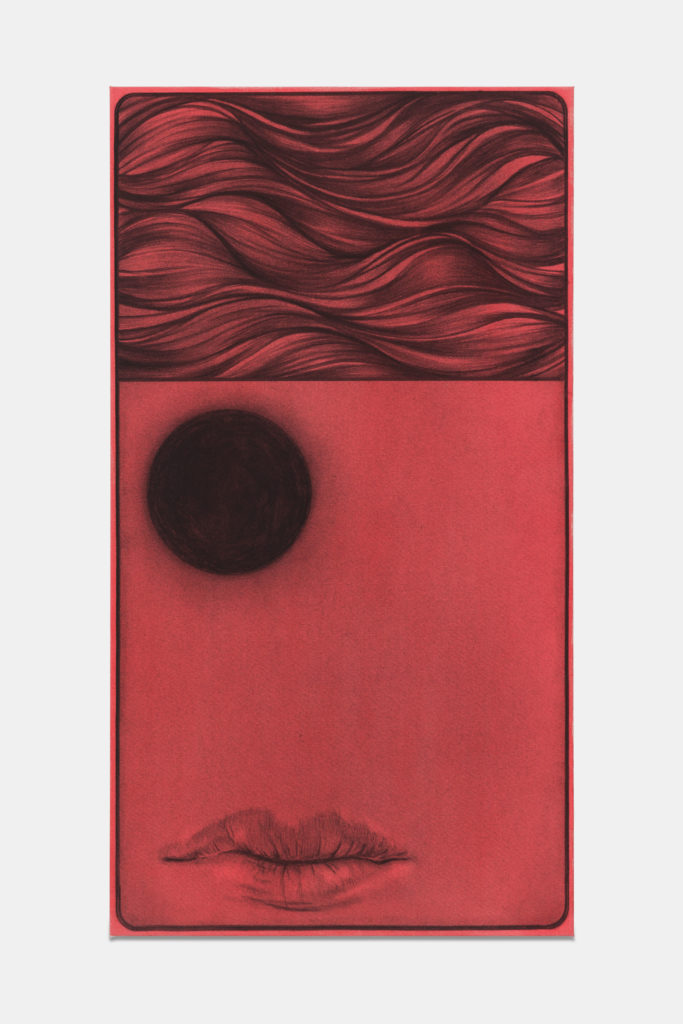
Anthony D Green, Absolute Redundancy, 2023. Peinture acrylique et encre sur toile / Acrylic paint and ink on canvas, 116,9 × 69,9 × 3 cm (46 × 27 ½ × 1 ⅛ inches). Courtesy the Artist and Art : Concept, Paris. Photo Romain Darnaud 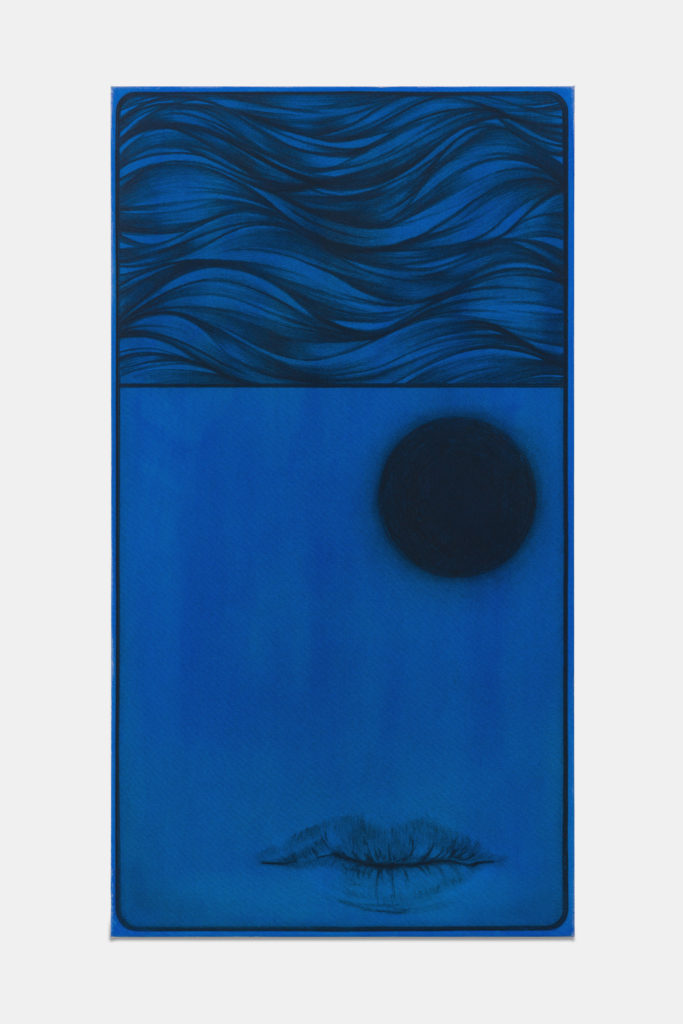
Anthony D Green, Absolute Redundancy, 2023. Peinture acrylique et encre sur toile / Acrylic paint and ink on canvas, 116,9 × 69,9 × 3 cm (46 × 27 ½ × 1 ⅛ inches). Courtesy the Artist and Art : Concept, Paris. Photo Romain Darnaud. Collection privée / Private collection 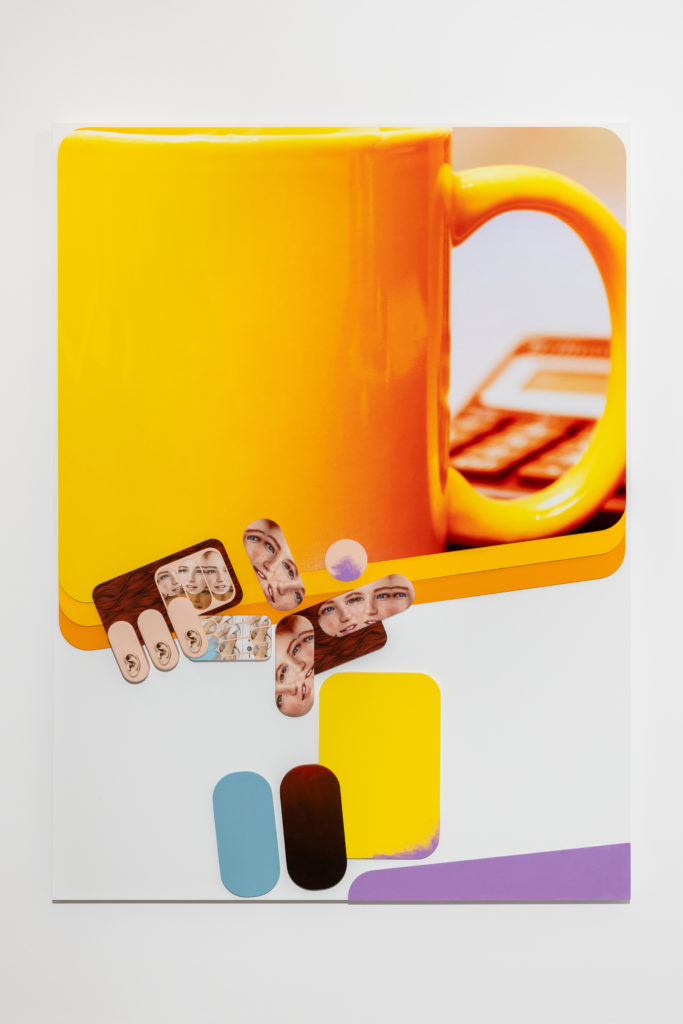
Anthony D Green, Coffee Machine, 2022. MDF, peinture en aérosol, peinture acrylique, papier imprimé / MDF, spray paint, acrylic paint, printed paper. 210,5 × 150 × 9 cm (82 ⅞ × 59 × 3 ½ inches). Courtesy the artist and Art : Concept, Paris. Photo : Romain Darnaud 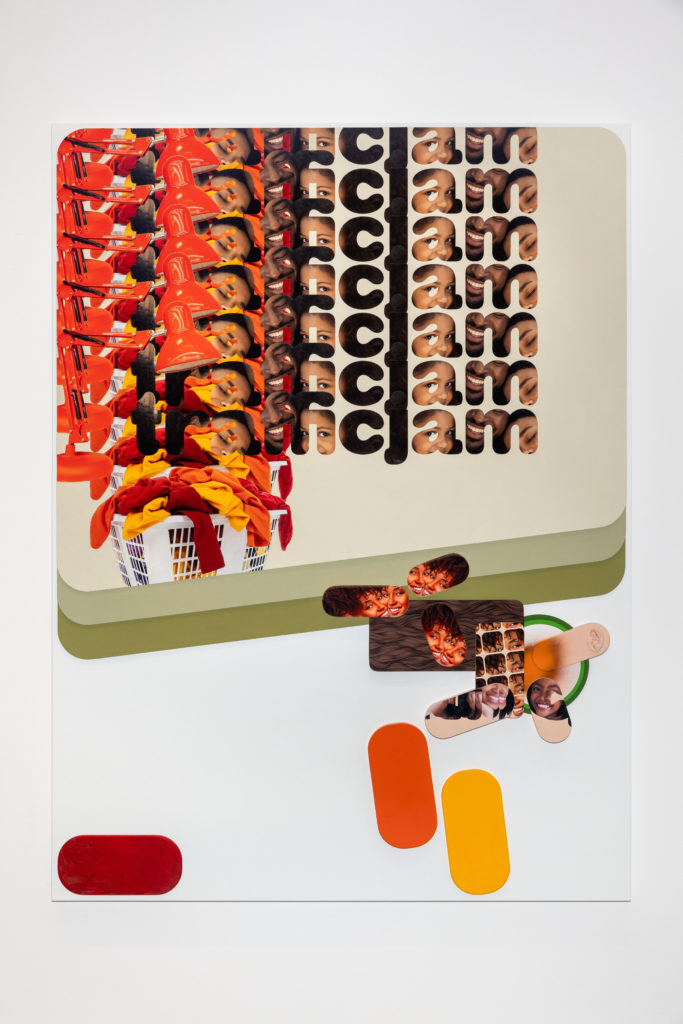
Anthony D Green, 8am, 2022. MDF, peinture en aérosol, peinture acrylique, papier imprimé / MDF, spray paint, acrylic paint, printed paper. 210,5 × 150 × 9 cm (82 ⅞ × 59 × 3 ½ inches). Courtesy the artist and Art : Concept, Paris. Photo : Romain Darnaud 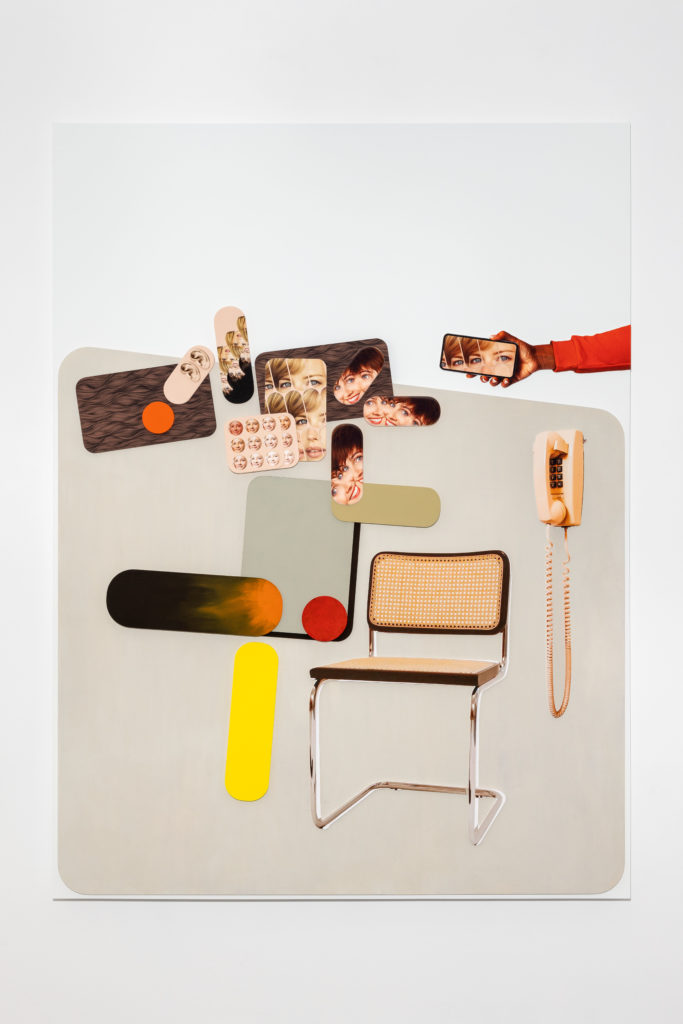
Anthony D Green, Designer chair, 2022. MDF, peinture en aérosol, peinture acrylique, papier imprimé / MDF, spray paint, acrylic paint, printed paper. 210,5 × 150 × 9 cm (82 ⅞ × 59 × 3 ½ inches). Courtesy the artist and Art : Concept, Paris. Photo : Romain Darnaud 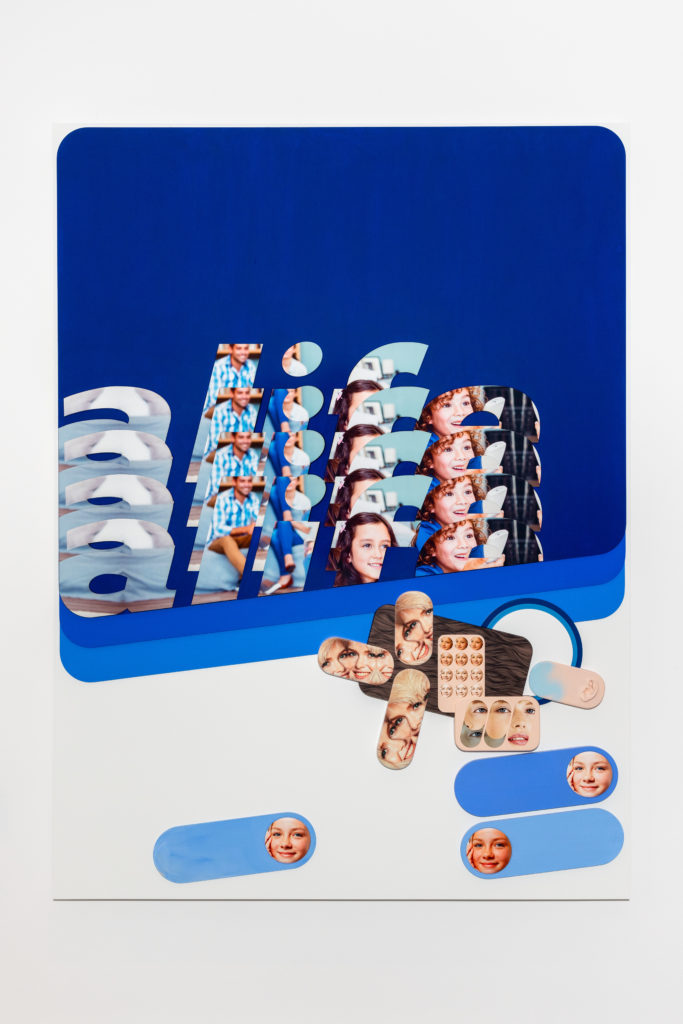
Anthony D Green, Stay close, 2022. MDF, peinture en aérosol, peinture acrylique, papier imprimé / MDF, spray paint, acrylic paint, printed paper. 210,5 × 150 × 9 cm (82 ⅞ × 59 × 3 ½ inches). Courtesy the artist and Art : Concept, Paris. Photo : Romain Darnaud 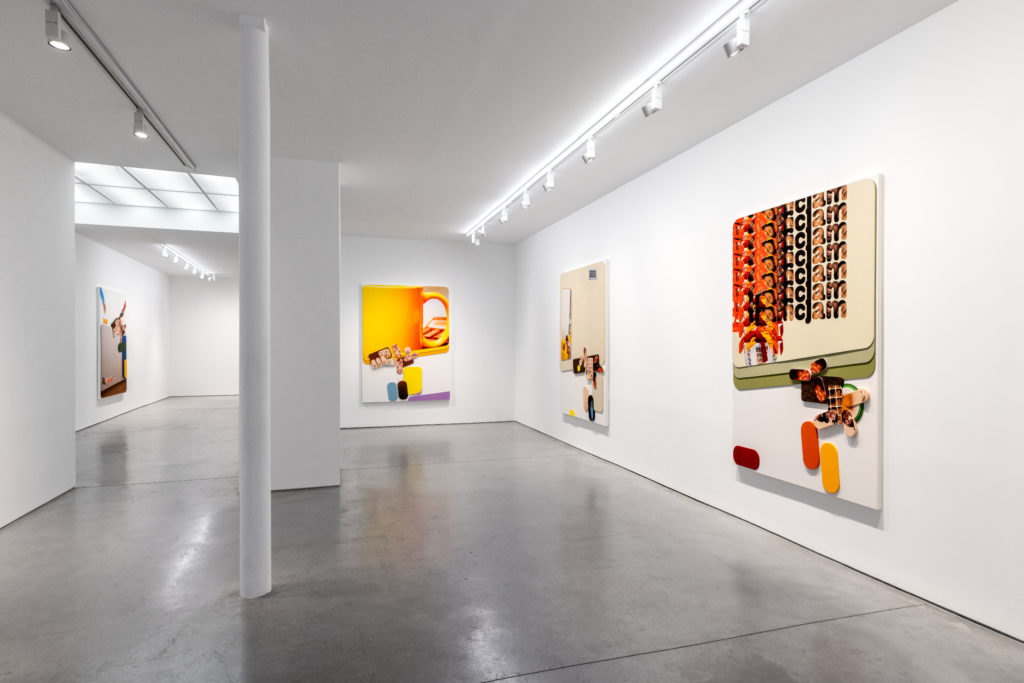
Vue d’installation / Installation view, Anthony D Green, Lifestyle, Art : Concept, Paris, 2022-2023. Courtesy the artist and Art : Concept, Paris 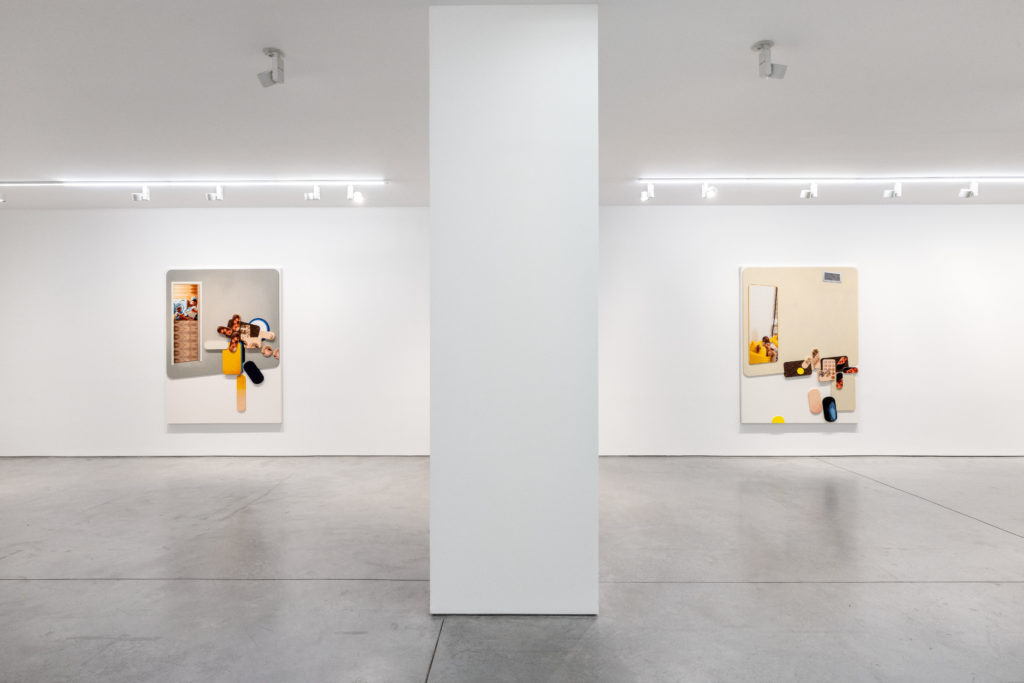
Vue d’installation / Installation view, Anthony D Green, Lifestyle, Art : Concept, Paris, 2022-2023. Courtesy the artist and Art : Concept, Paris 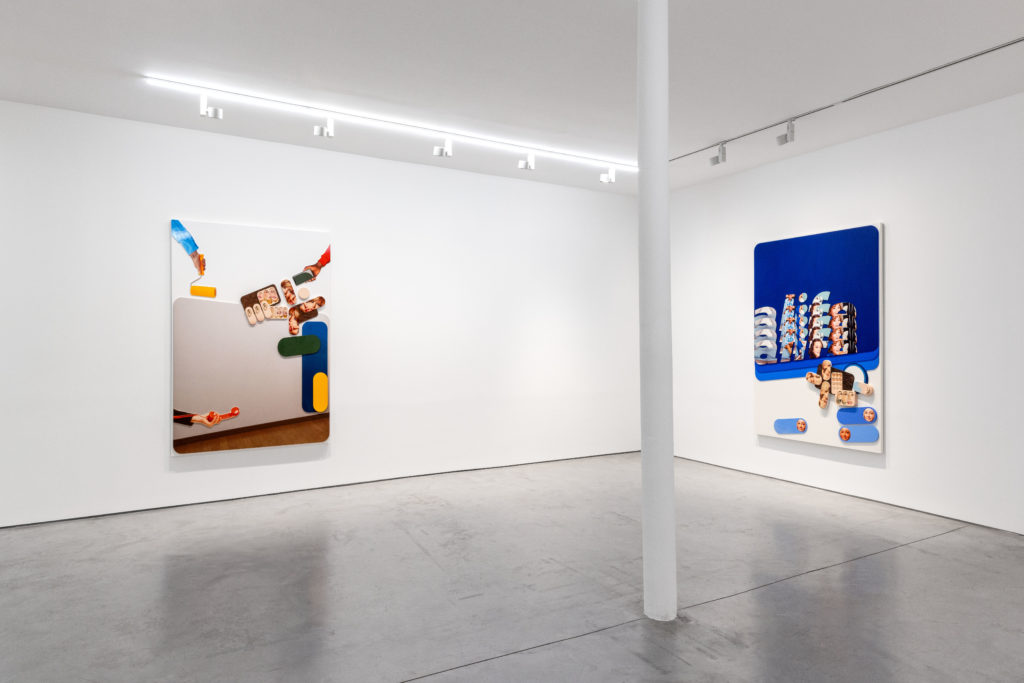
Vue d’installation / Installation view, Anthony D Green, Lifestyle, Art : Concept, Paris, 2022-2023. Courtesy the artist and Art : Concept, Paris 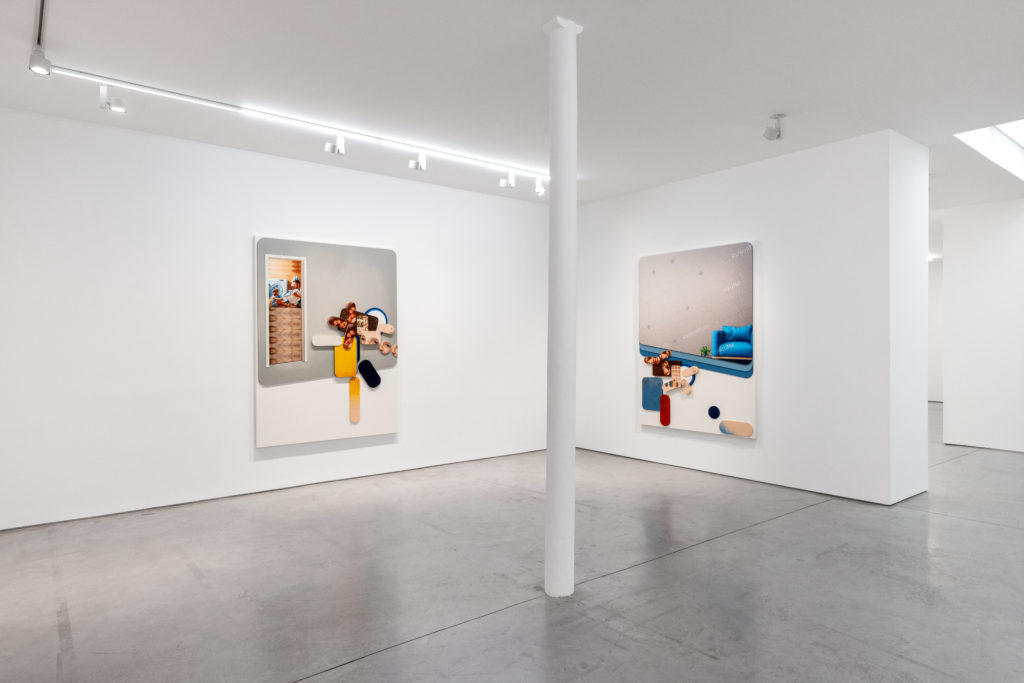
Vue d’installation / Installation view, Anthony D Green, Lifestyle, Art : Concept, Paris, 2022-2023. Courtesy the artist and Art : Concept, Paris 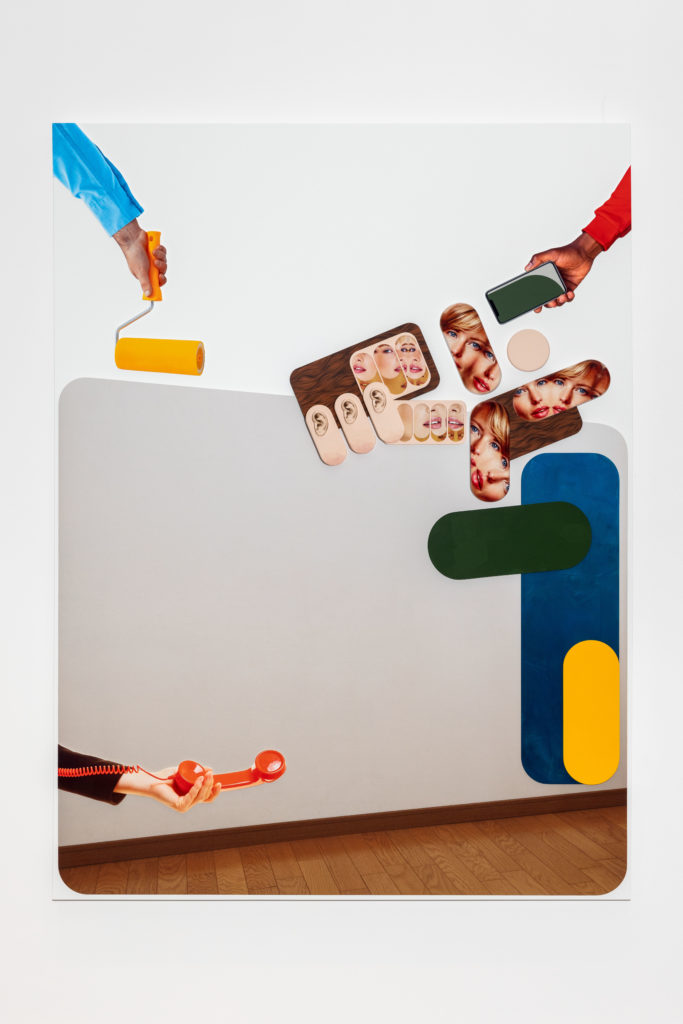
Anthony D Green, The wall, 2022. MDF, peinture en aérosol, peinture acrylique, papier imprimé / MDF, spray paint, acrylic paint, printed paper. 210,5 × 150 × 9 cm (82 ⅞ × 59 × 3 ½ inches). Courtesy the artist and Art : Concept, Paris. Photo : Romain Darnaud 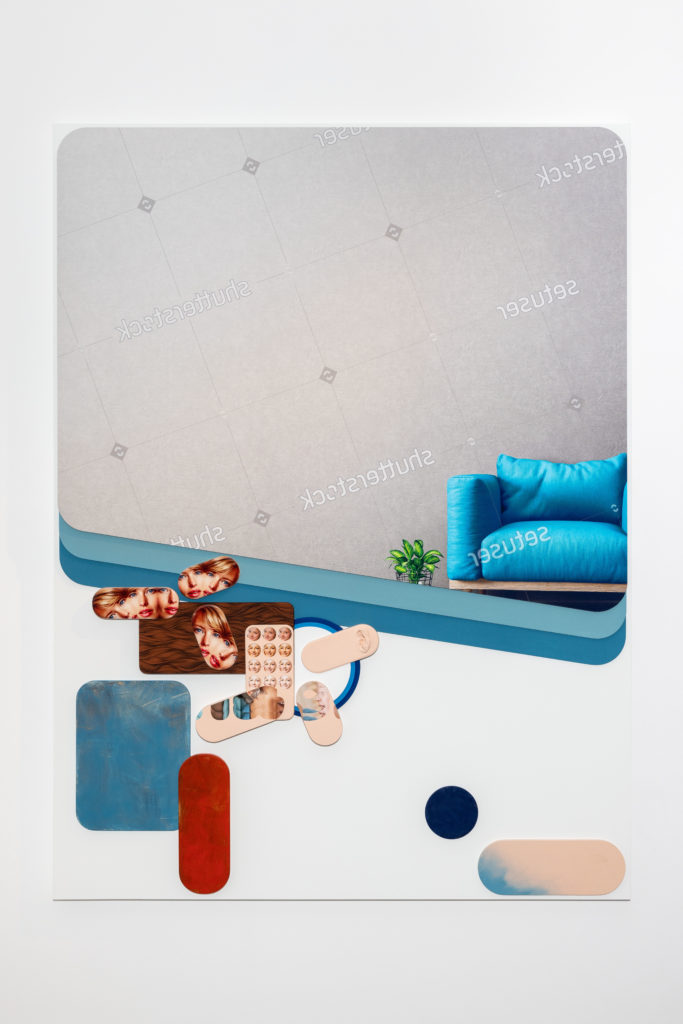
Anthony D Green, This space, 2022. MDF, peinture en aérosol, peinture acrylique, papier imprimé / MDF, spray paint, acrylic paint, printed paper. 210,5 × 150 × 9 cm (82 ⅞ × 59 × 3 ½ inches). Courtesy the artist and Art : Concept, Paris. Photo : Romain Darnaud 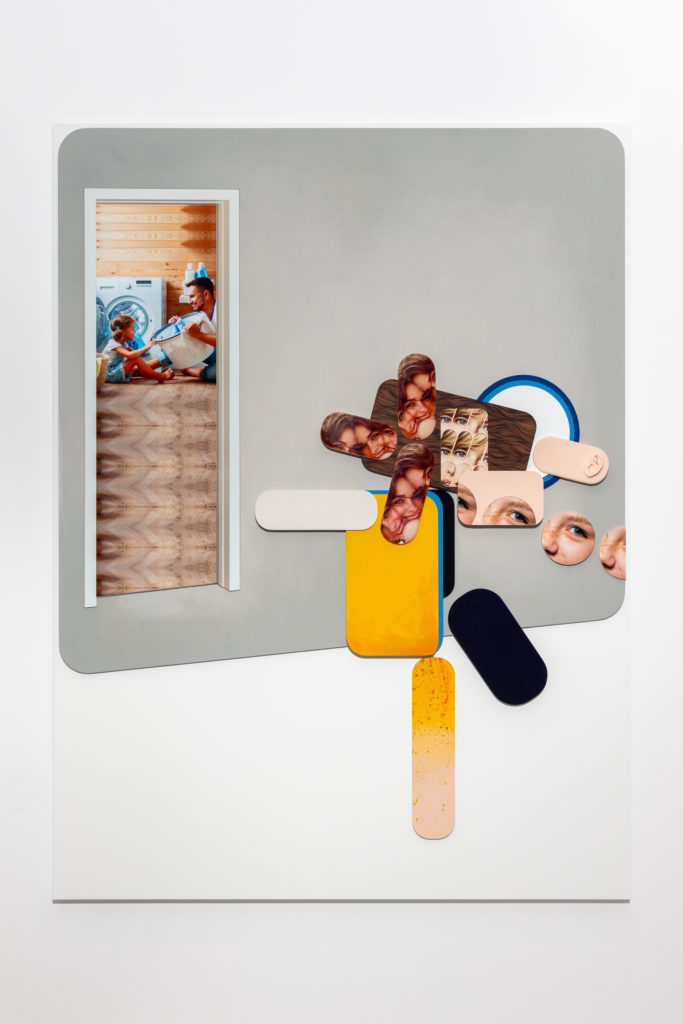
Anthony D Green, Washing machine, 2022. MDF, peinture en aérosol, peinture acrylique, papier imprimé / MDF, spray paint, acrylic paint, printed paper. 210,5 × 150 × 9 cm (82 ⅞ × 59 × 3 ½ inches). Courtesy the artist and Art : Concept, Paris. Photo : Romain Darnaud 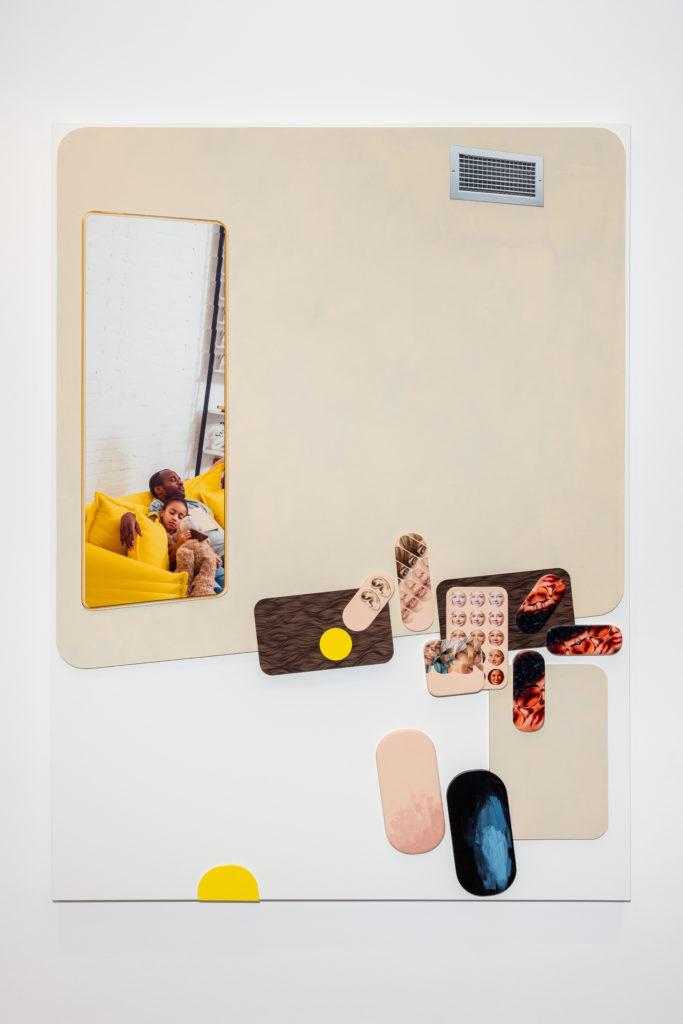
Anthony D Green, Yellow sofa, 2022. MDF, peinture en aérosol, peinture acrylique, papier imprimé / MDF, spray paint, acrylic paint, printed paper. 210,5 × 150 × 9 cm (82 ⅞ × 59 × 3 ½ inches). Courtesy the artist and Art : Concept, Paris. Photo : Romain Darnaud 
Vue du stand / Booth view Neue Alte Brüecke, with Magnus Andersen, Will Benedict, Liz Craft, Bradley Davies, FIAC 2018, Paris/FR 
Anthony D Green, Aaanother Stroll, 2018. Mixed media. 200 × 150 cm (78 ¾ × 59 inches). Courtesy the Artist and Art : Concept, Paris. 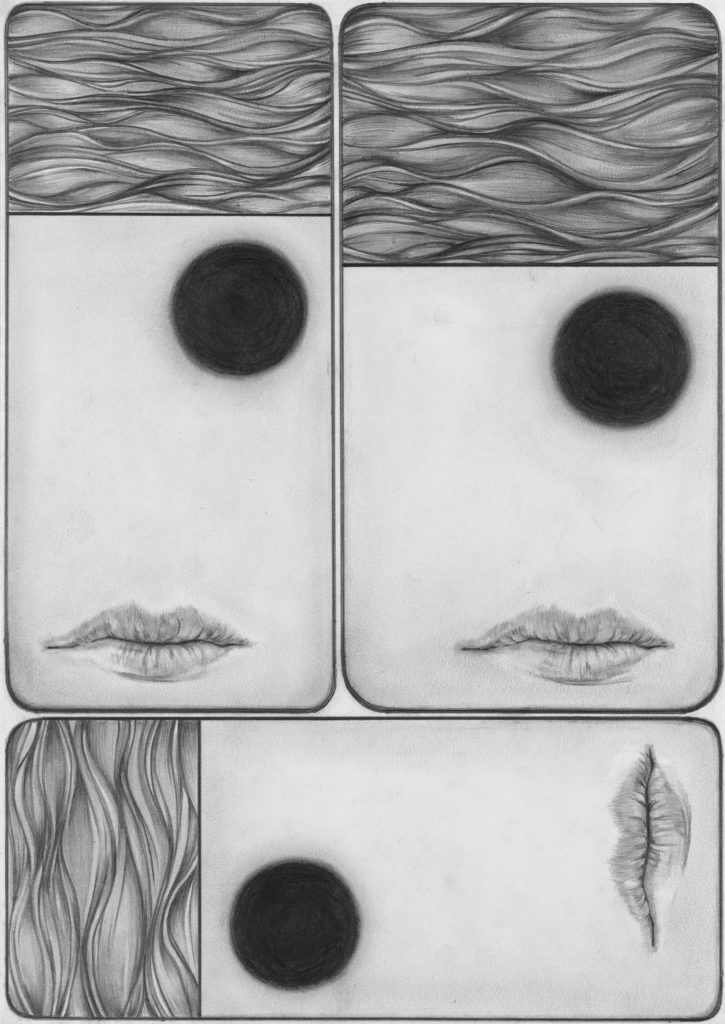
Anthony D. Green, ‘The Face’, 2018 via Neue Alte Brücke | Galleries 2018 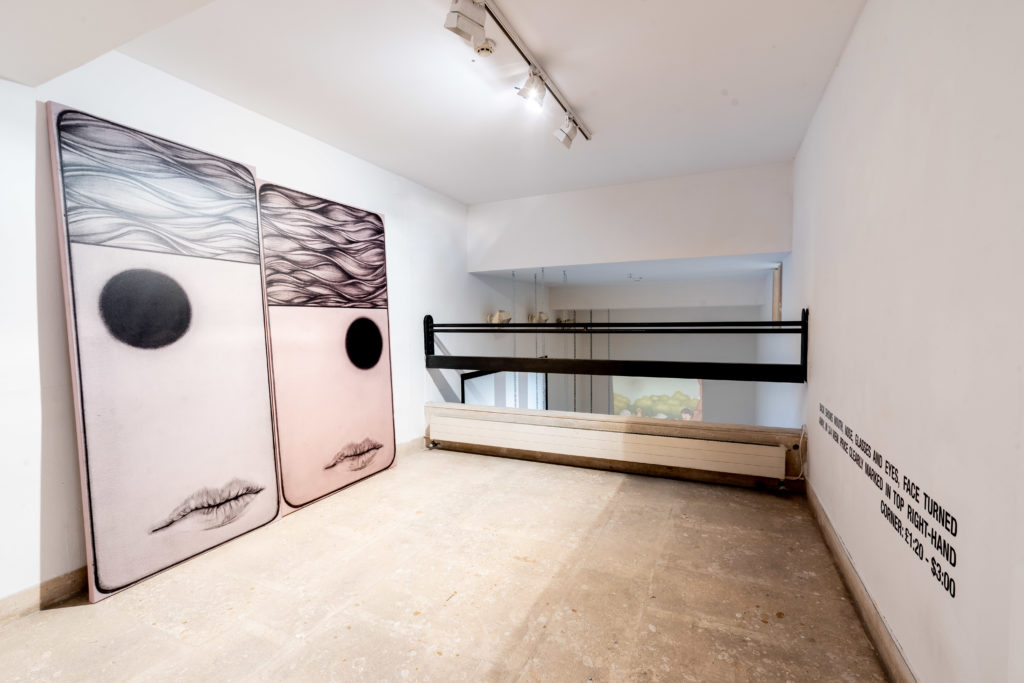
Vue d’installation | Installation view Exercices in Style, Exhibition view A plus A, Venice/IT, 2019 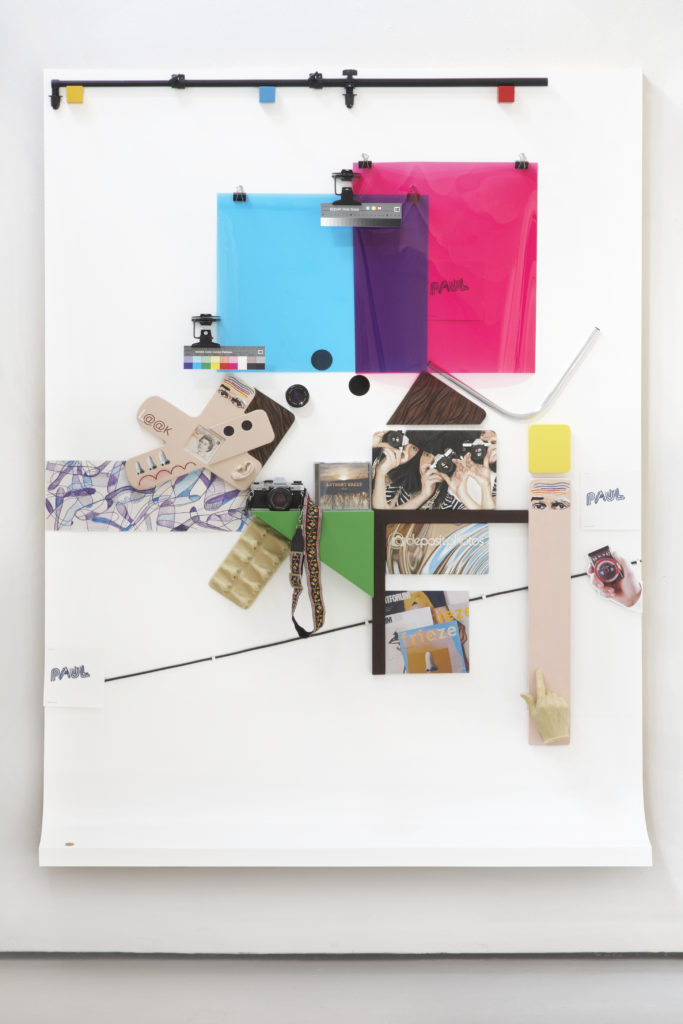
Anthony D Green, Christopher Williams, 2011. Mixed Media. 200 × 150 cm (78 ¾ × 59 inches). Courtesy the Artist and Art : Concept, Paris. 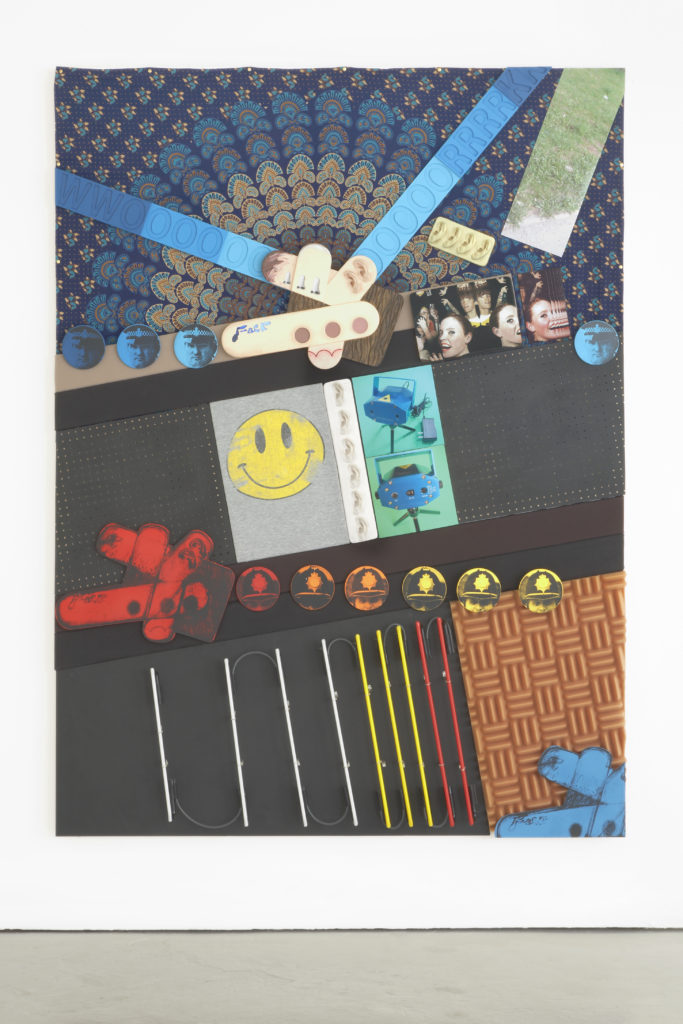
Anthony D Green, The Weekend, Things can only get better, 2011. Mixed media. 200 × 250 cm (78 ¾ × 98 ⅜ inches). Courtesy the Artist and Art : Concept, Paris. 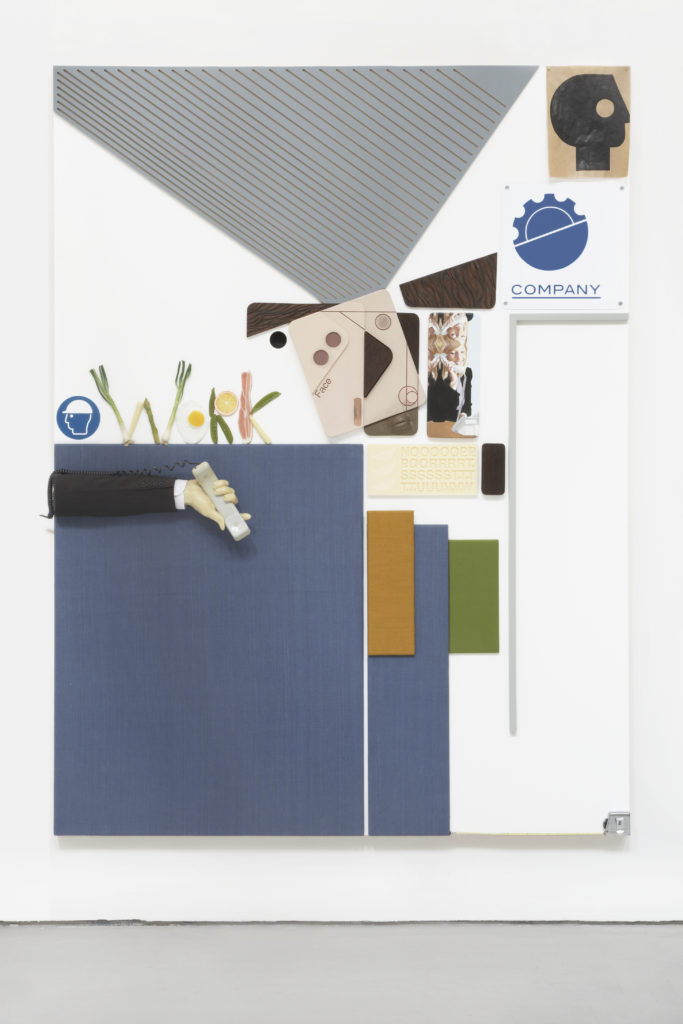
Anthony D Green. Work And It’s Public Relations, 2011. Mixed media. 200 × 150 cm (78 ¾ × 59 inches). Courtesy the Artist and Art : Concept, Paris. 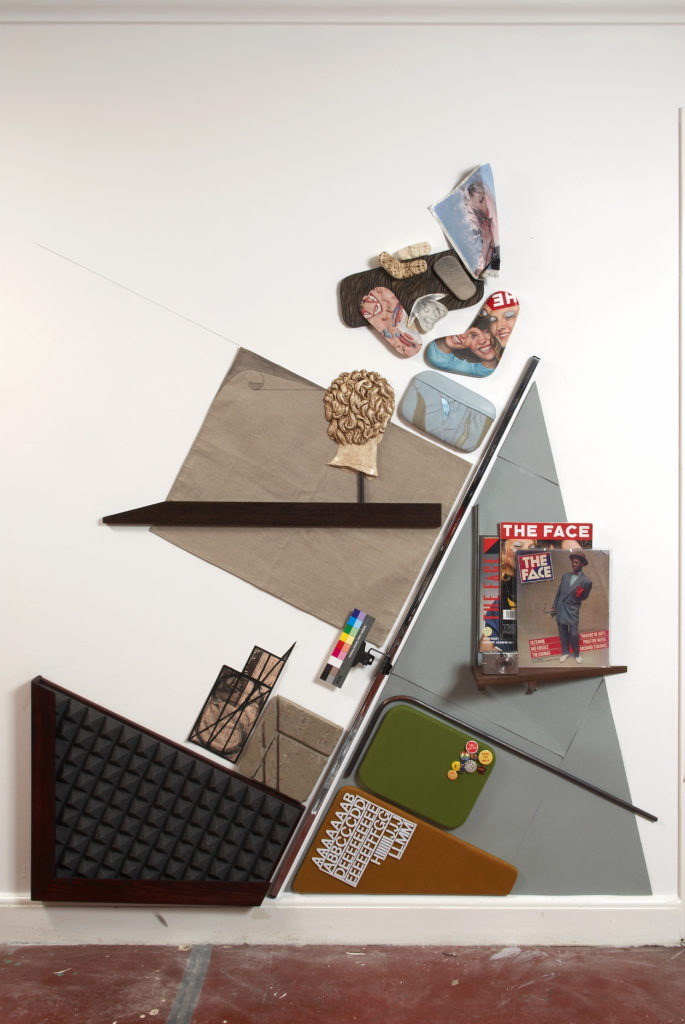
Anthony D Green. A Report The Face A Room Heating Up, 2009. Mixed Media. 190 × 160 cm (74 ¾ × 63 inches). Courtesy the Artist and Art : Concept, Paris. 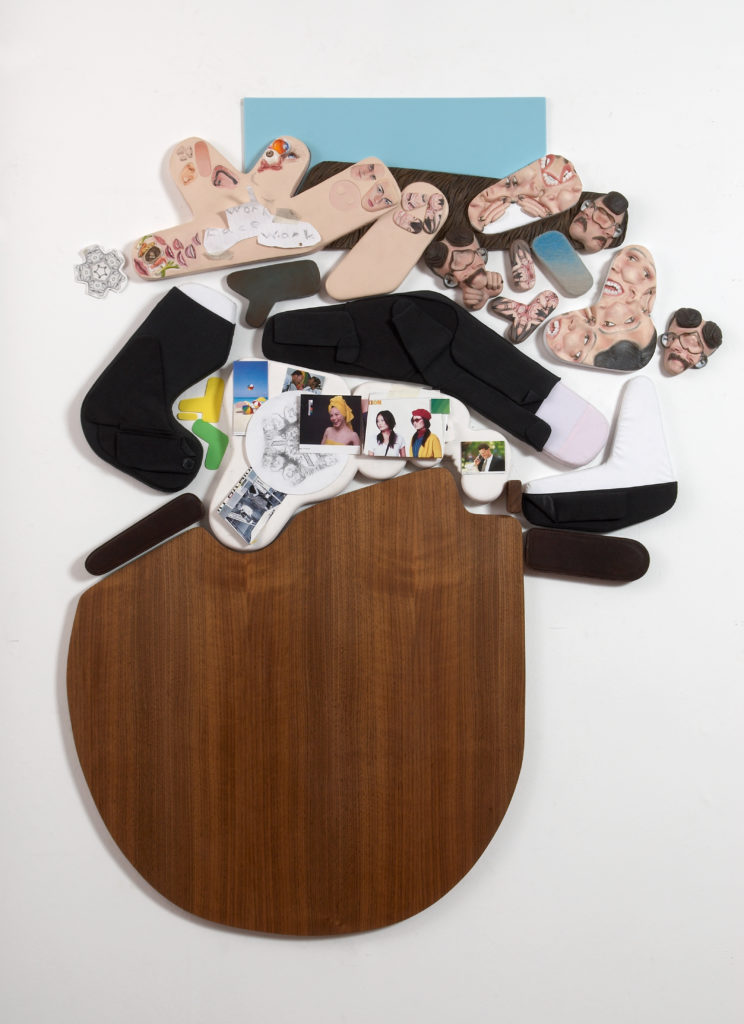
Anthony D Green, Workmachine Enter Exit, 2008. Mixed Media. 160 × 110 cm (63 × 43 ¼ inches). Courtesy the Artist and Art : Concept, Paris. 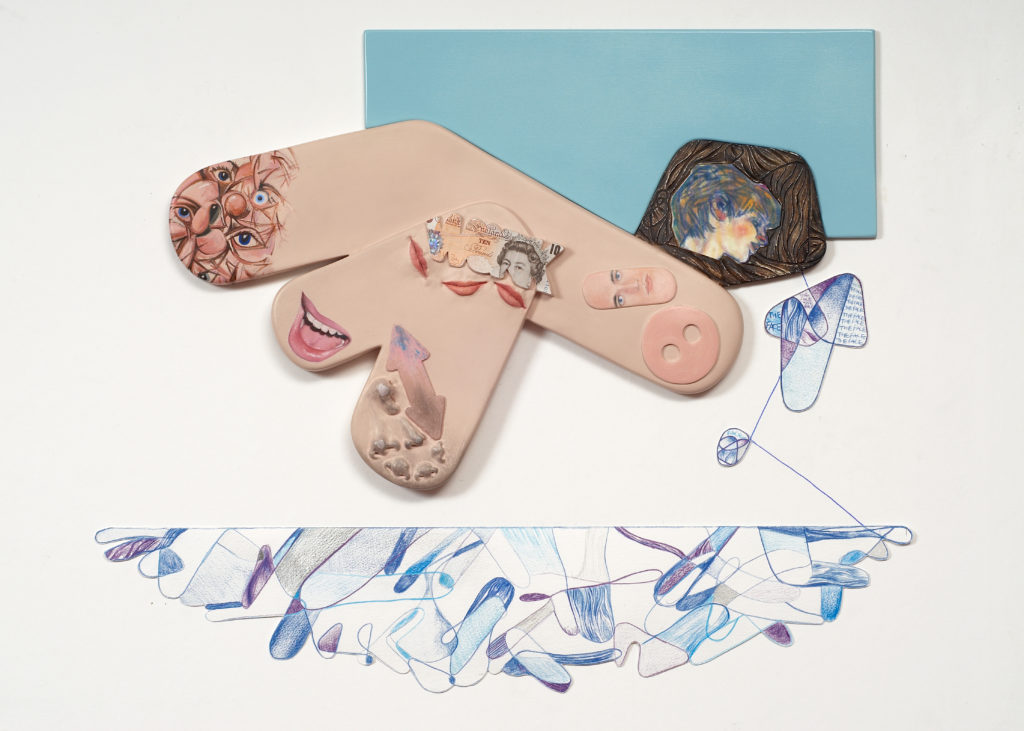
Anthony D Green, The Wall, The Organisation, Waiting…(2nd Version), 2008. Mixed Media. 75 × 94 cm (29 ½ × 37 inches). Courtesy the Artist and Art : Concept, Paris. 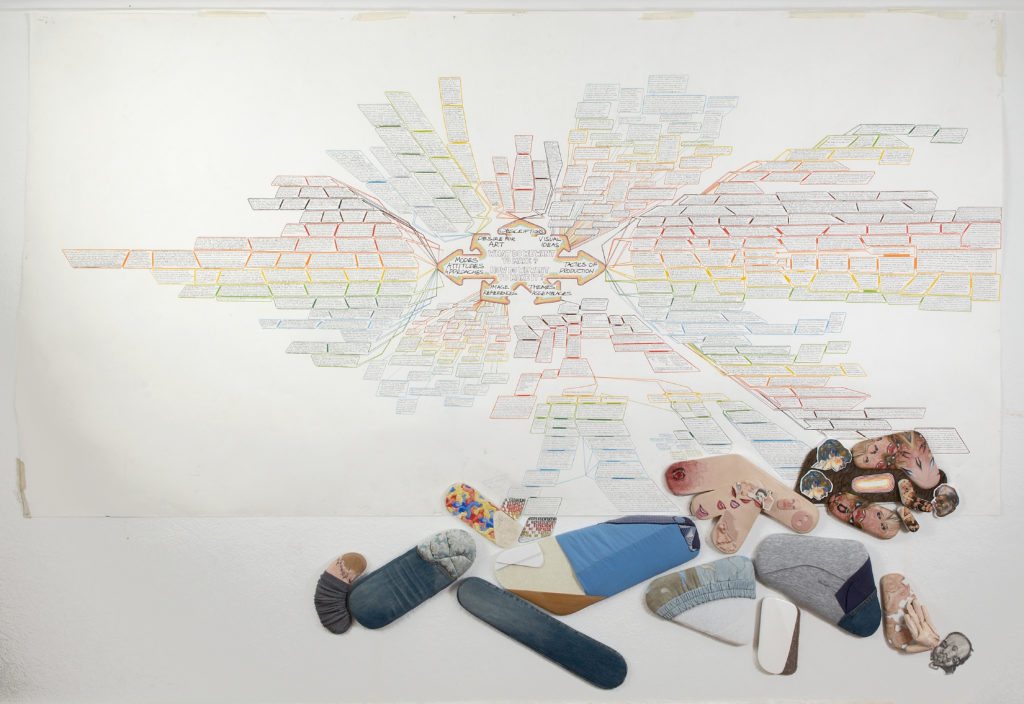
Anthony D Green, A Stroll How Can We Escape Our Petty Little Fascism’s?, 2008. Mixed Media. 290 × 200 cm (114 ⅛ × 78 ¾ inches). Courtesy the Artist and Art : Concept, Paris.
Biography
Between painting and bas-relief, Anthony D. Green’s recent works attest to the artist’s fascination with images, their central place in consumer society and their potential for transformation. Hijacking the codes of advertising photography and computer graphics, he establishes a distance with the subjects, here taken from commercial image banks. Made of MDF, spray paint, acrylic paint, printed paper and assembled, they play with volumes and points of view, and disturb the gaze through formal games (shift, repetition, etc.). The ears, in relief on one of the volumes, then appears as a way out of the grip exerted by the visual regime. Natural bas-reliefs, they are the mediators between the non-visible outside and an invisible inside, signifying the access to something beyond the visible.
Anthony D Green was born in 1973 in Welwyn Garden City/UK. He lives and works in Kent/UK.
At the gallery
Links
Downloads
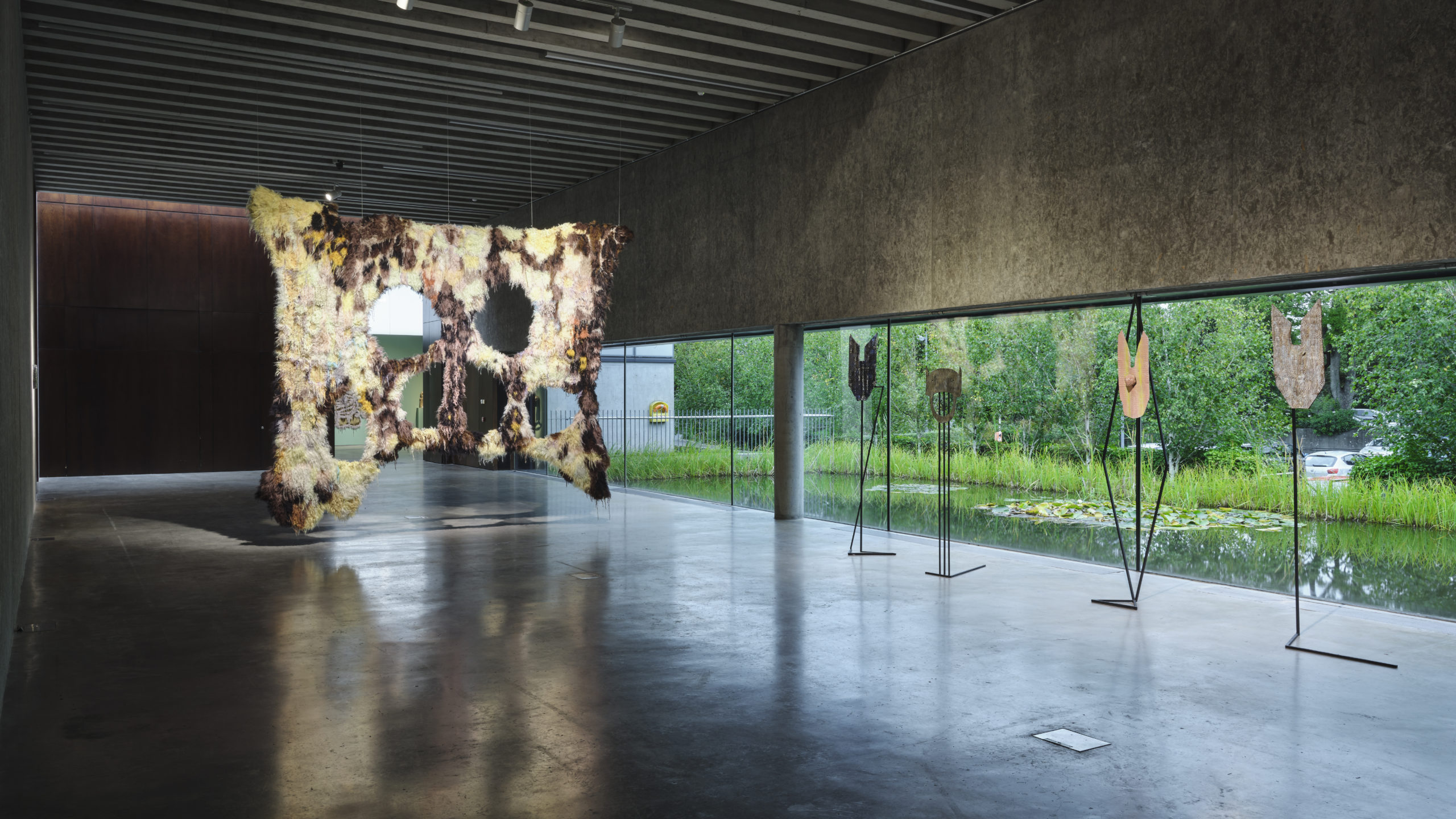
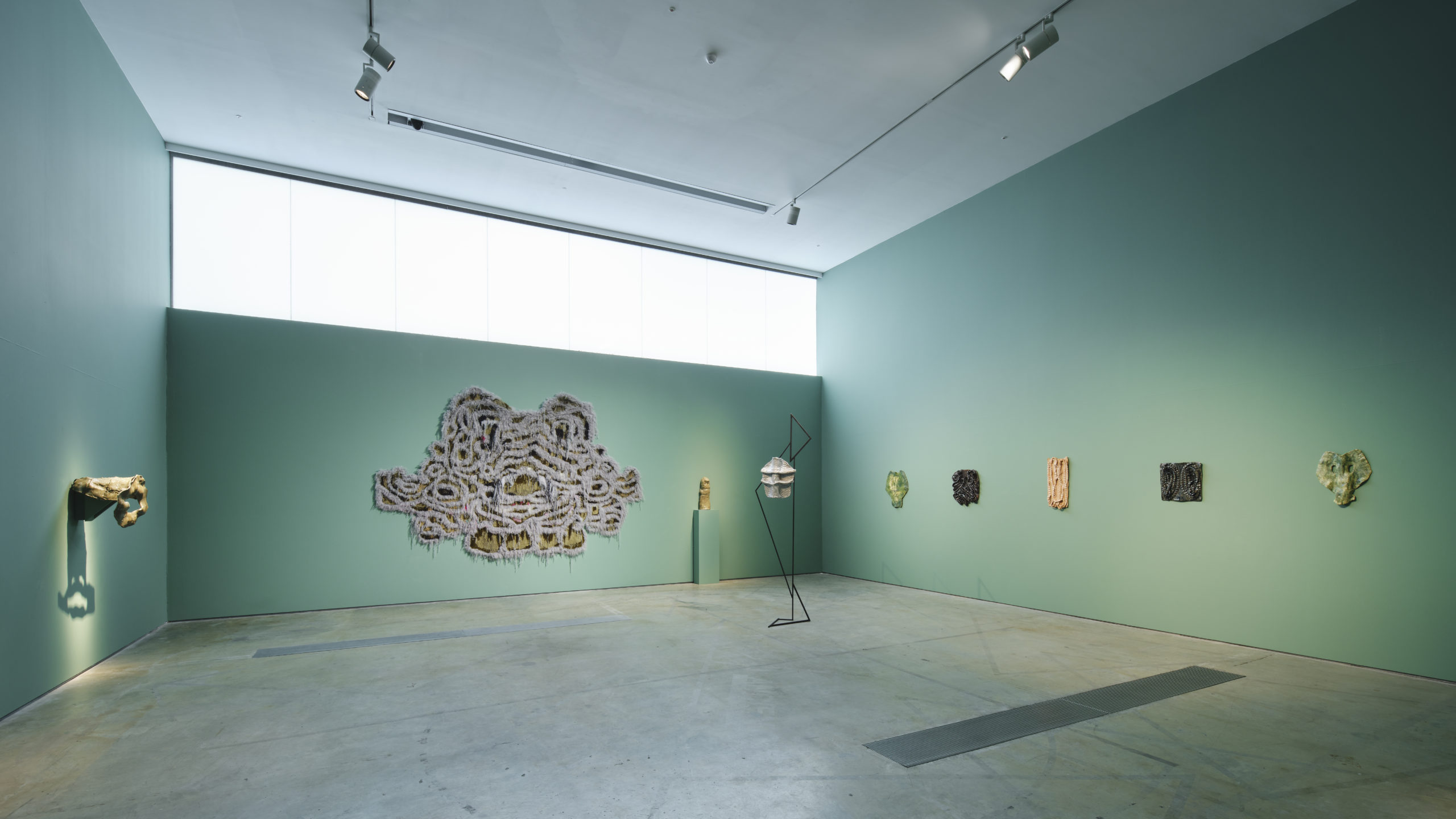
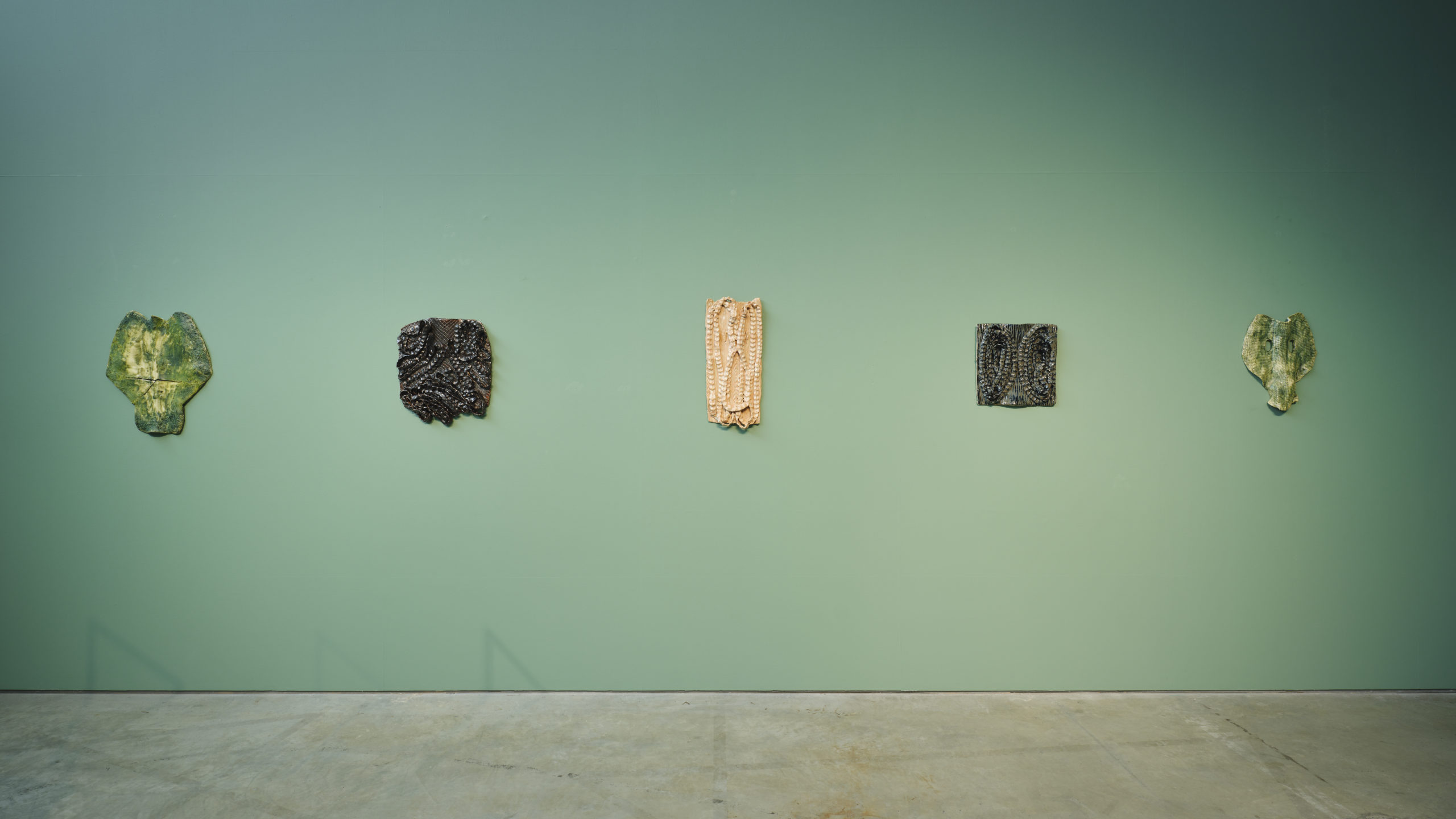
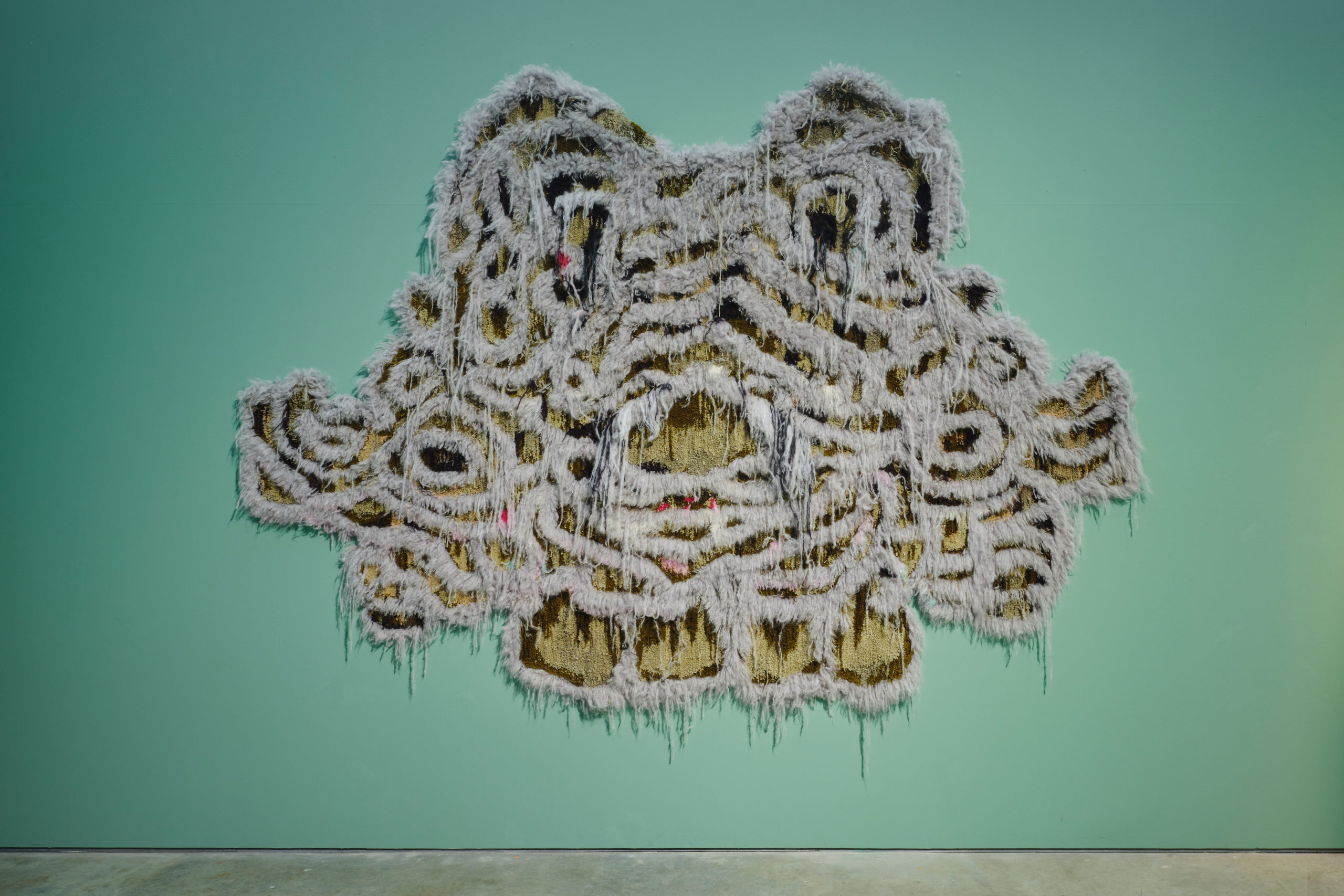
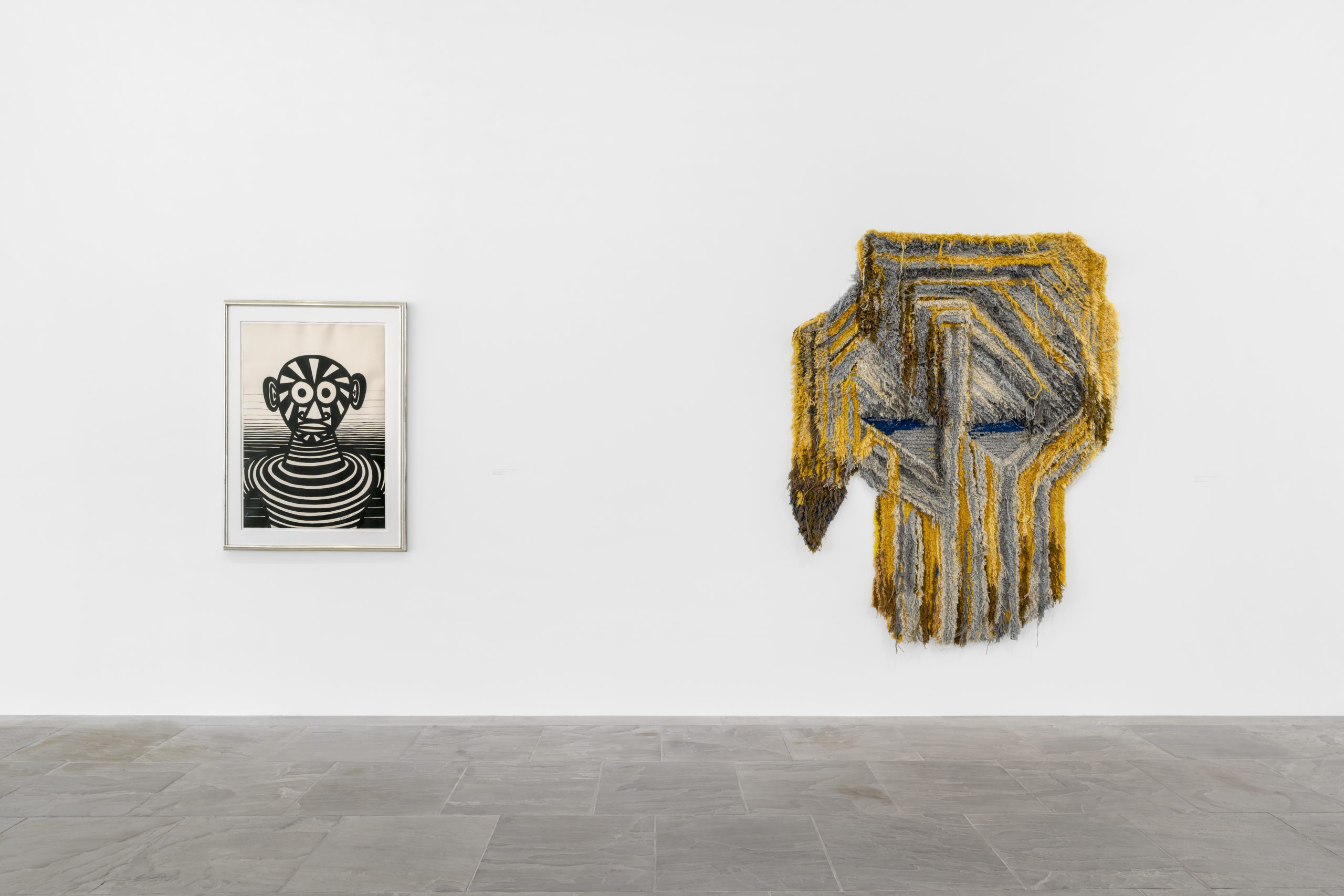
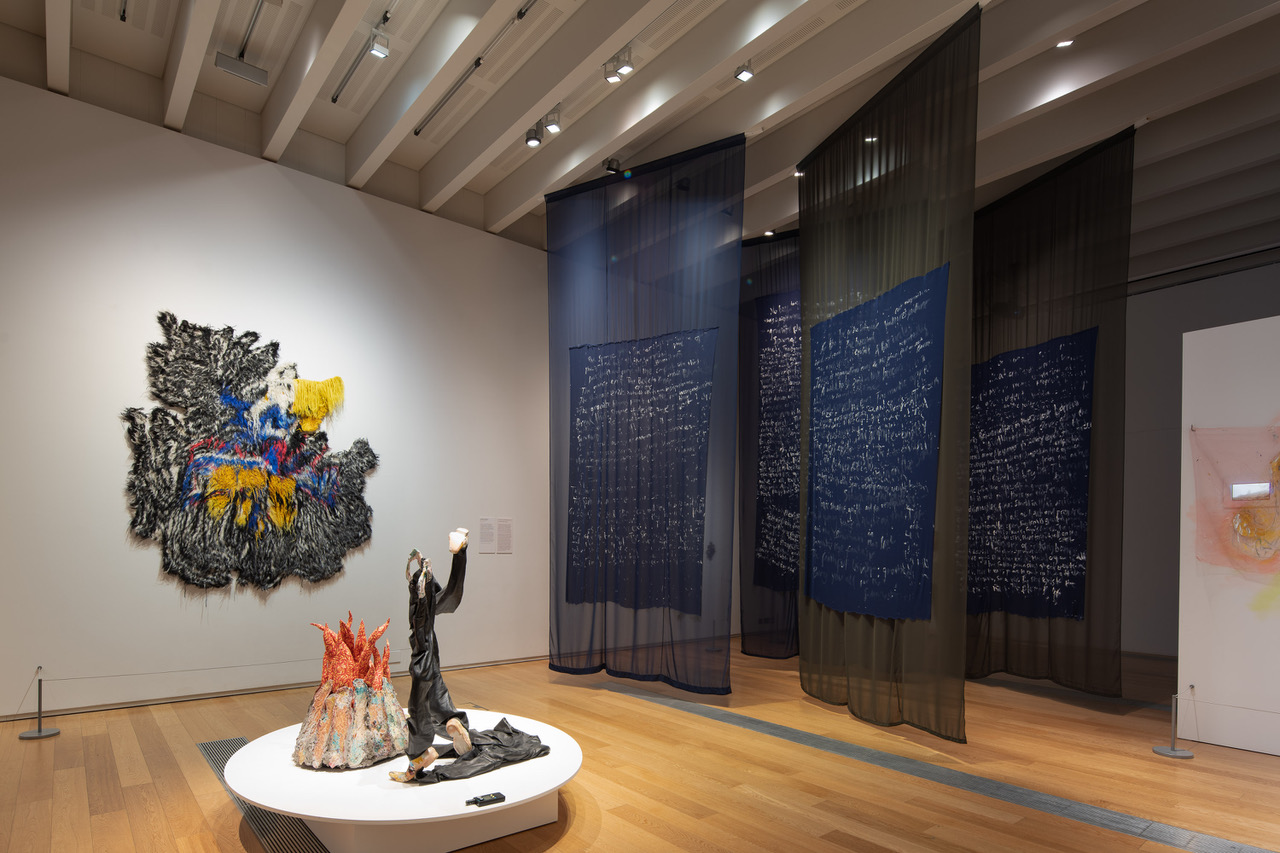
Caroline Achaintre, Ghost Duck, 2020. Laine tuftée à la main / Hand tufted wool, 240 × 205 cm (94 ½ × 80 ¾ in)
Courtesy the Artist and Art : Concept, Paris.
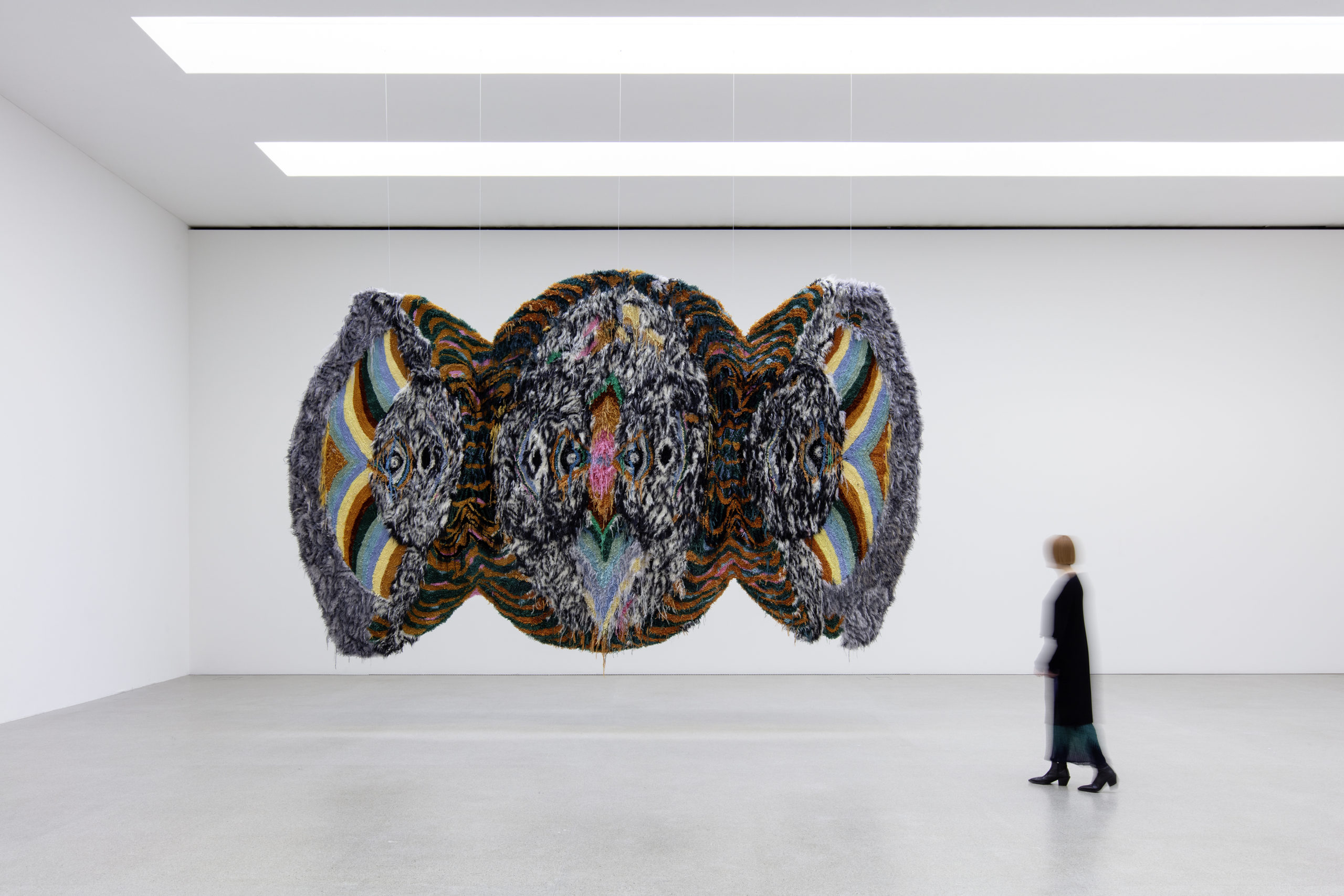
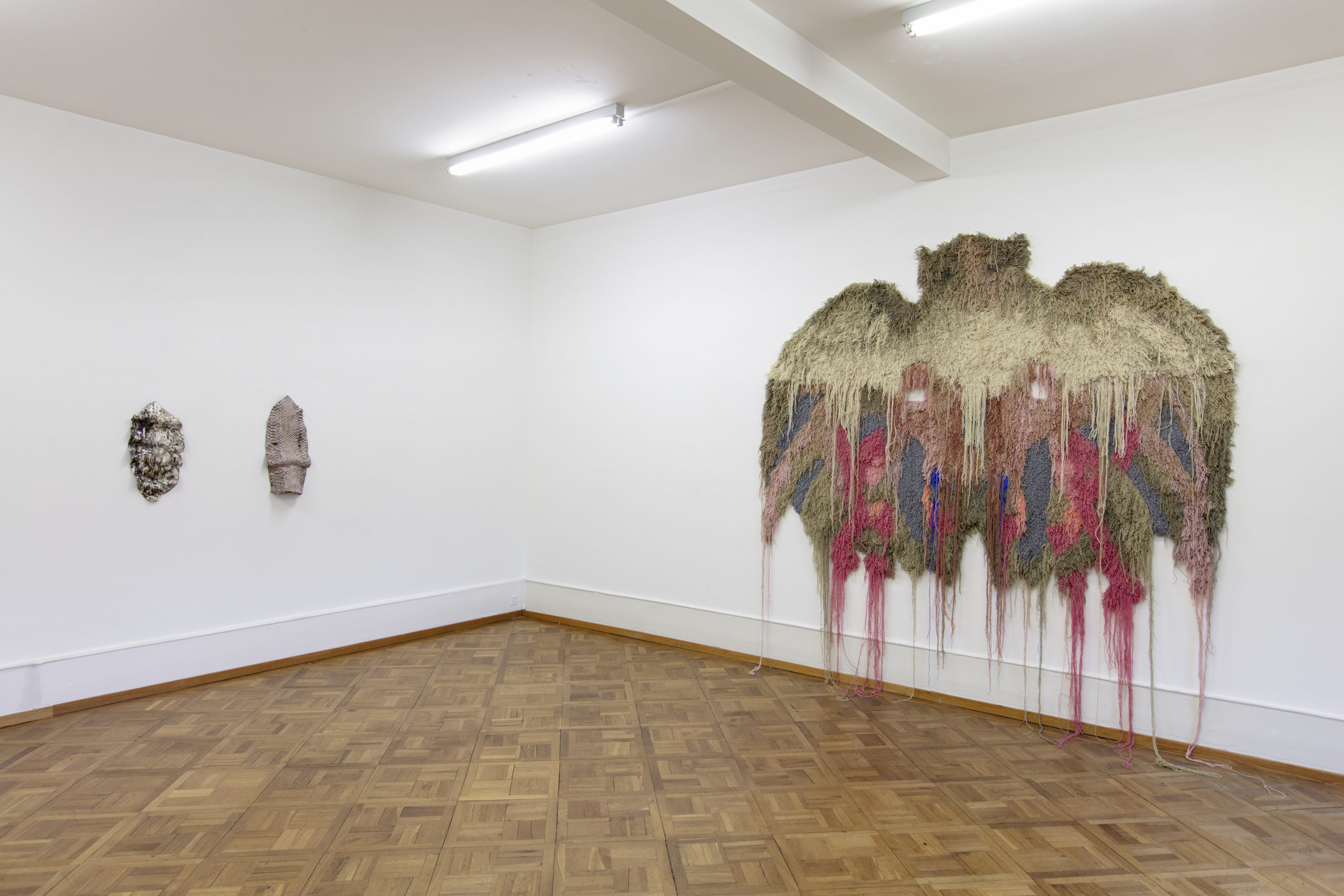
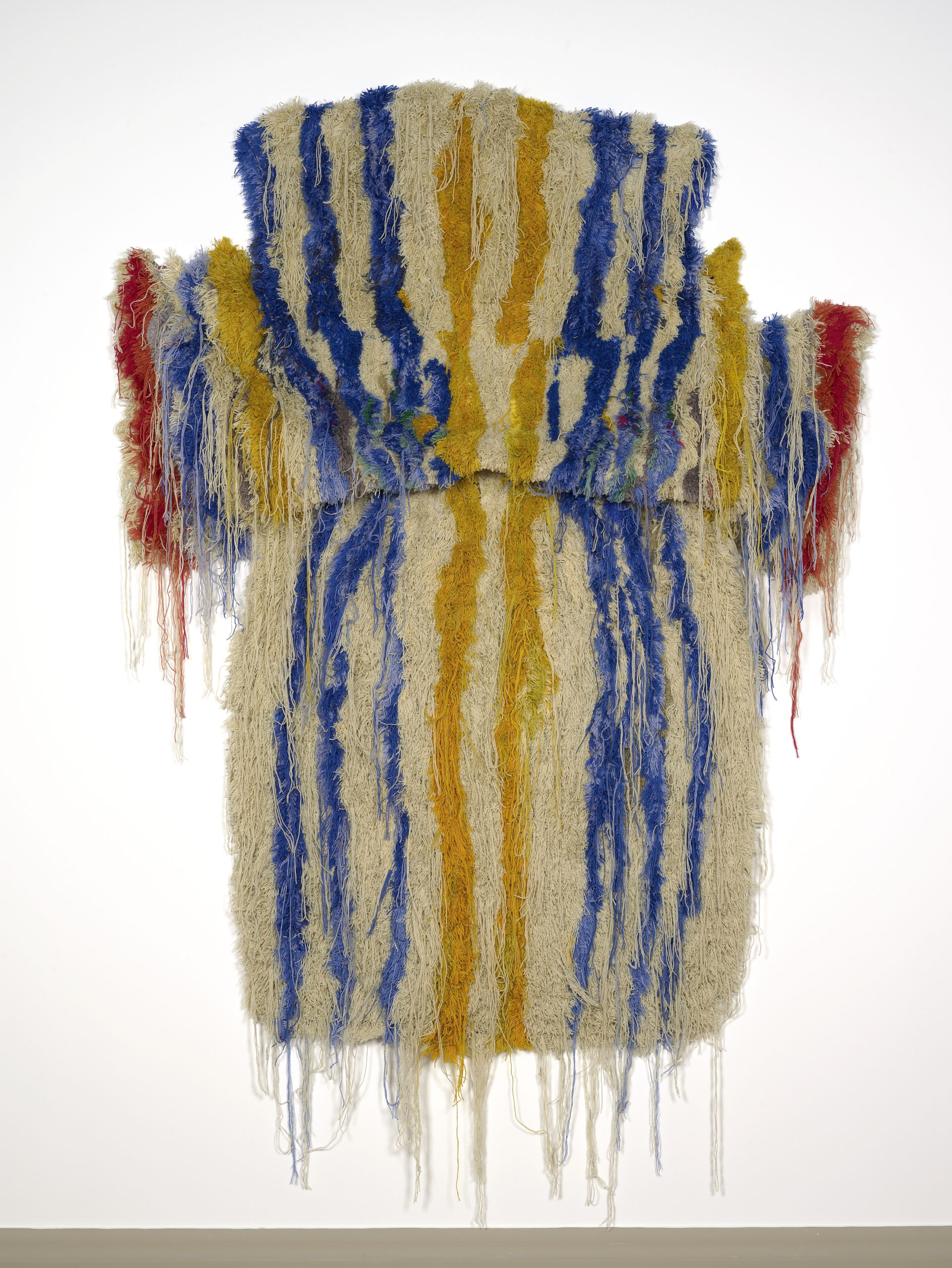
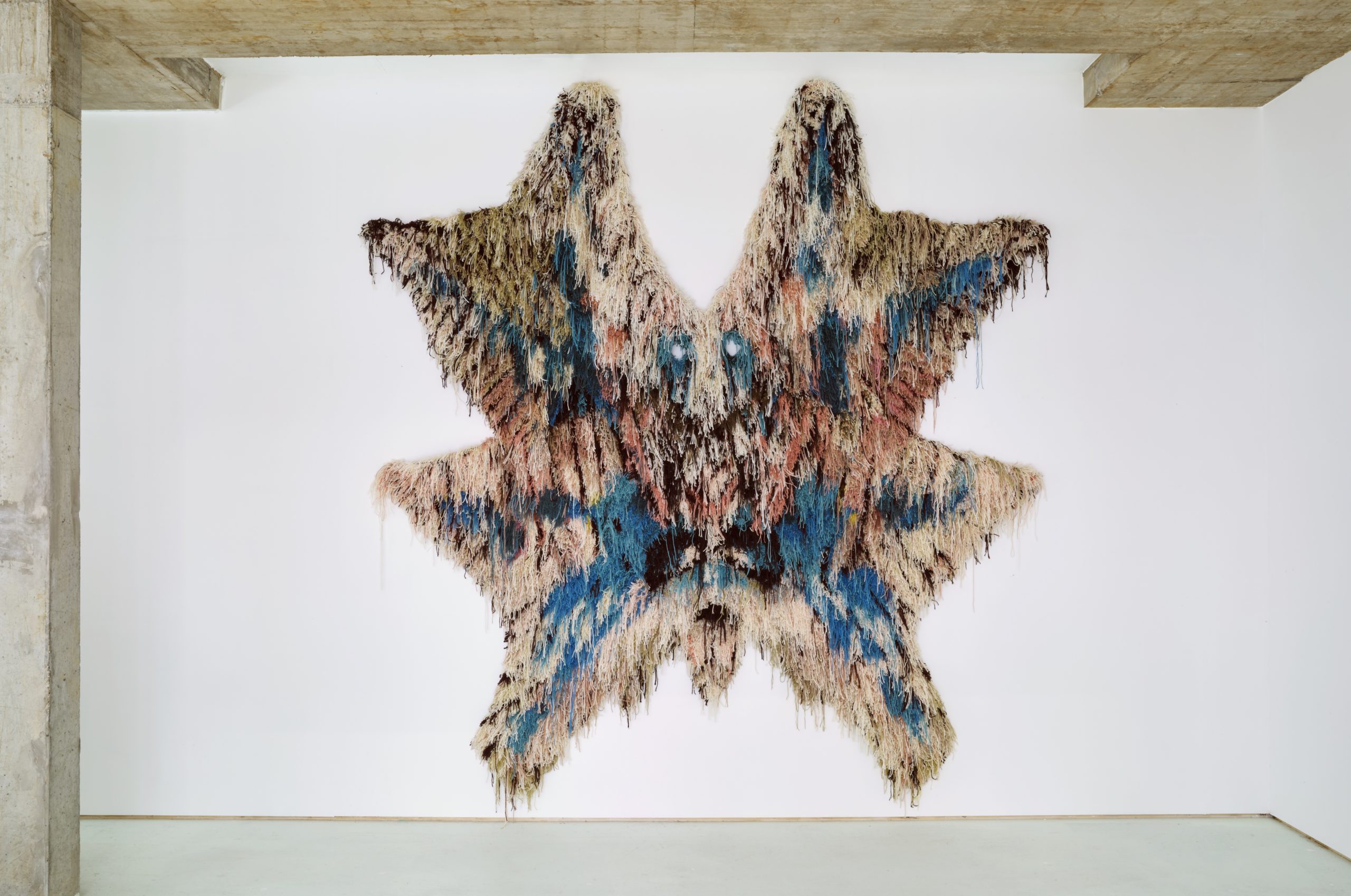
Courtesy the Artist and Art : Concept, Paris. Photo Annabel Elston
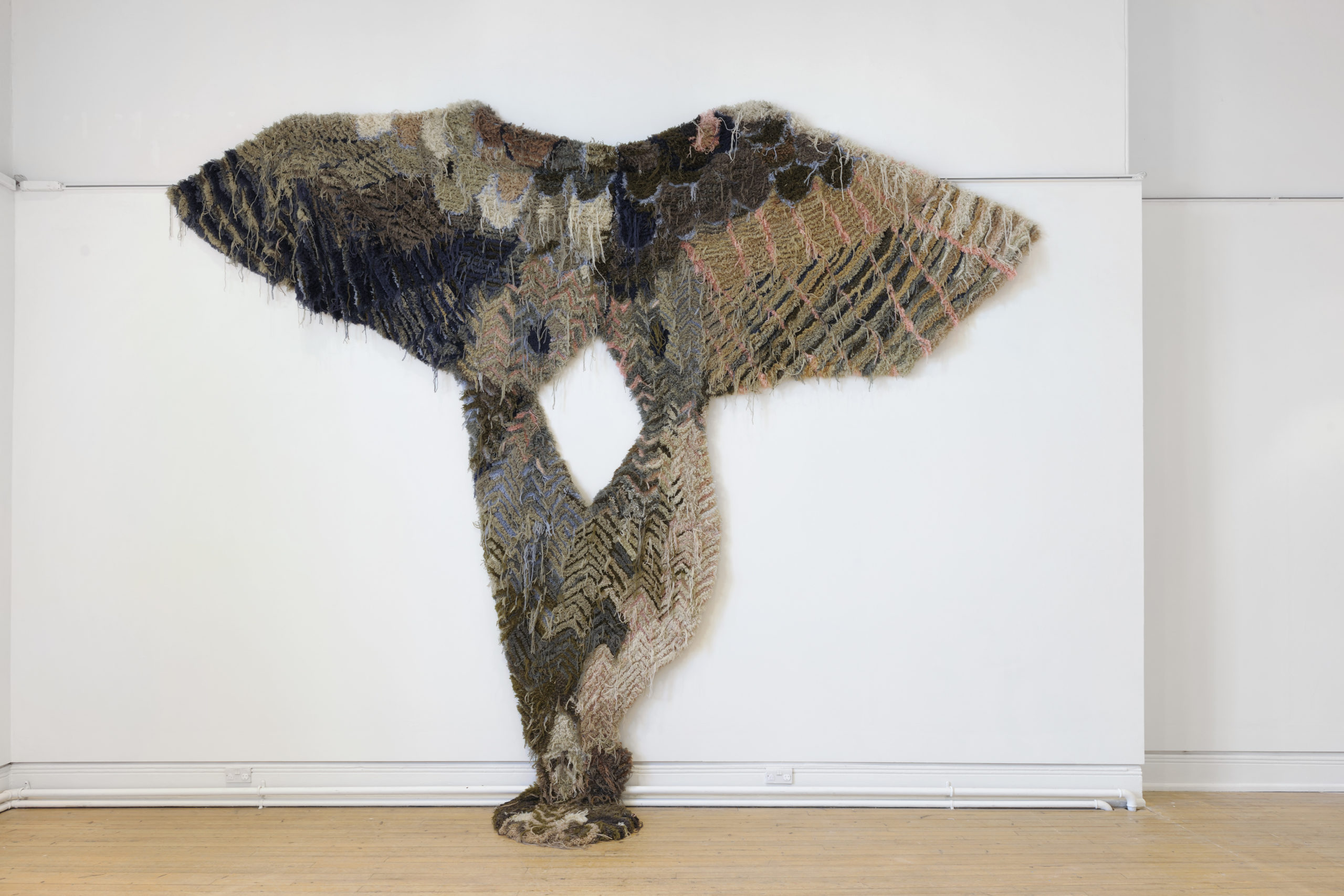
Courtesy the Artist and Art : Concept, Paris. Photo Doug Atfield. Collection Frac-Artothèque Nouvelle-Aquitaine
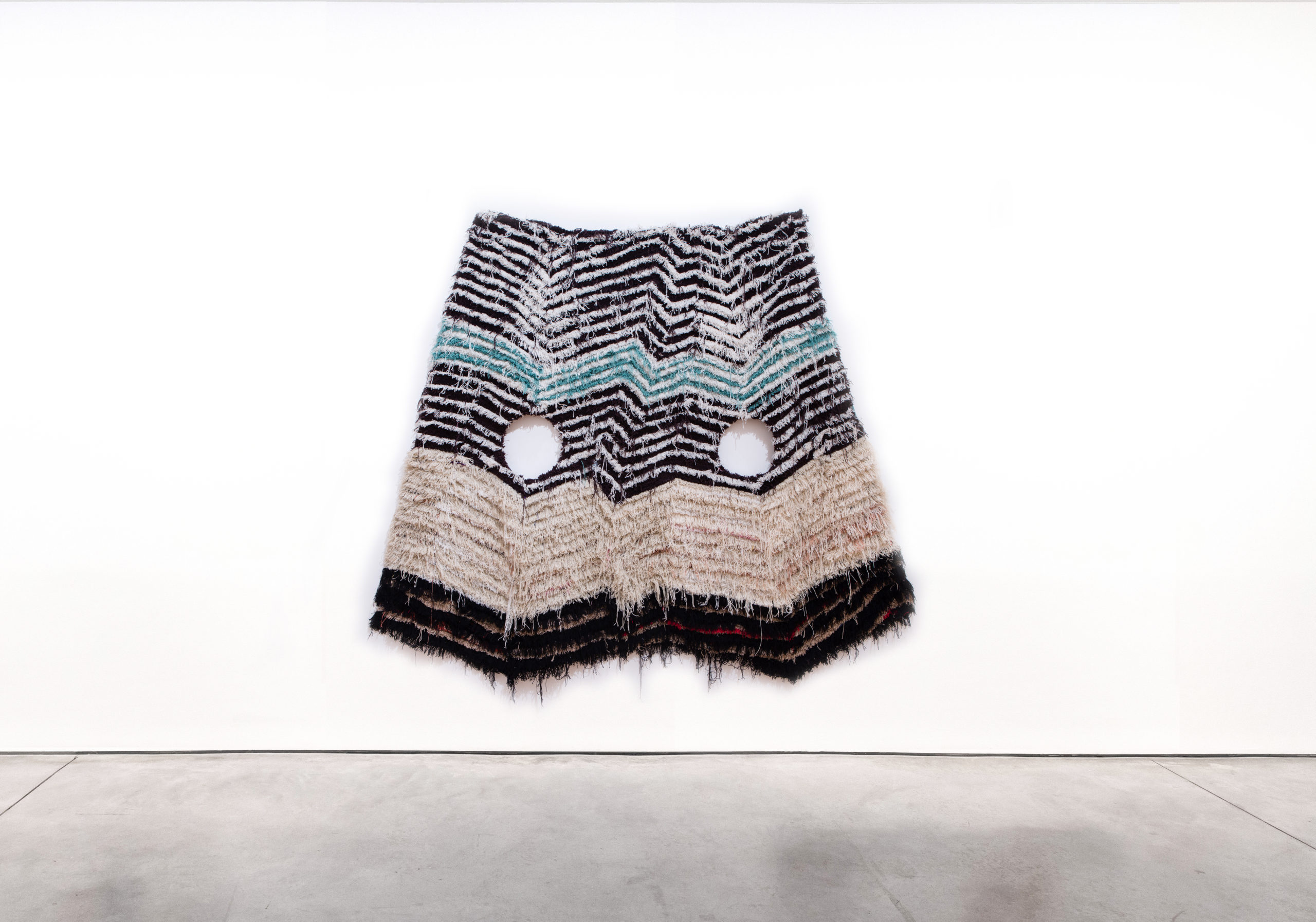
Collection Centre Pompidou, Paris. Photo Rob Harris
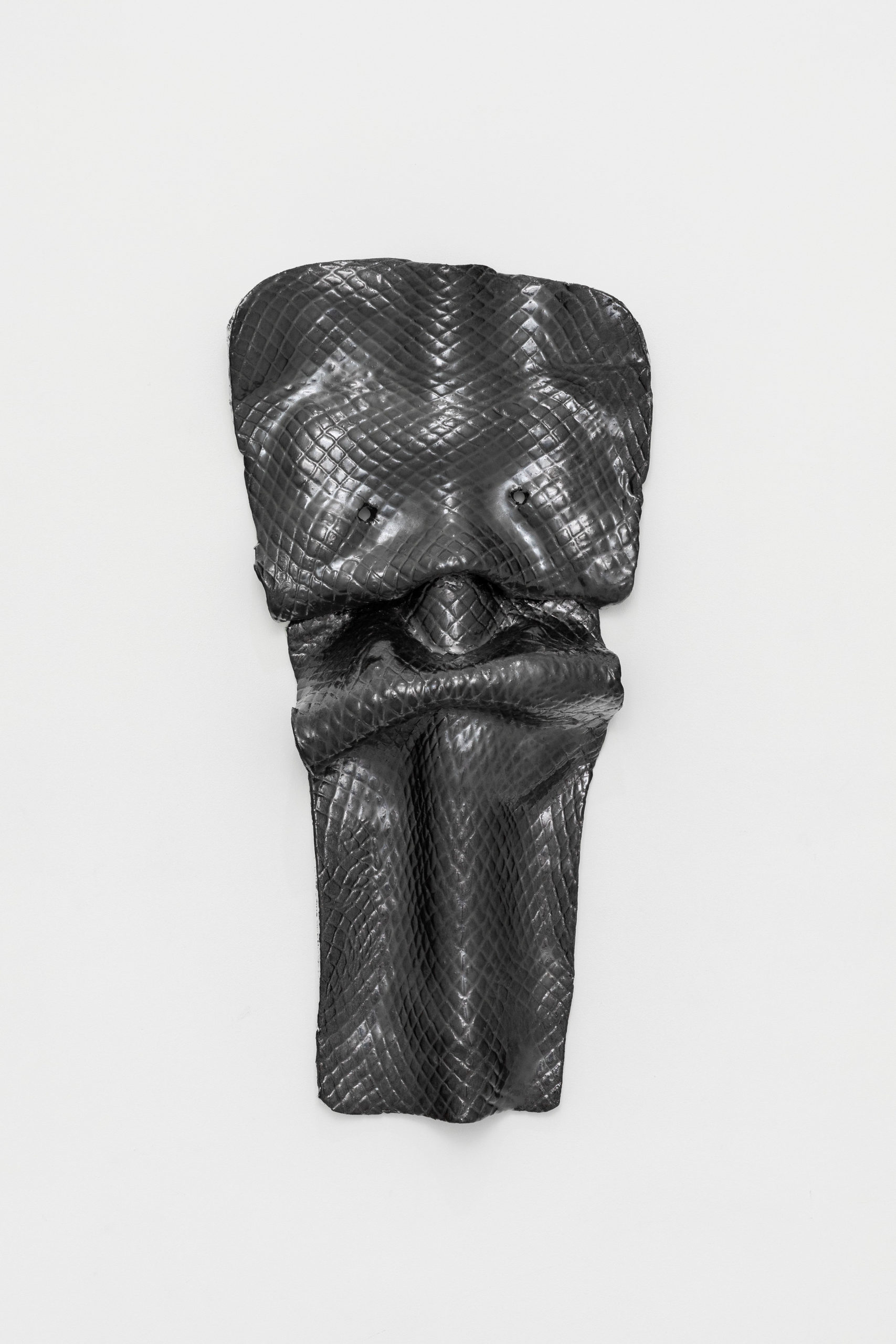
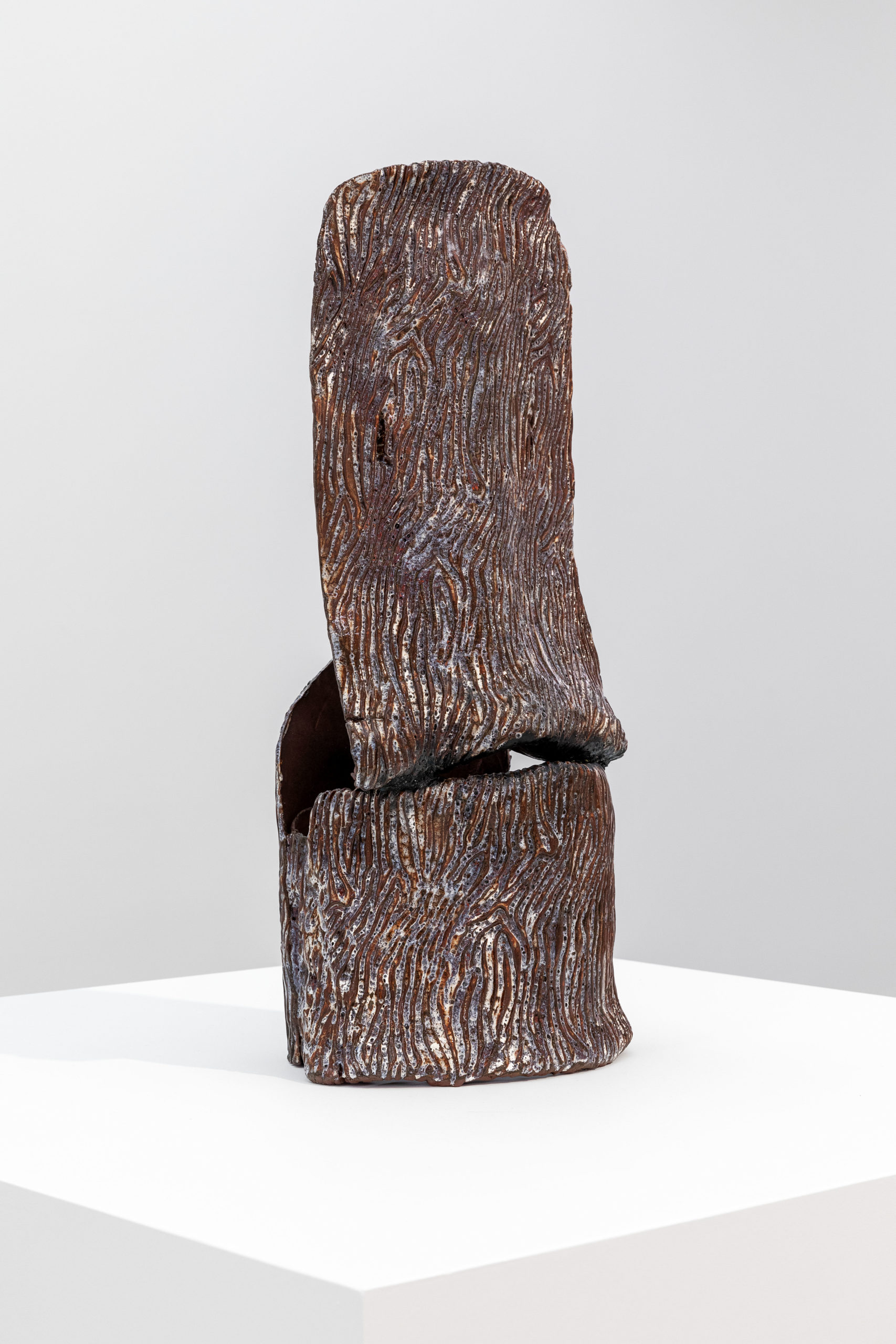
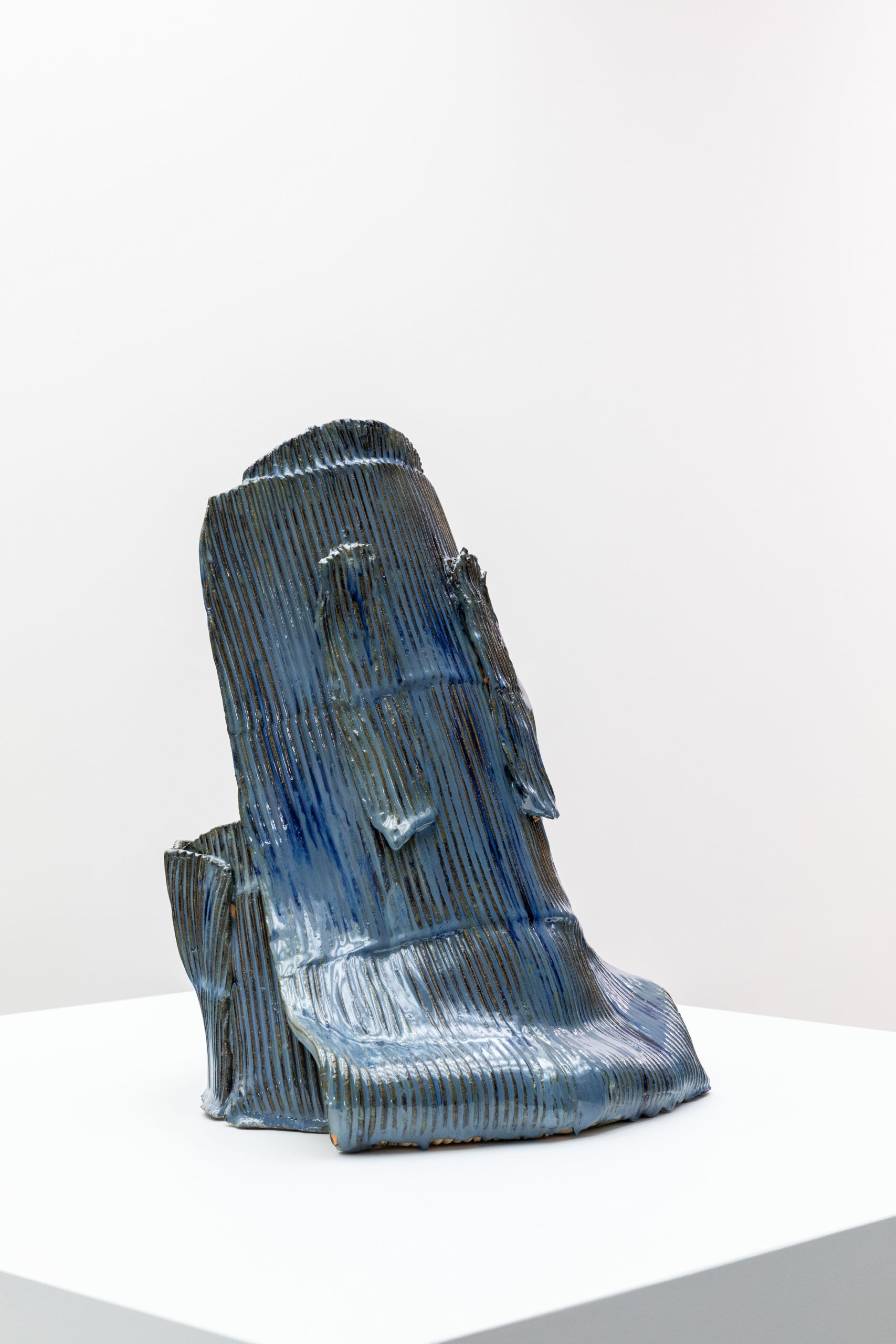
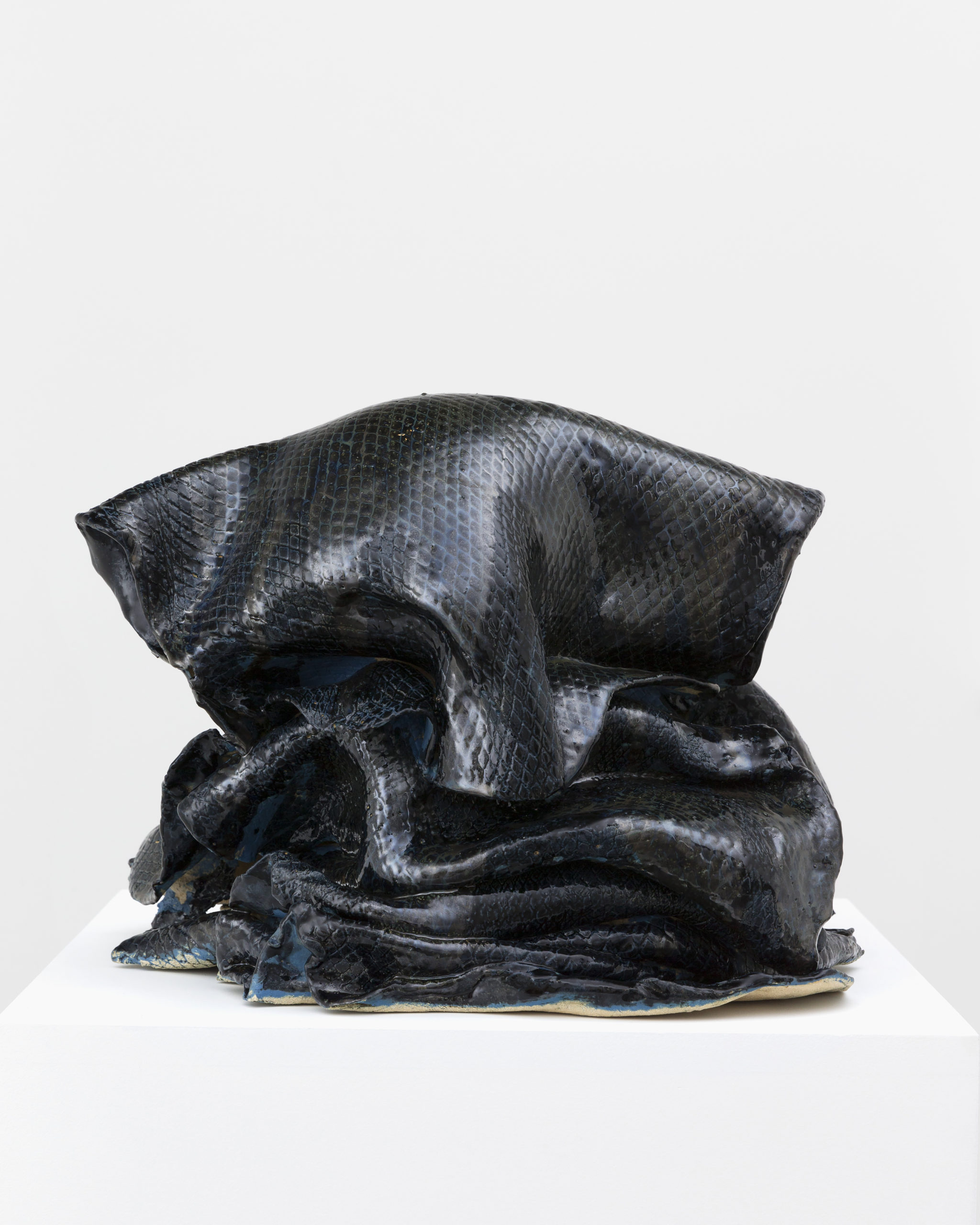
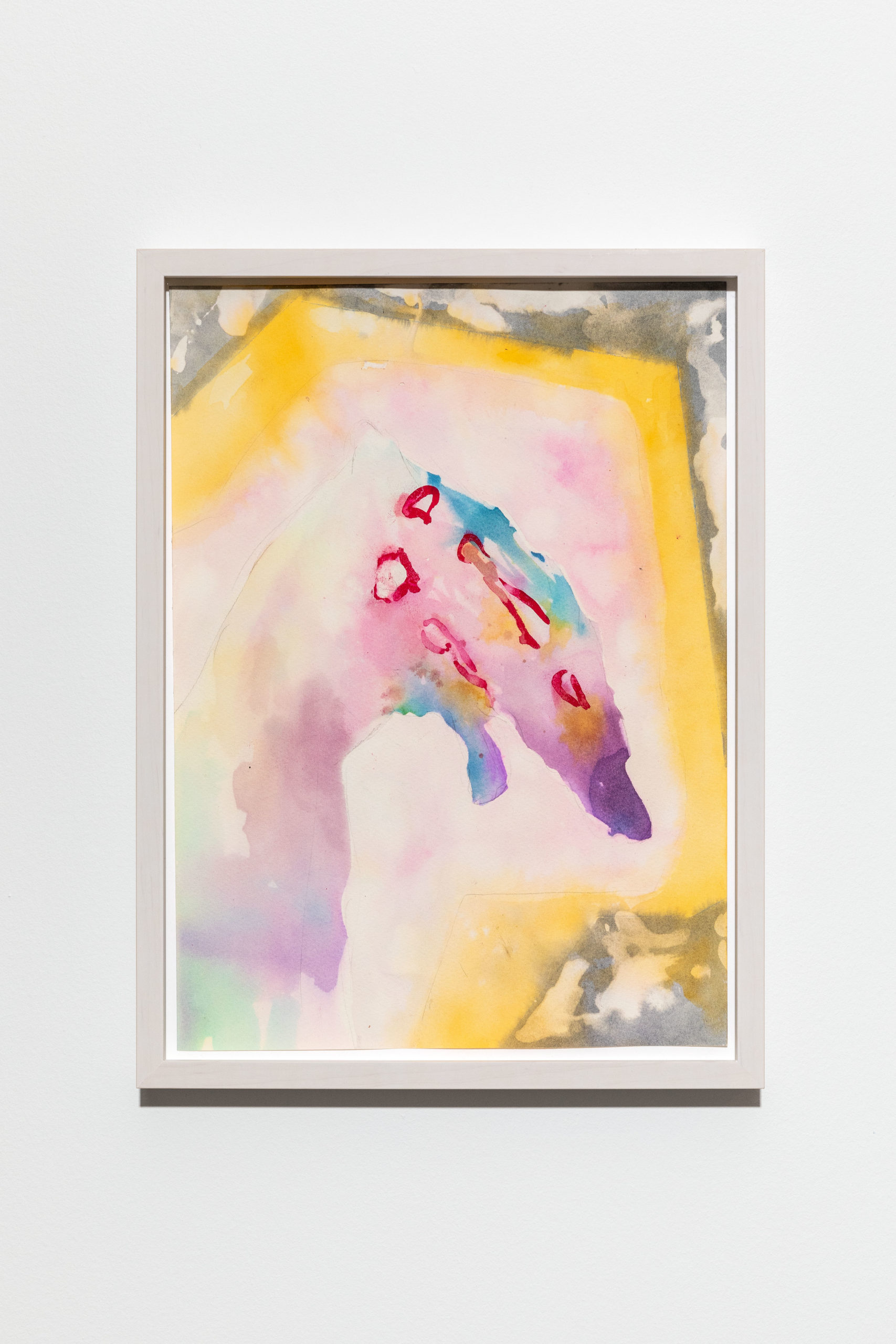
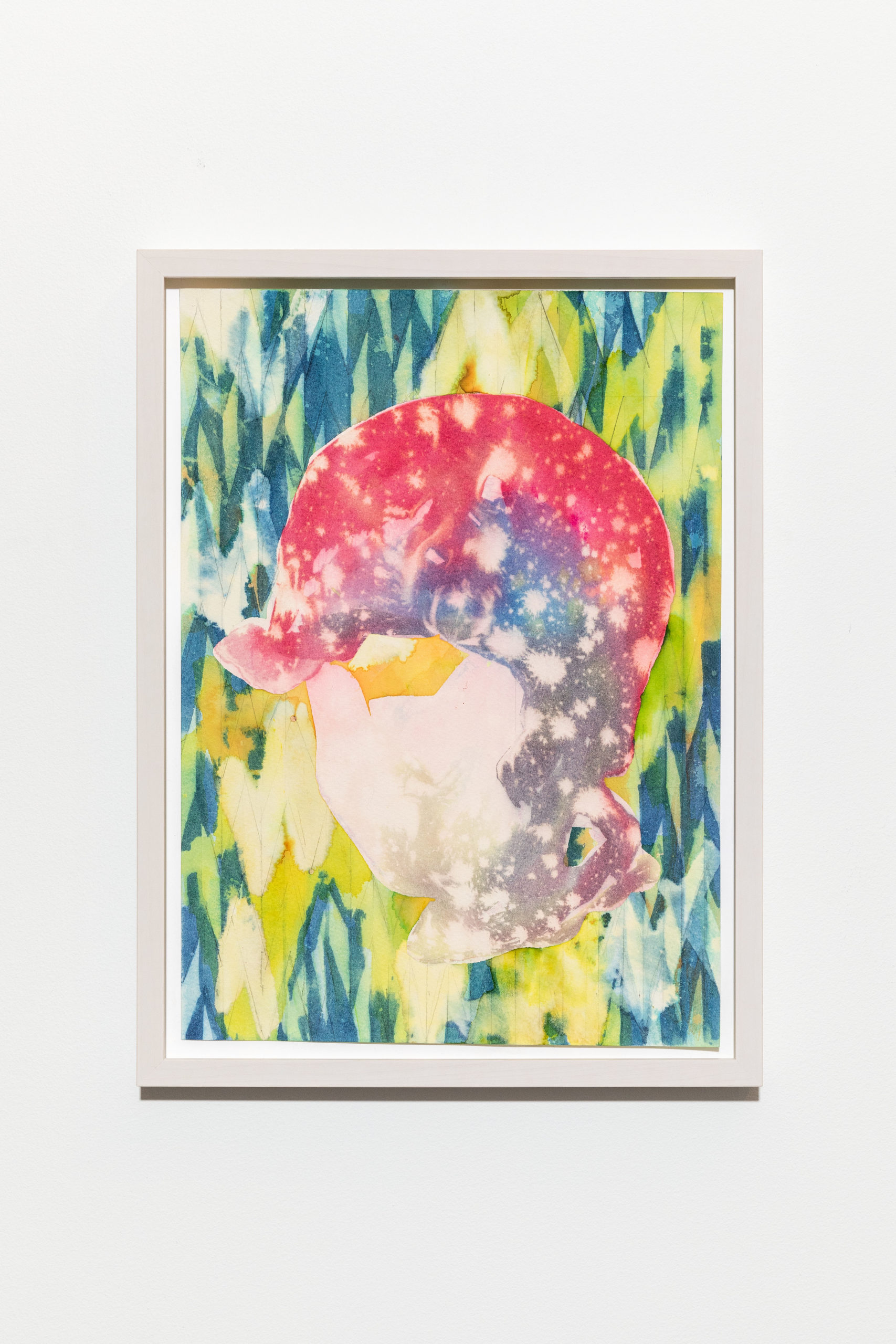
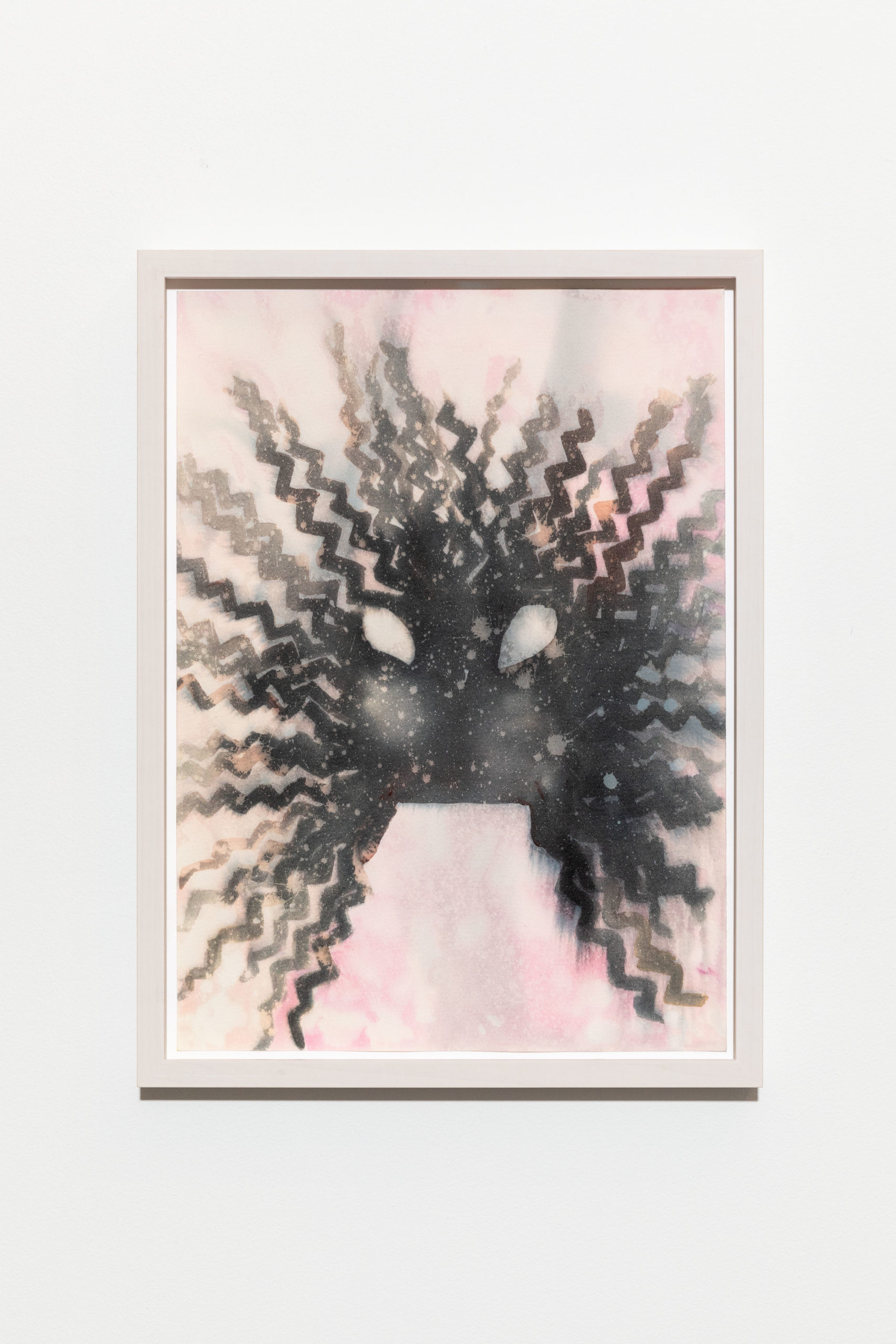
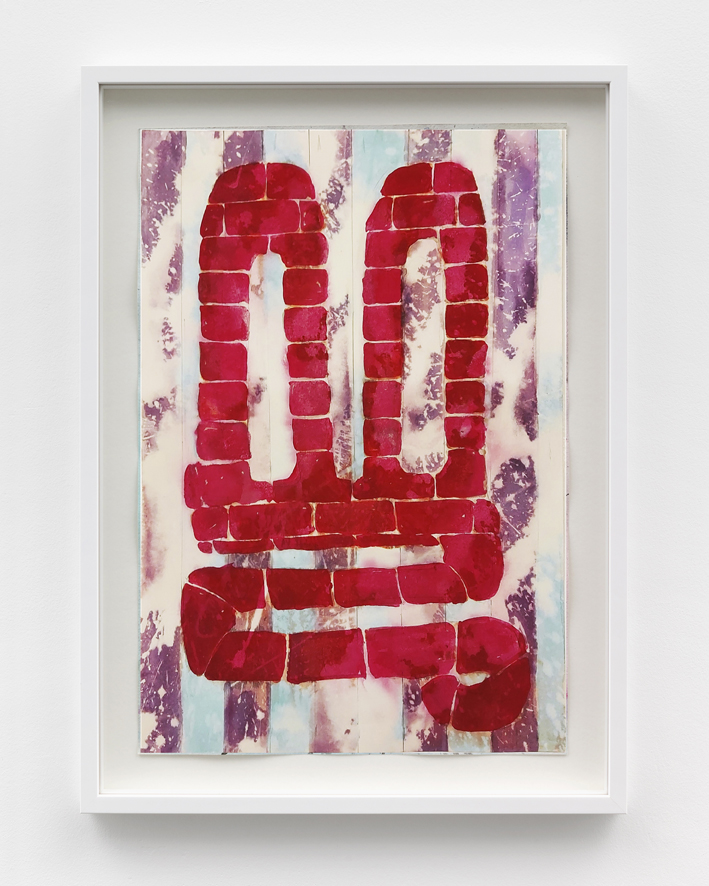
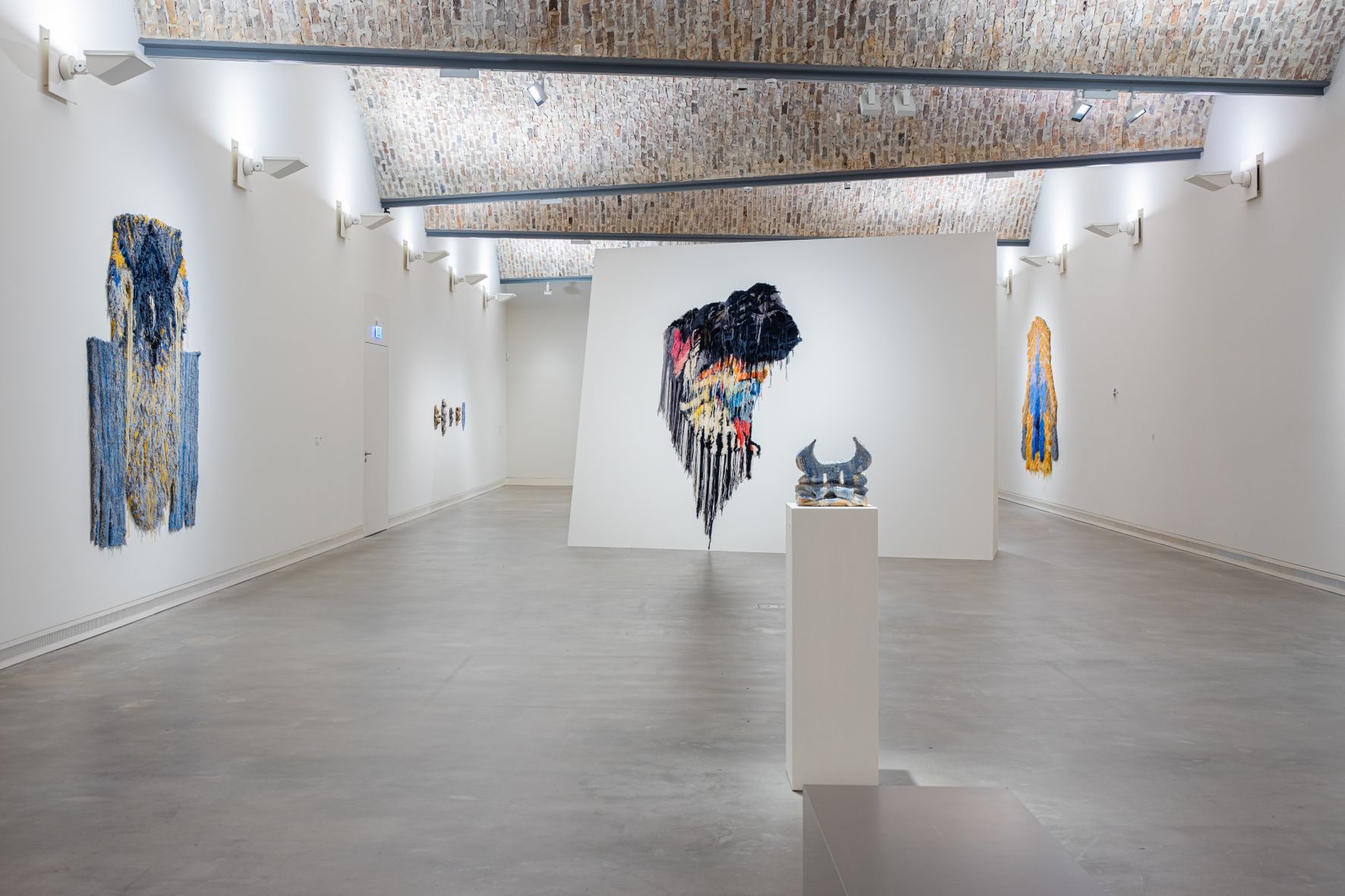
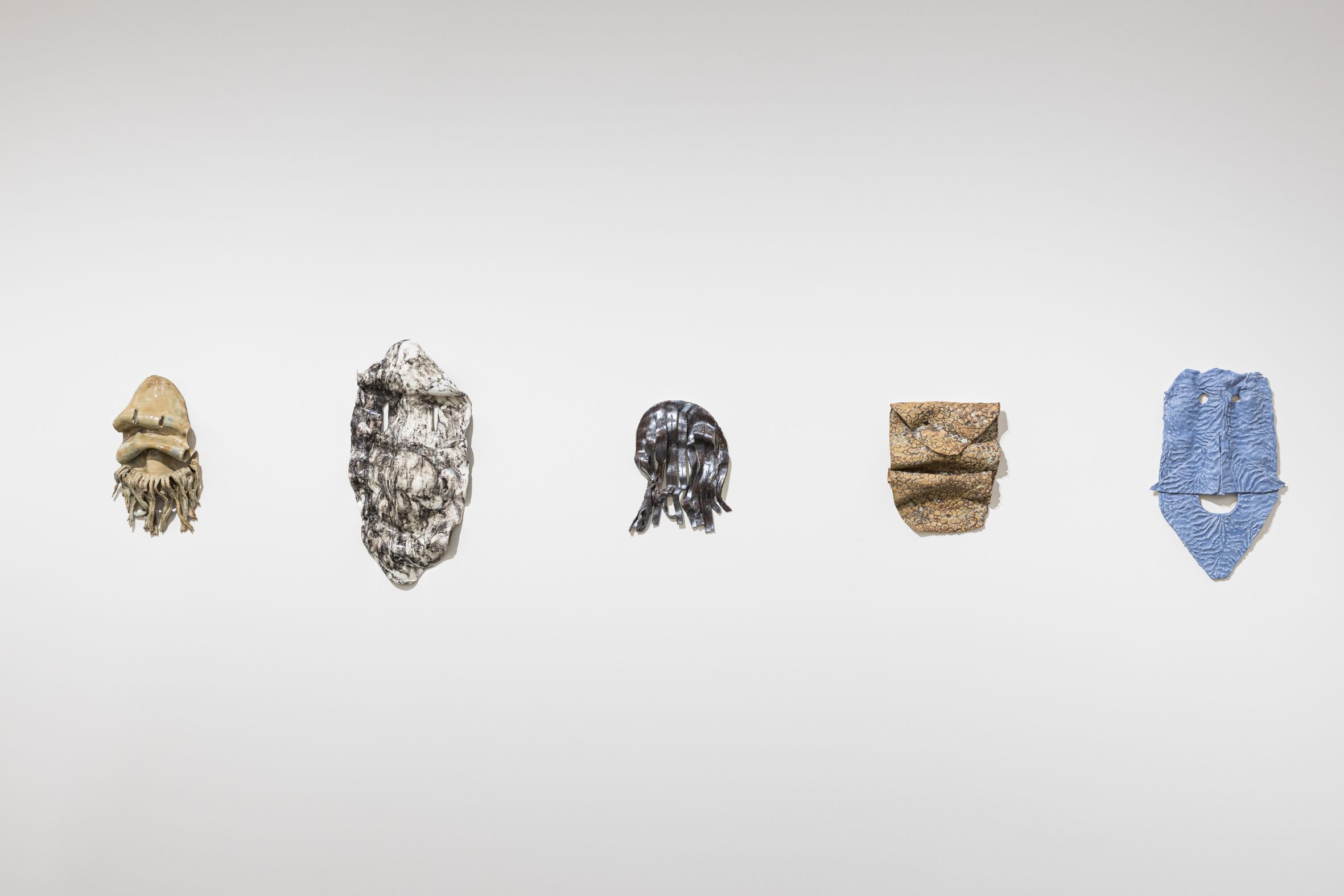
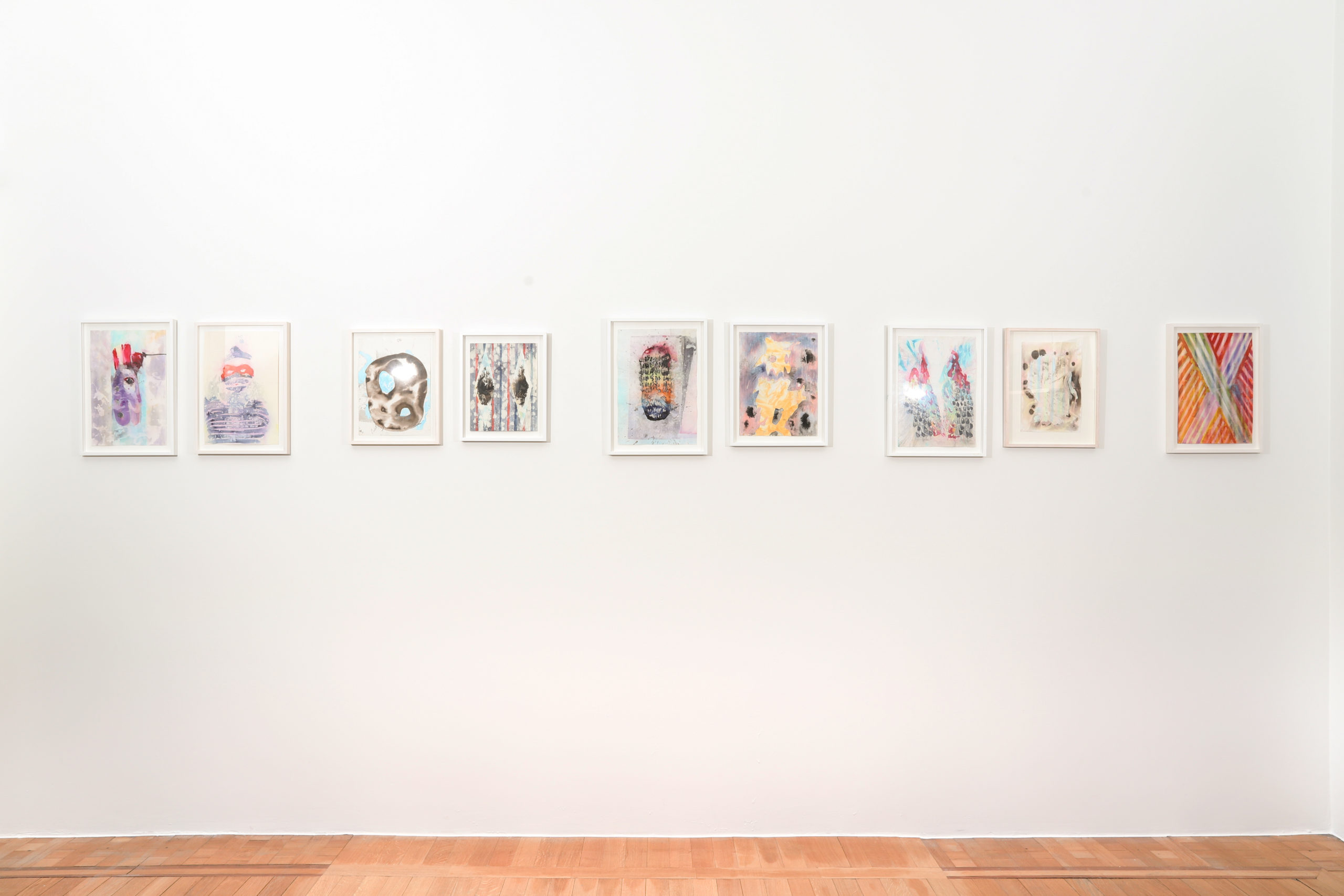
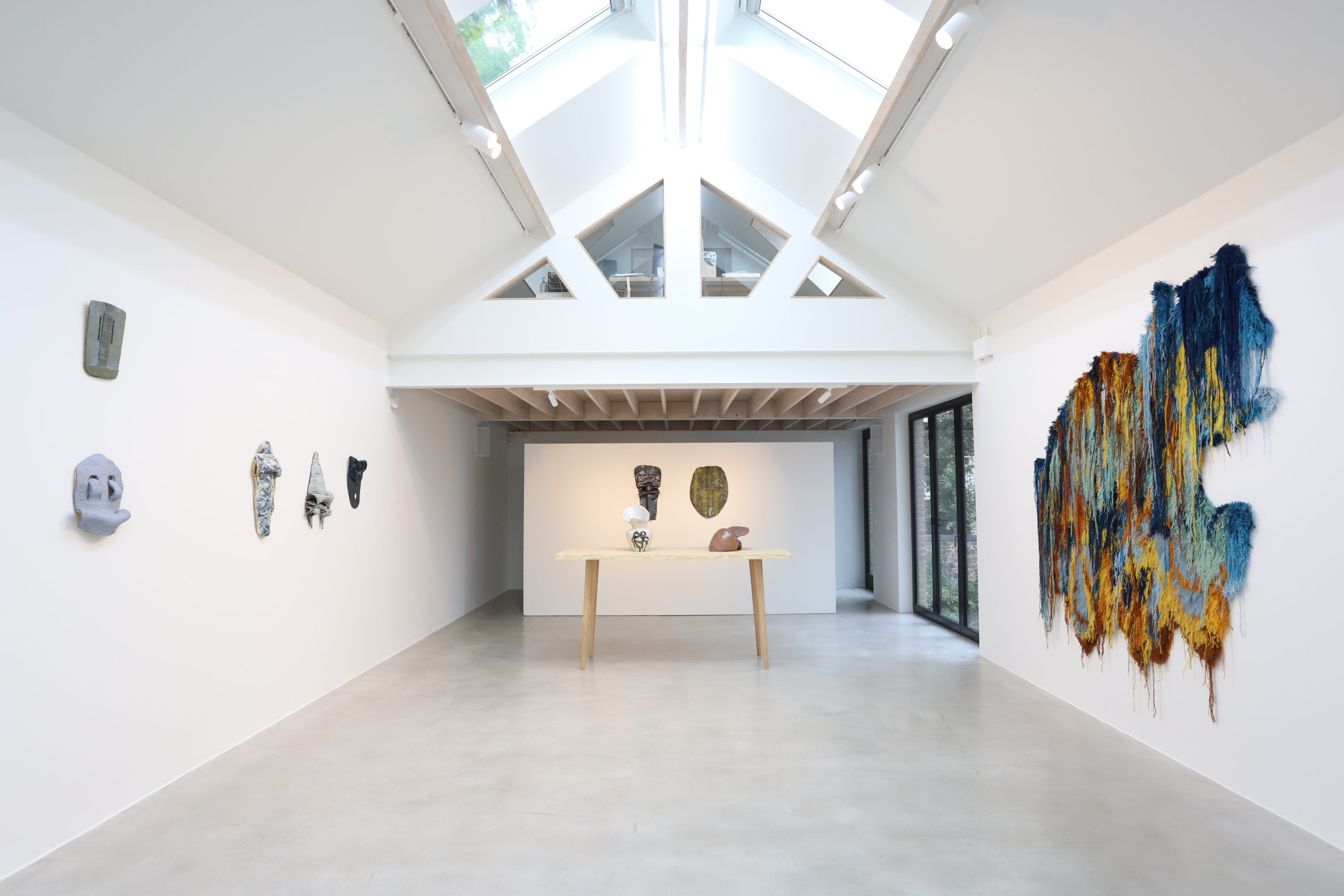
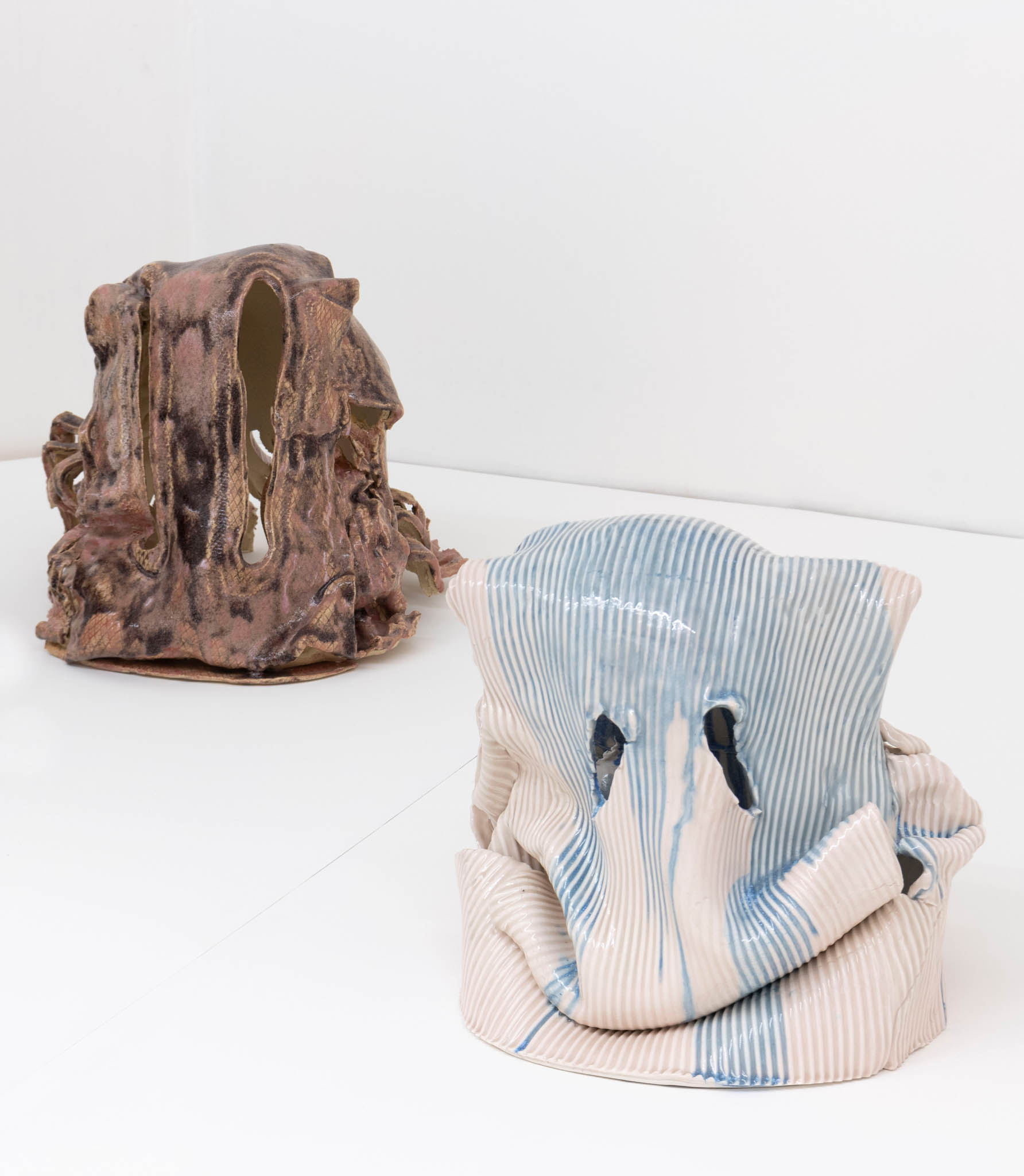
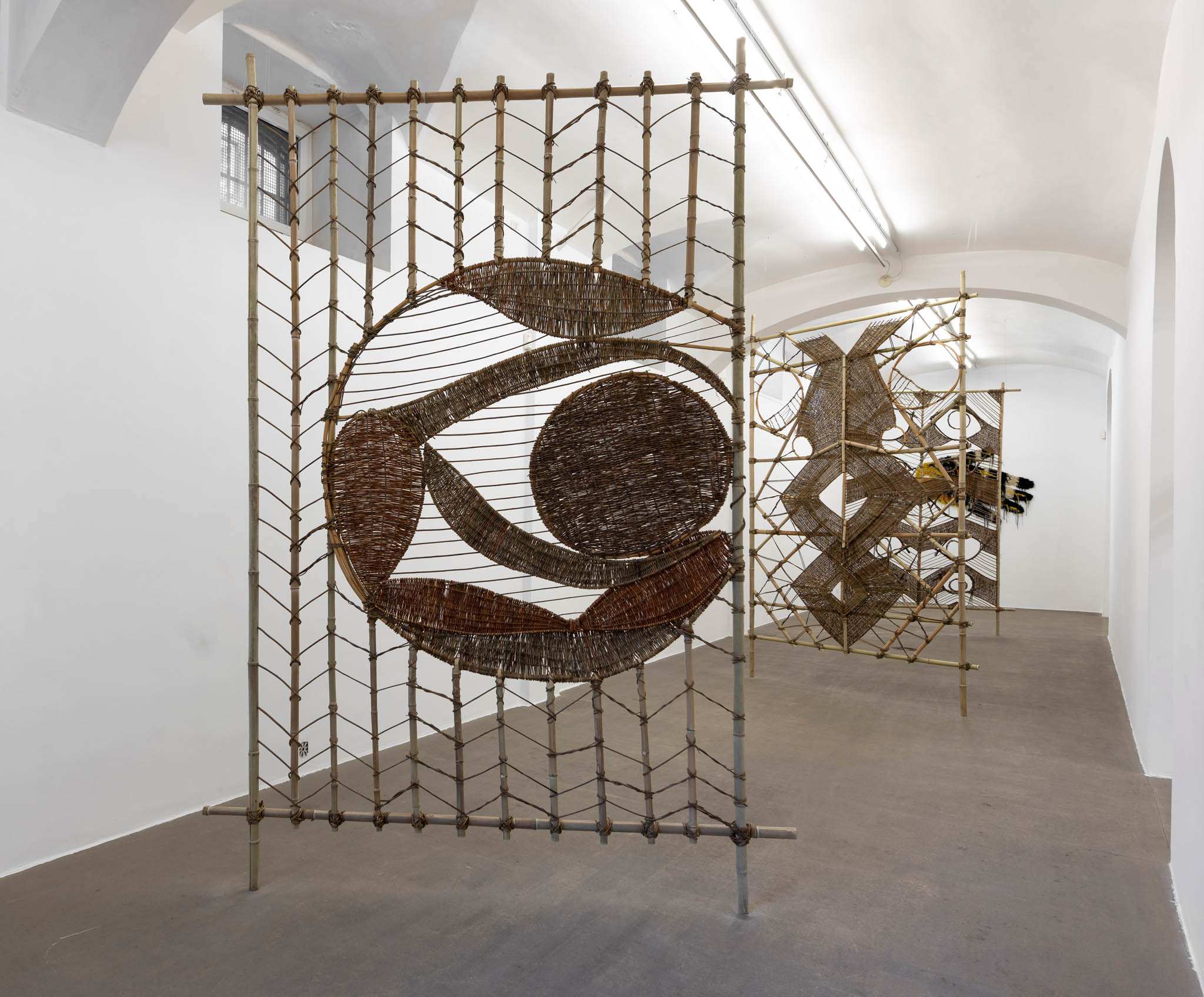
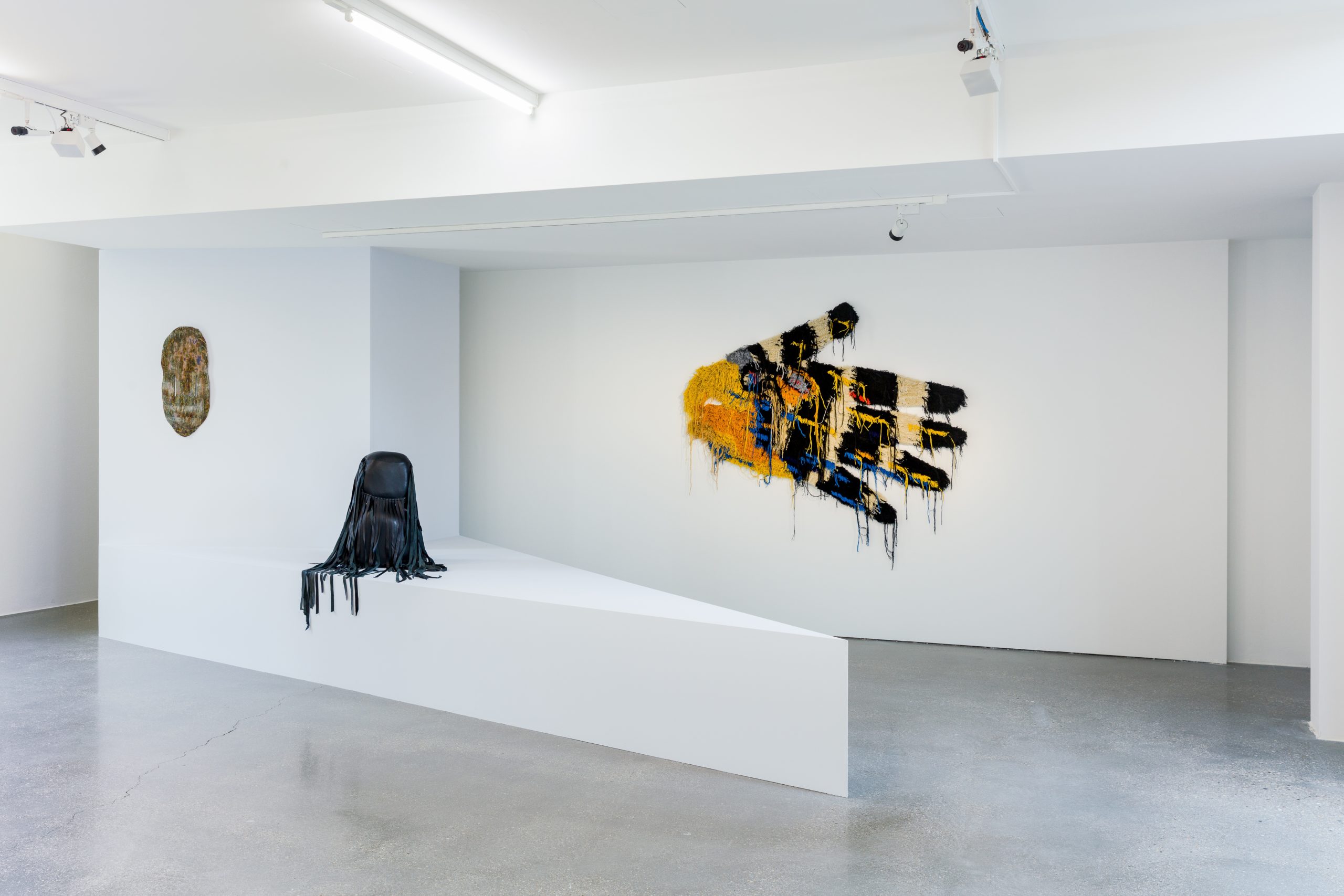

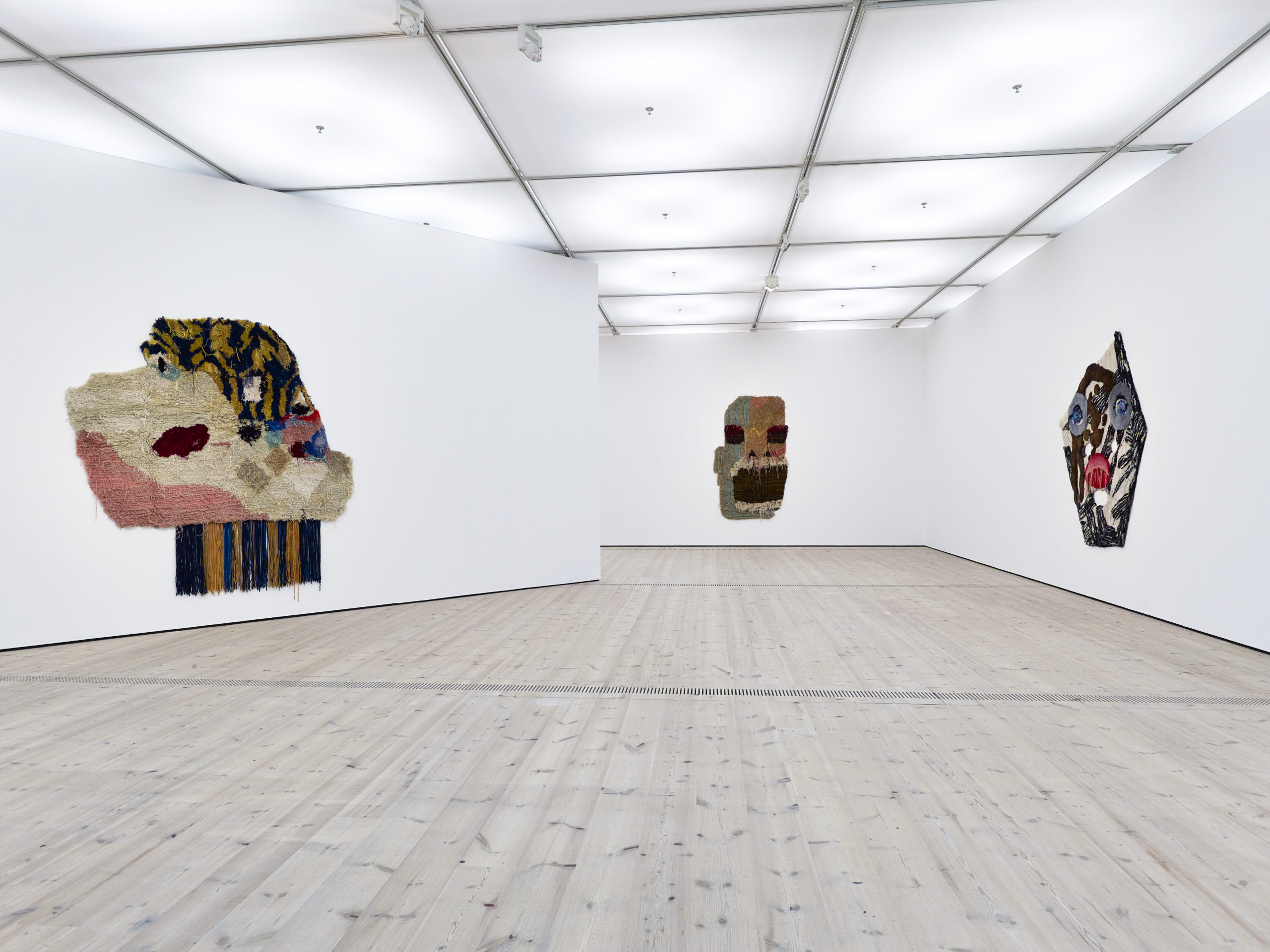
Photo: John McKenzie
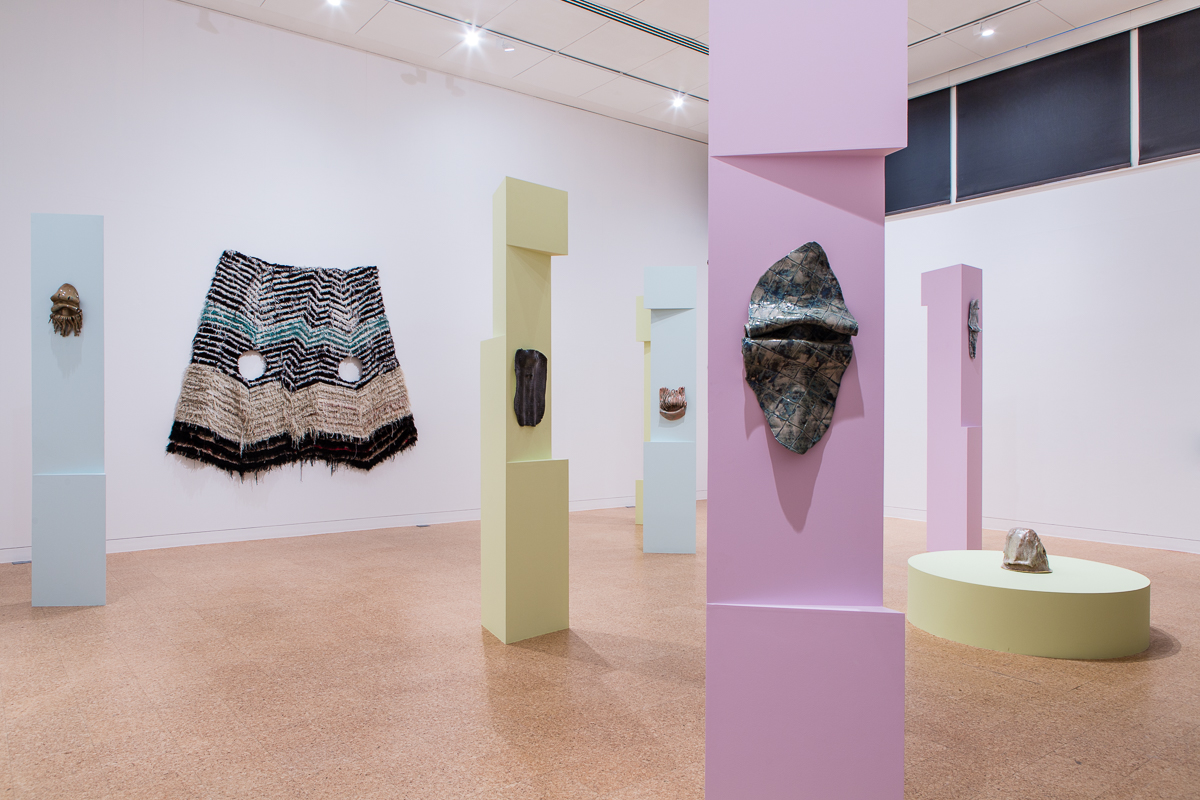
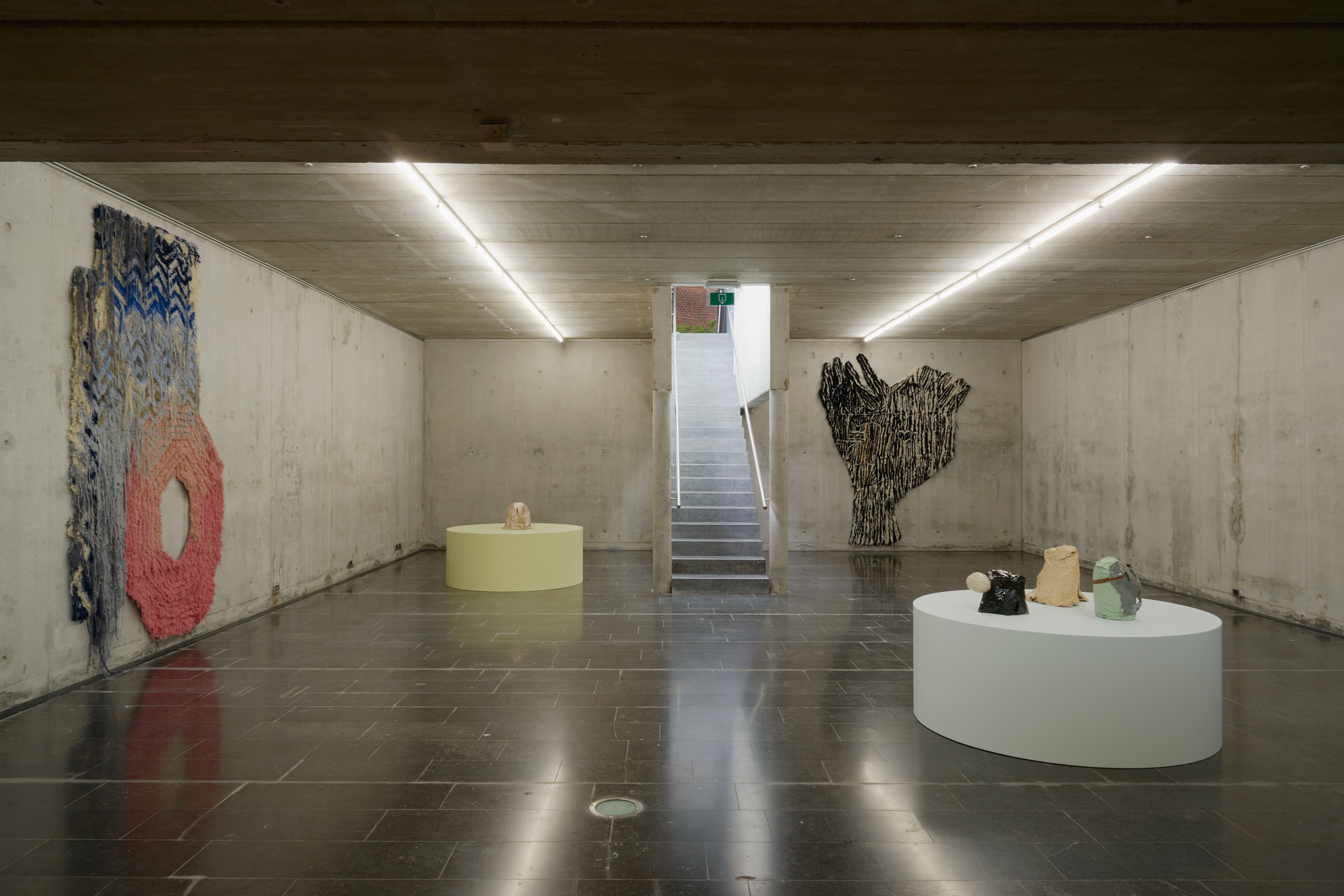
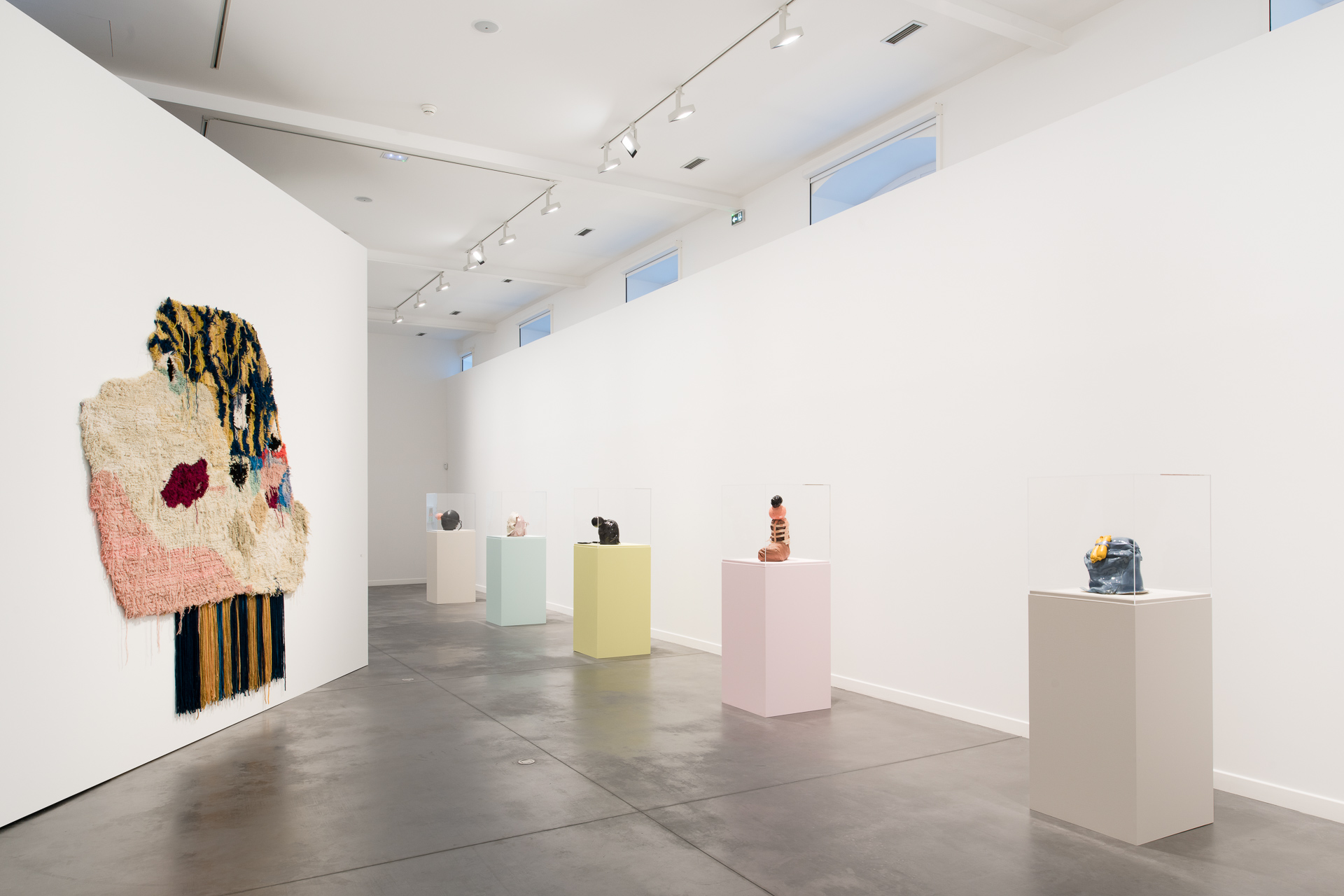
Biography
Born in France in 1969, raised in Germany and based in England, Caroline Achaintre attended the Kunsthochschule in Halle, then the Chelsea College of Art and Design, and the Goldsmiths University of London. The artist is nourished by multiple and radically different cultural references that influence her approach. With her sculptures made of wool, ceramic and with her watercolours, the artist appropriates each space to install her hybrid creatures, transforming the exhibition space into a theater where a dialogue between different characters half-fantastic, half-ghostly can take place. Inspired at once by European carnivals, primitivism, German Expressionism and science fiction, Caroline Achaintre’s work on the one hand evokes the possible coexistence of several characters within a same being as well as the tensions generated by duality. No precise indication is given as to how to approach the work of Achaintre. We see in turn a mask, a garment, an animal… Her works have the particular feature of being difficult to define. At once abstract and figurative, they reveal anthropomorphic forms and indicate a particular interest for animism. The mutation of forms and the plurality of possible interpretations engage the mind and the whim of the viewer. This is the strength of Caroline Achaintre’s work: to question our own capacity to be in the world as individuals defined by complex and multiple identities.
Her work is part of numerous public collections among which: CAPC, Bordeaux/FR; Tate Britain, Londres/UK; Musée d’Art Moderne de la Ville de Paris, Paris; Centre national des arts plastiques, Paris; FRAC Aquitaine, Bordeaux, and FRAC Champagne-Ardenne, Reims.
Selected solo exhibitions: Visual, Carlow/IR, Museum Lothar Fischer, Neumarkt in der Oberpfalz/DE, Neues Museum, Nürnberg/DE (2023); Centre d’art Pasquart/CH (2022); Kunstmuseum Ravensburg/DE (2021); CAPC, Bordeaux/FR (2020), MO.CO., Montpellier/FR (2019); Belvedere 21, Vienna/AU (2019); De La Warr Pavilion, Bexhill-on-sea/UK (2018); FRAC Champagne-Ardenne, Reims/FR (2017); BALTIC, Centre for Contemporary Art, Gateshead/UK (2016); Tate Britain, London/UK (2015); Castello di Rivoli, Turin/IT (2013).
At the gallery
- The Seeker, 2024
- Tête-à-tête, 2021
- Indus 2, 2019
- Duo Infernal, 2018
Videos
- “Permanente”, Capc Musée d’art contemporain de Bordeaux, May 2021
- Conversation with the artist on the exhibition : Fantômas @ De La Warr Pavilion
- Learning with artist – Questions and Answer, De La Warr Pavilion
- Conversation around the exhibition @ BALTIC Bites, Gateshead, UK, 2016
- Skills Academy – Fondation d’entreprise Hermès
- Interview dans le cadre de la résidence au West Dean College of Arts and Conservation, 2018
- Interview ARTISSIMA – Castello di Rivoli Illy Present Future 2013 Prize Exhibition
Links
Catalogues

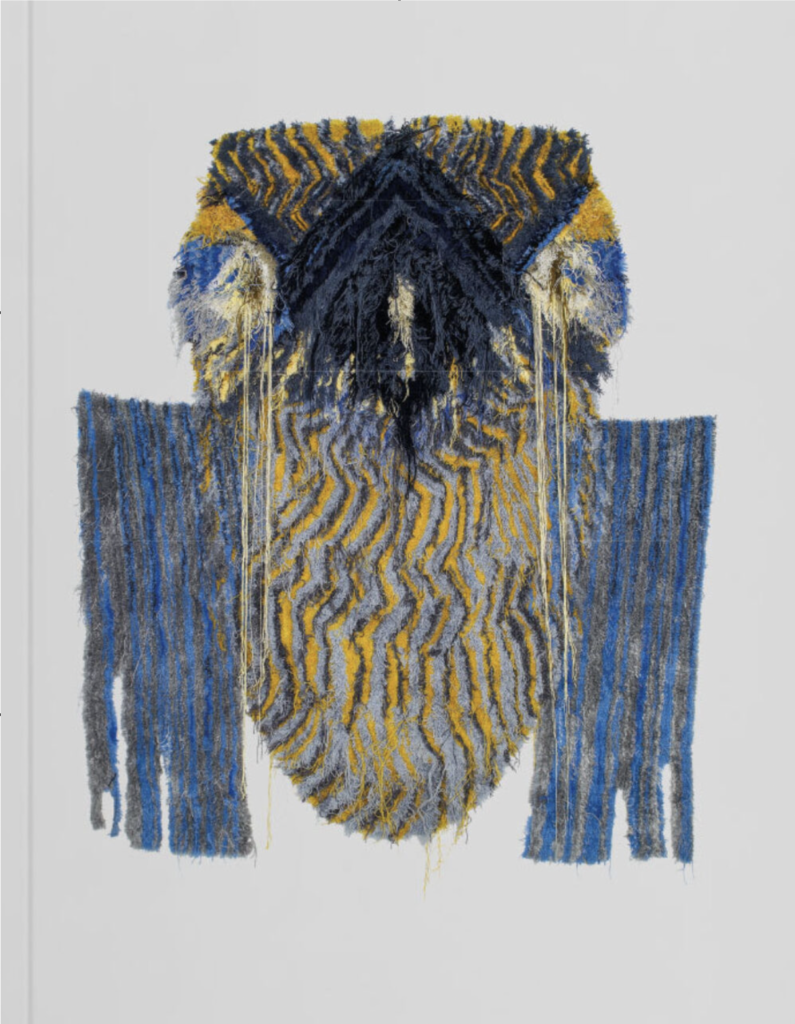
Caroline Achaintre, Shiftings, catalogue d’exposition / exhibition catalogue, Kunstmuseum Ravensburg, 2022, 144 pages
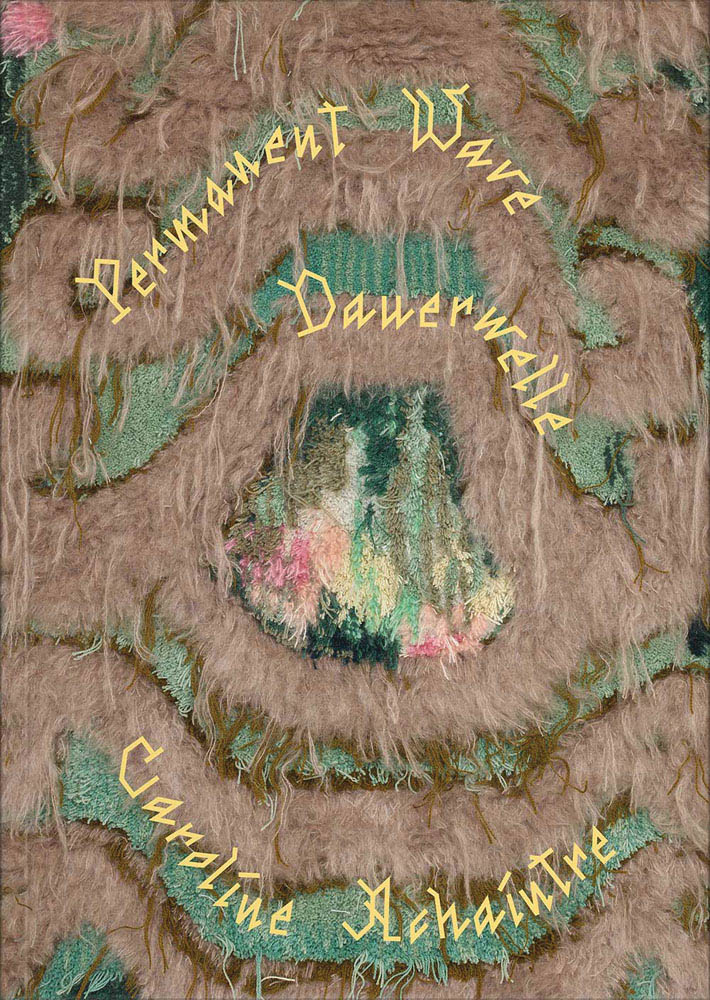
Caroline Achaintre, Permanent Wave, Ed. Stella Rollig, Belvedere 21, Vienna, VERLAG FÜR MODERNE KUNST, 2019, 87 pages

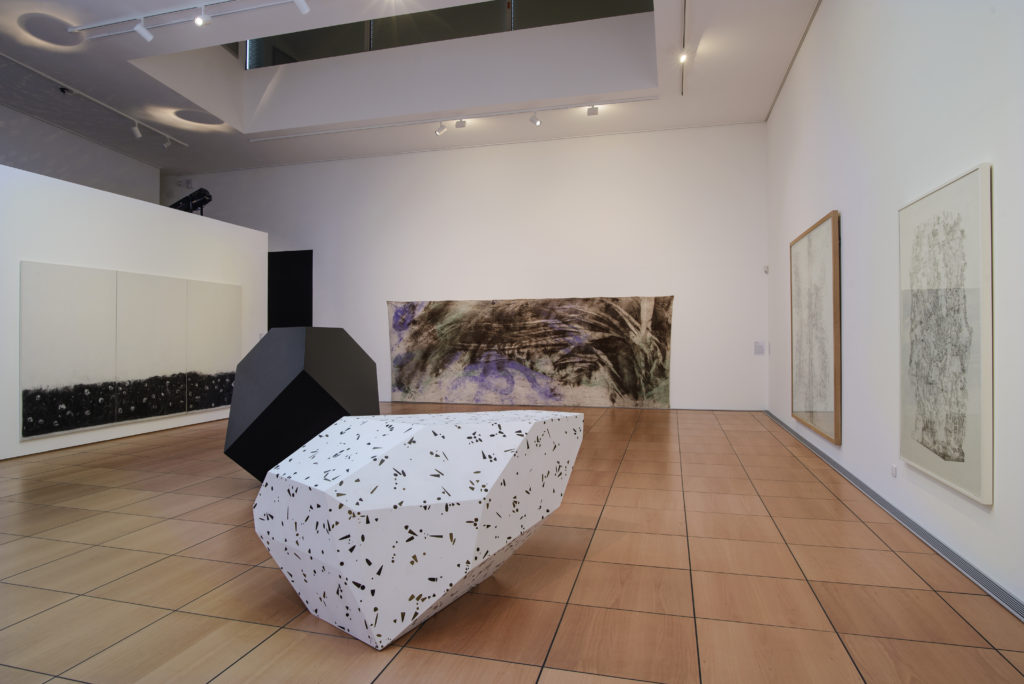
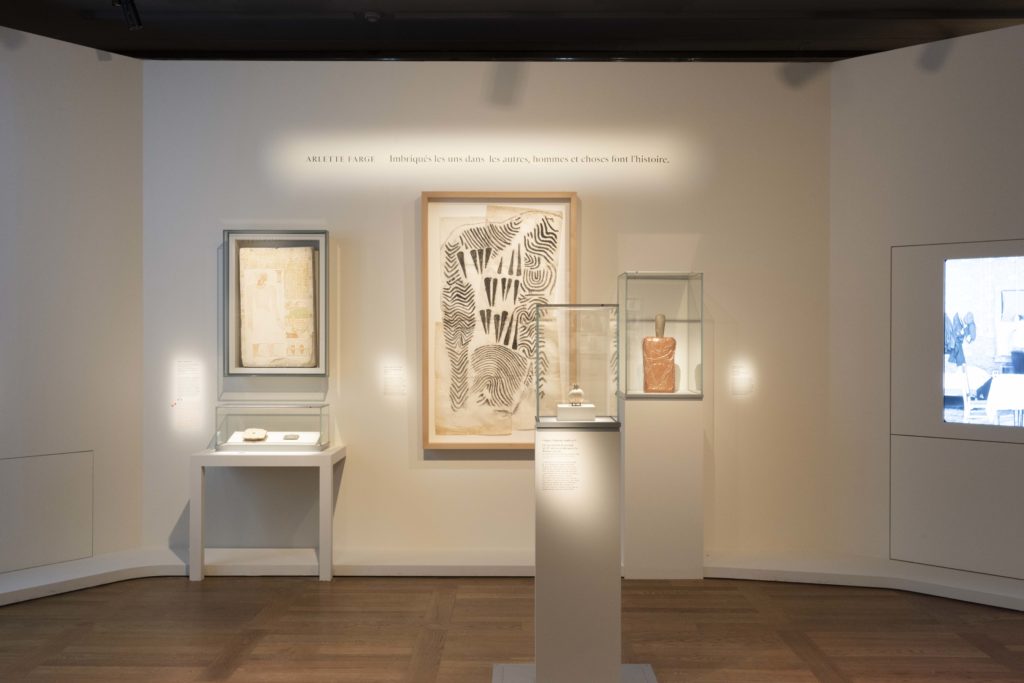
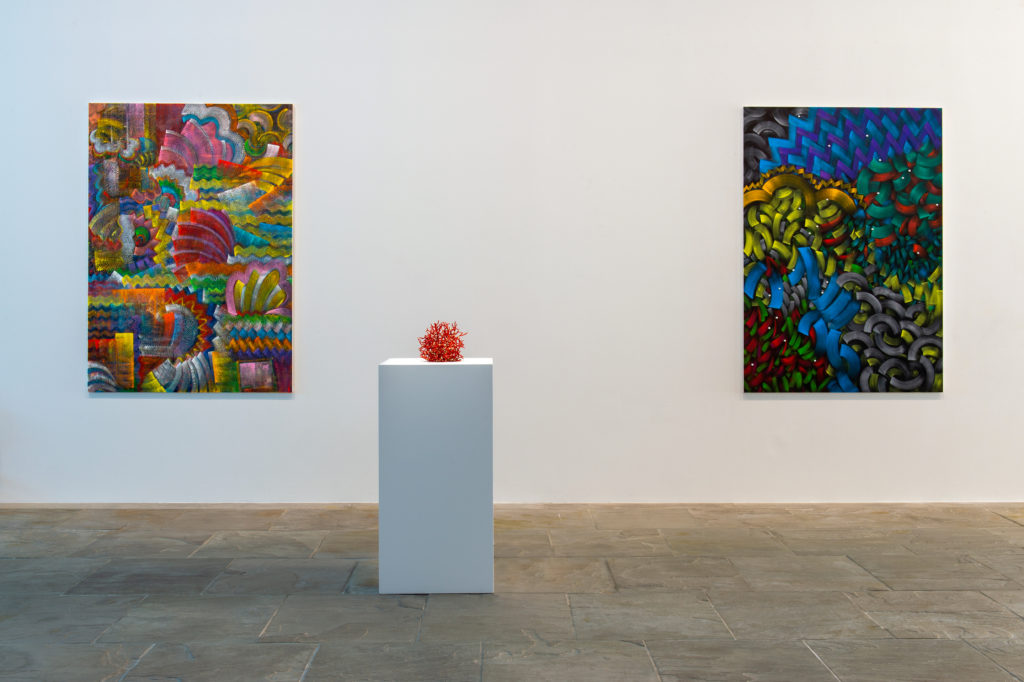
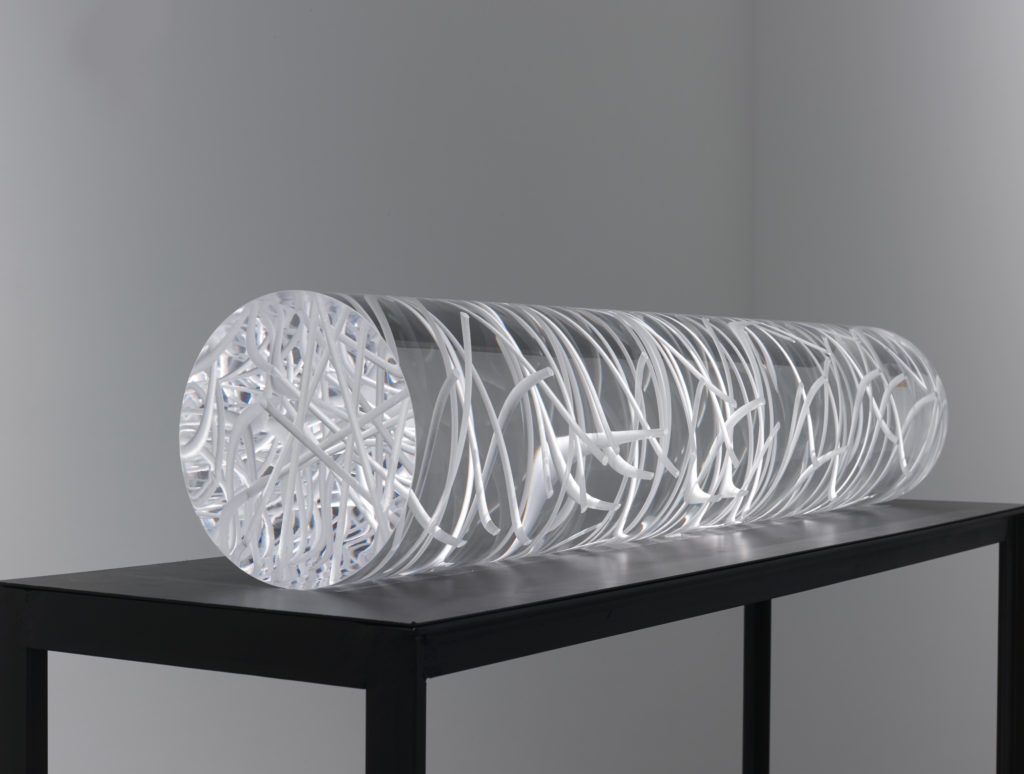
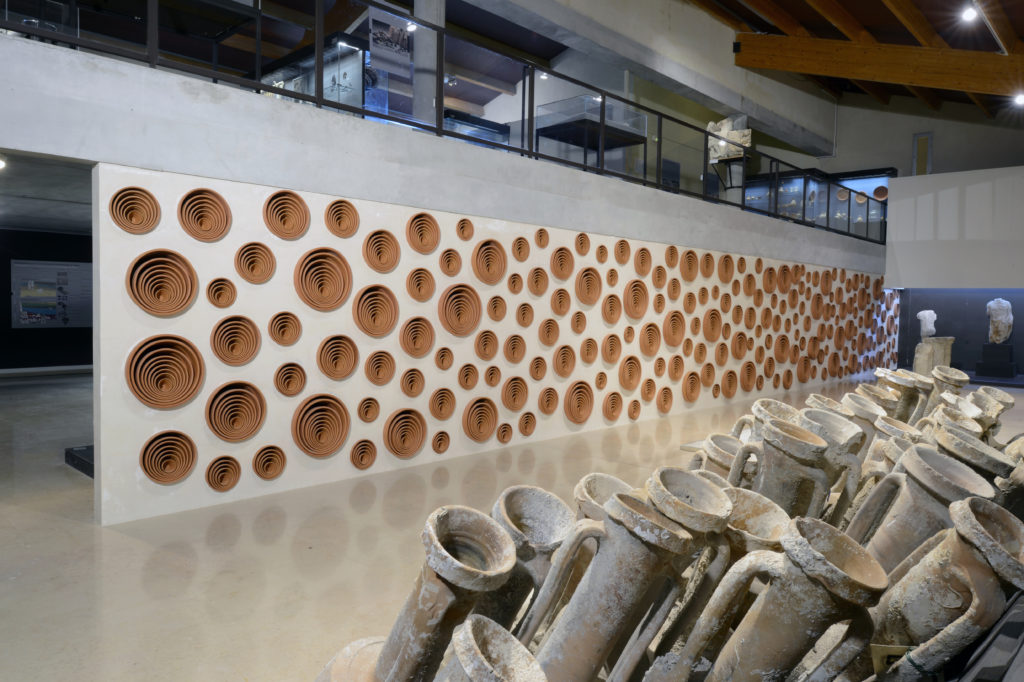
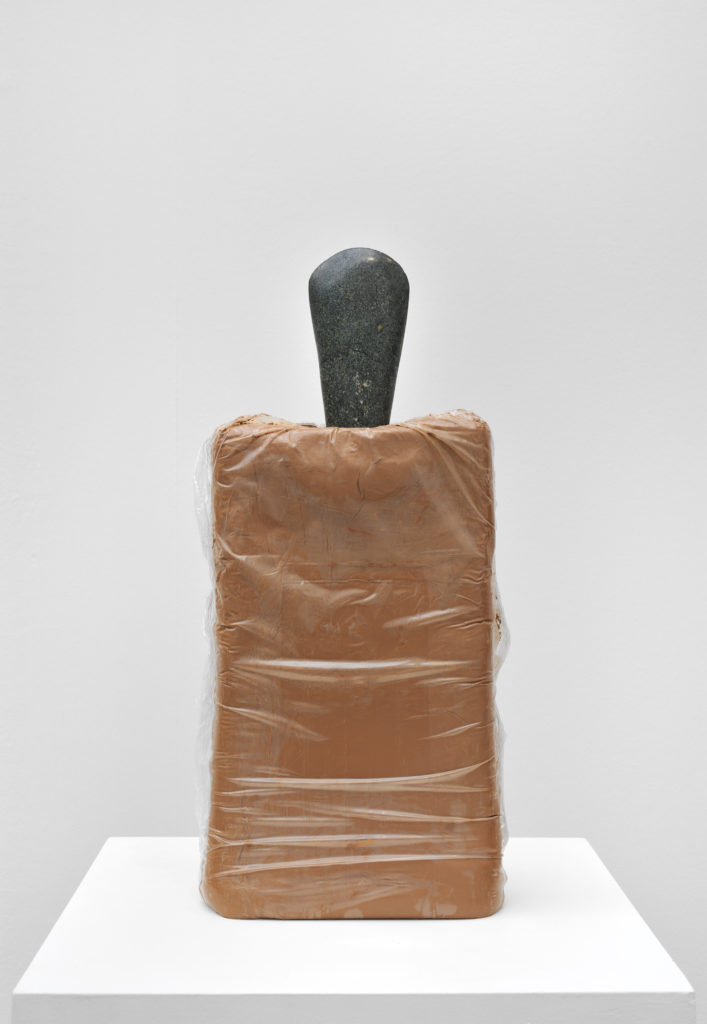
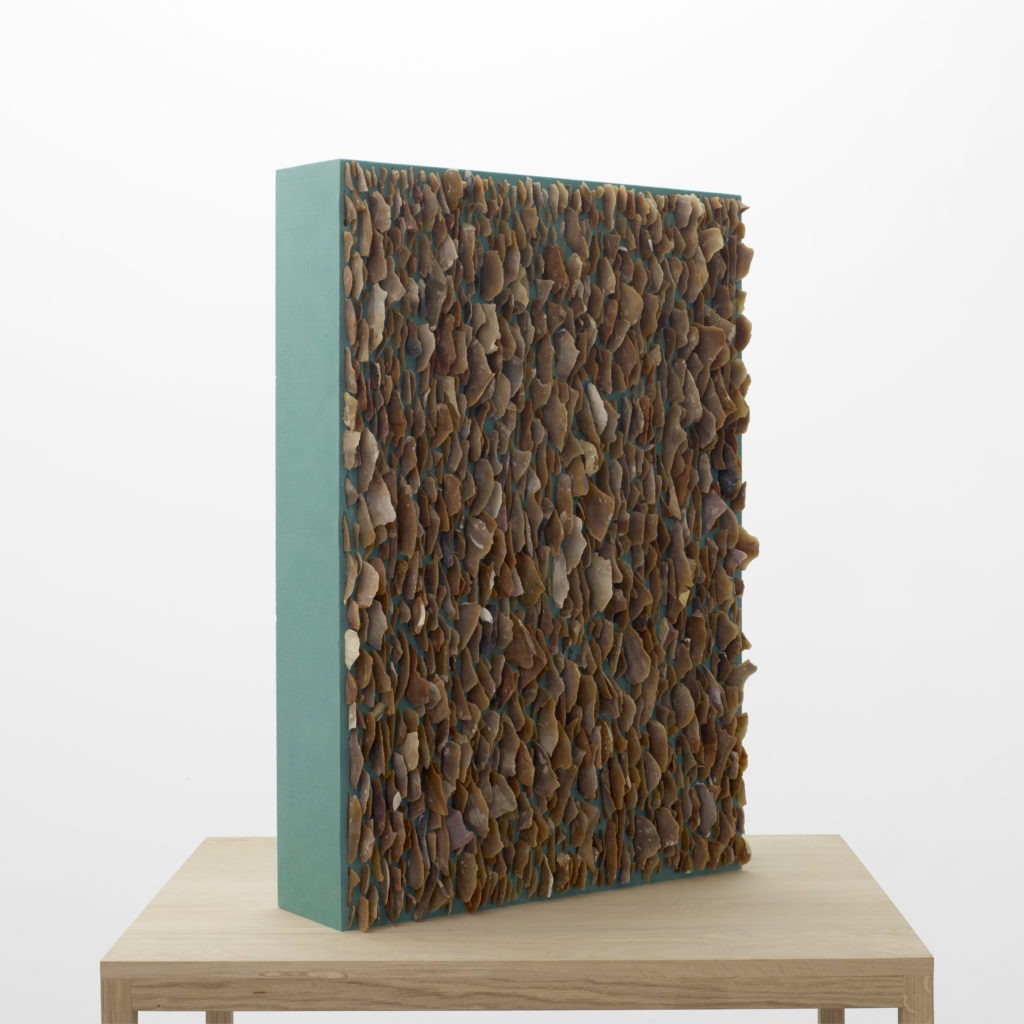

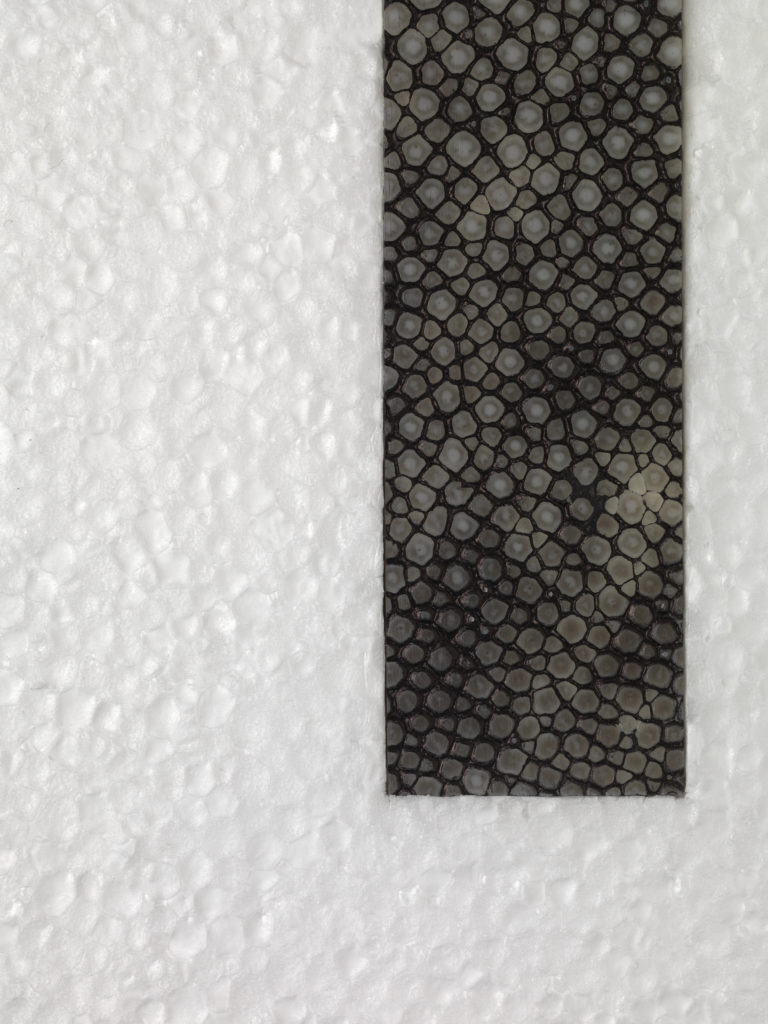
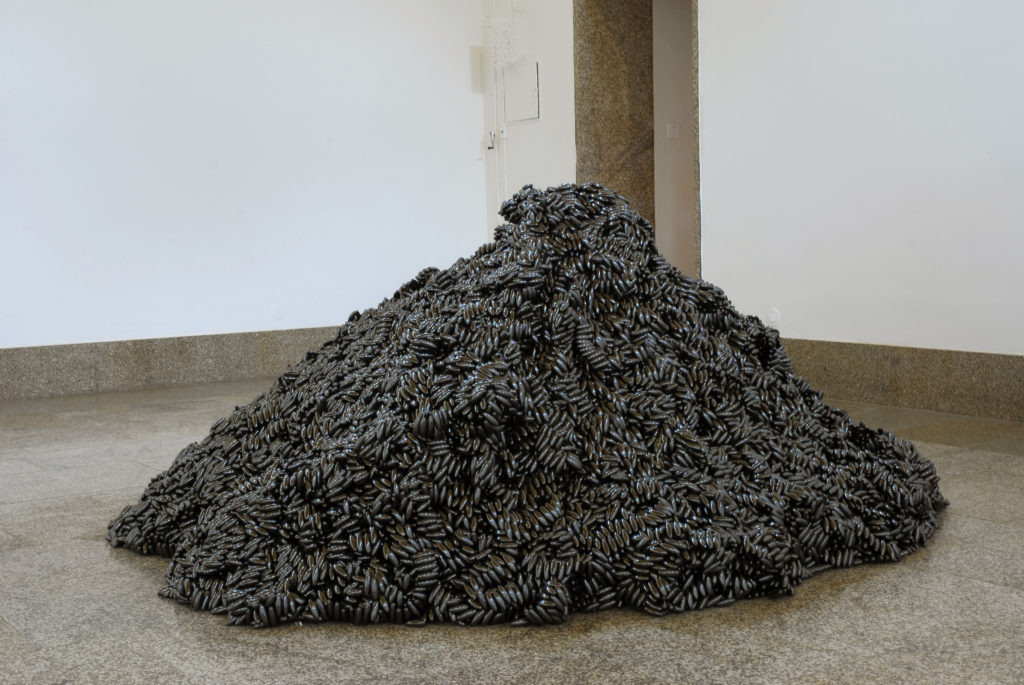
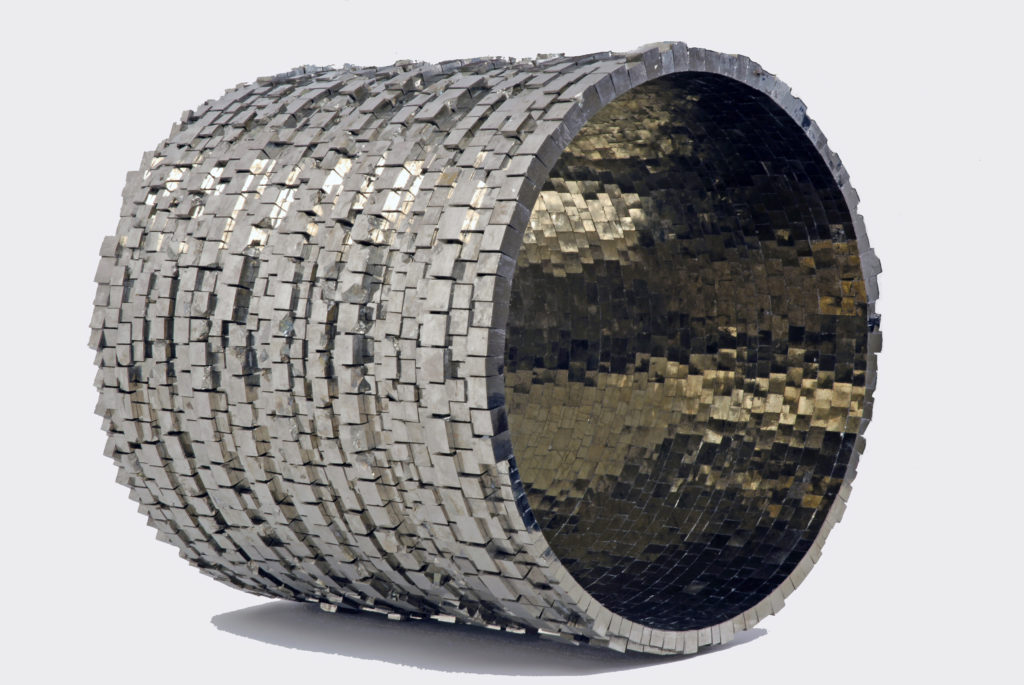
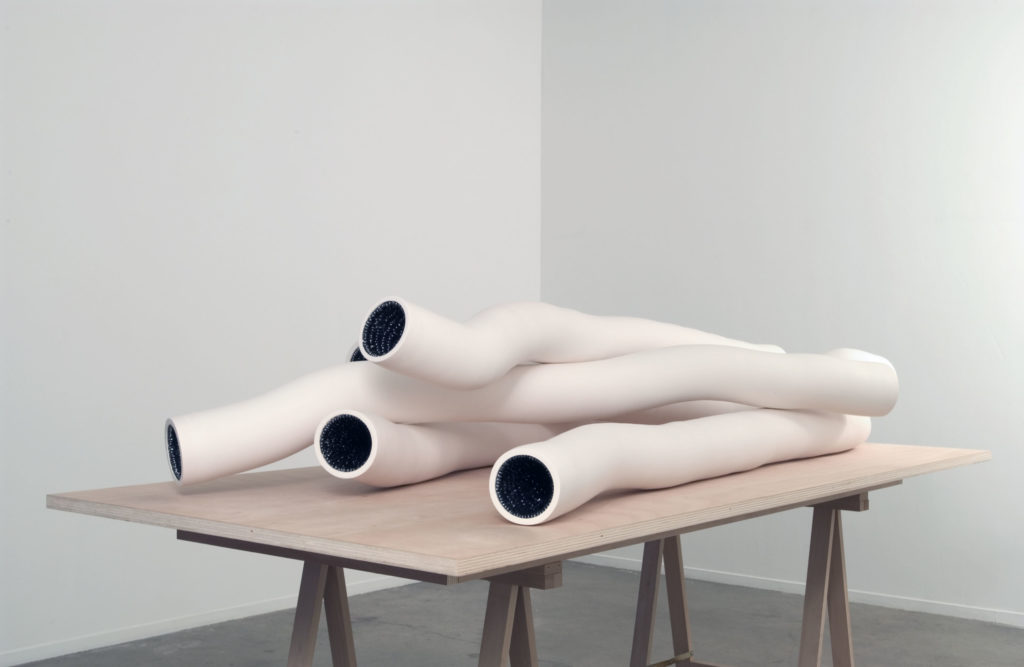
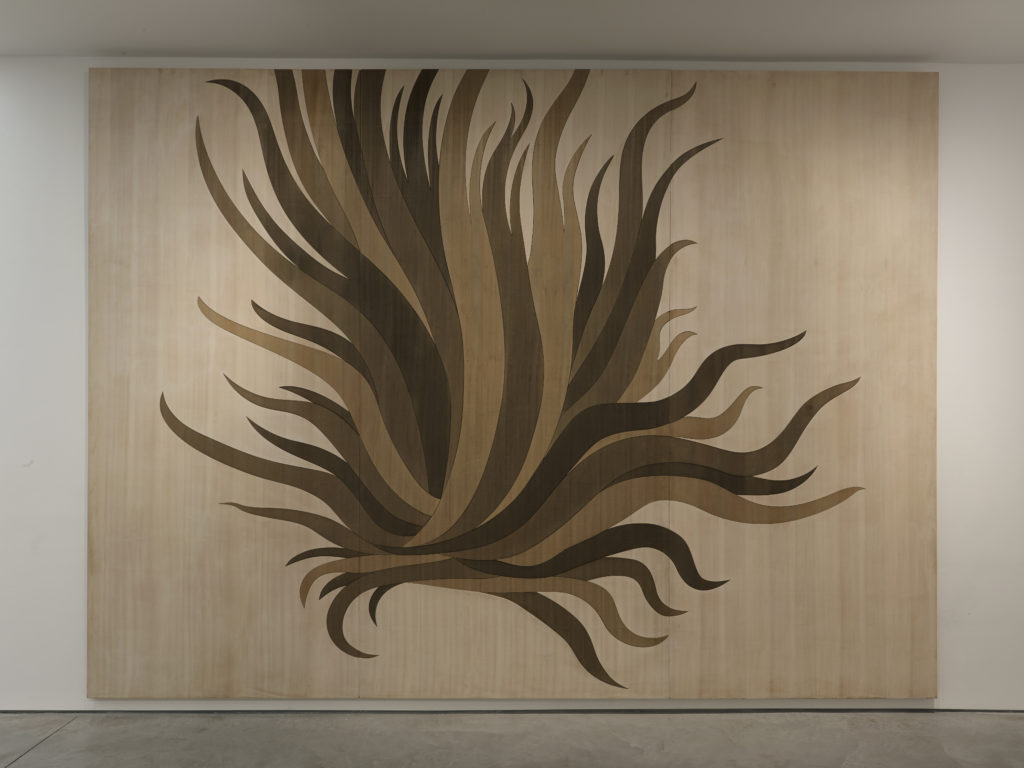
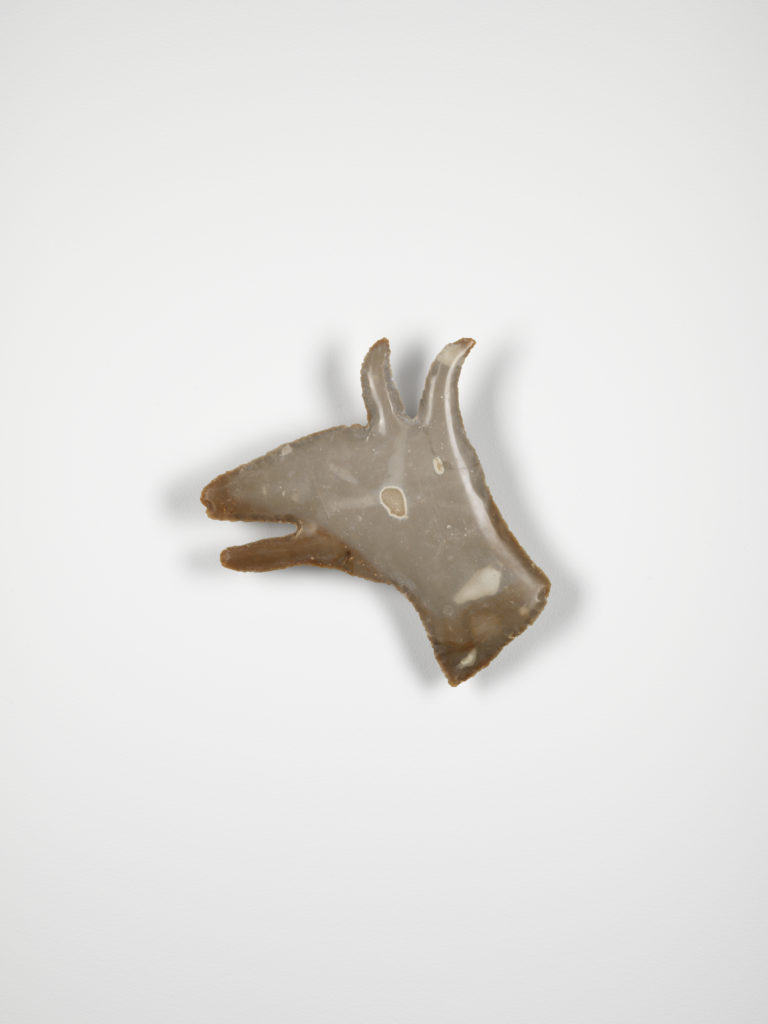
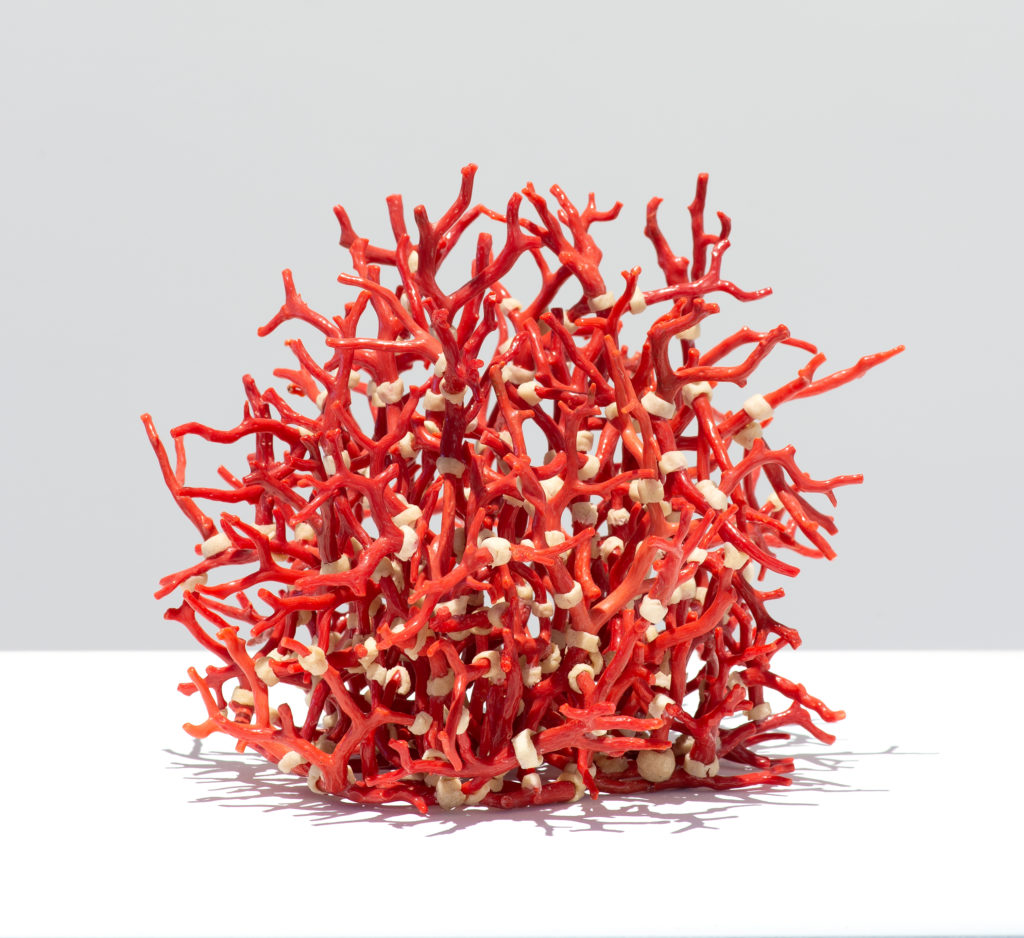
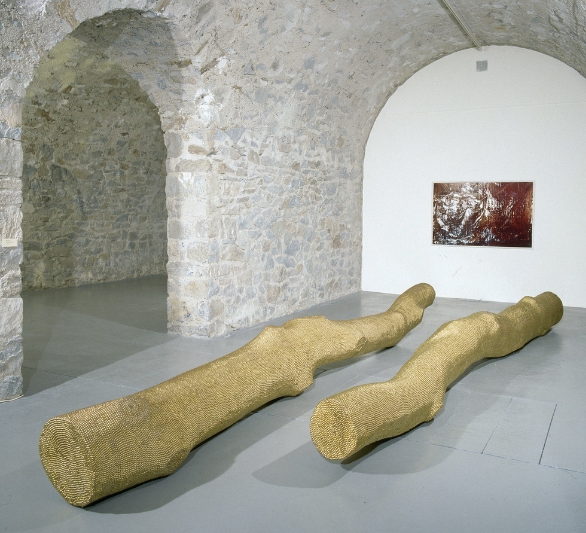
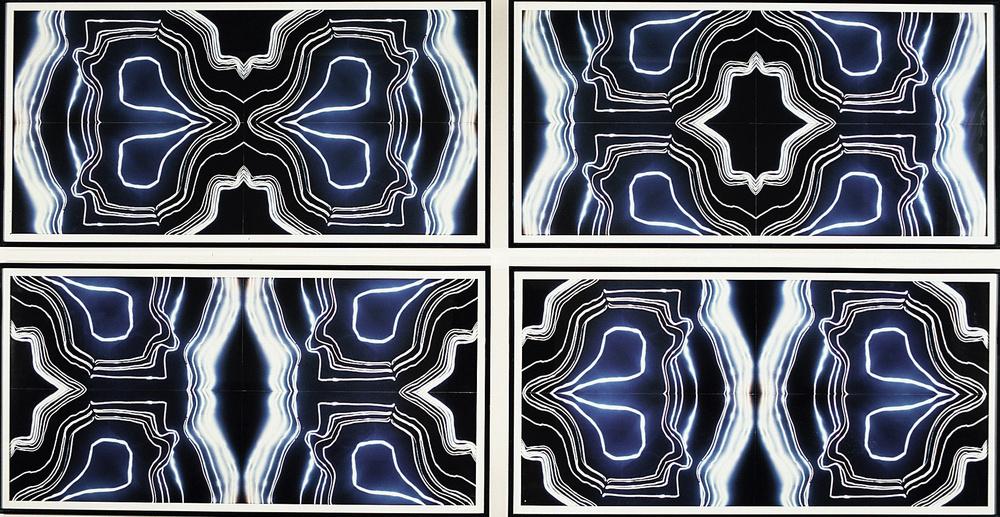

Biography
Hubert Duprat was born in 1957 in Nérac in Lot-et-Garonne, he lives and works in the South of France.
Protean, demanding and complex, Duprat’s work draws inspiration from chance and the empirical, combining the discovery of objects, remnants and texts in a testing-out of matter, technique and dexterity. The artist is equally happy in the natural world or working with strange minerals (iron pyrites, calcite, ulexite, etc.), species that defy classification (amber, coral, etc.) and everyday industrial materials (polystyrene, concrete, paraffin, modelling clay, etc.) His repurposed processes come largely from the crafts – marquetry, goldsmithery, upholstery – but also from such vernacular domains as string art.*
His work can be found in several public collections among which: Museum of Old and New Art (MONA), Tasmanie/AU; Centre Pompidou, Paris/FR; Nouveau Musée National de Monaco, Monaco/FR; Collection Musée des Arts Contemporains de la Fédération Wallonie-Bruxelles, Grand-Hornu/BE ; Paris Museum of Modern Art, Paris/FR; Musée d’Art Contemporain de Lyon/FR ; Fondation Cartier, Paris; Fond National d’Art Contemporain, Paris; and in numerous regional art funds (FRAC).
A retrospective of his work was presented at the City of Paris Museum of Modern Art in 2020-2021. Solo exhibitions have been dedicated to his work among which: Art : Concept, Paris/FR (2019); MONA, Tasmania/AU (2013); Norwich Museum, Norwich/UK (2011); Centre International d’Art et du Paysage, Vassivière/FR (2008); Musée Picasso, Antibes/FR (1998).
*Read the press release for the exhibition “Hubert Duprat” at the Musée d’Art Moderne de la Ville de Paris, written by Jessica Castex, 2020
At the gallery
- 40 ans d’âge, 2021
- Hubert Duprat, 2019
- Le cours des choses, 2014
- Hubert Duprat, 2012
- Bagna Cauda, 2010
- Hubert Duprat, 2005
Video
Downloads
Catalogues

